I trust that it is clear by now that I consider H. magnifica, H, maraisii, and H. heidelbergensis to be essentially the same one species and emphasize that it is really a self-evident truth that species are complex systems and not simply a randomly occurring set of similar looking things. In a recent manuscript submitted to Haworthiad, I wrote about new finds elaborating this point of view. The essence of this chapter is to discuss exploration focused on clarifying the position in the eastern area between Riversdale and the very problematic H. pygmaea “squadron” that I have also discussed at length. Prior to the trip I had an ongoing communication with Gerhard Marx and we agreed that H. ‘splendens’ was in fact better fitted in H. mirabilis, the major obstacle for me being the fact that there was no field record nearer than Riversdale itself to substantiate such a view. I do, however, want to here also record two further populations east of the Breede River and other populations of H. mirabilis west of the Breede and south of anything previously noted.
1. MBB7442 H. mirabilis. Dankbaar. This population is of small plants but they are not substantially outside of anything noted in any of four compass directions although they do have their own look about them. I found it quite odd that Cameron McMaster had sent me pictures of a population of H. mirabilis from Fonteinskloof to the southwest of Stormsvlei that reflected the same co-similarities with H. mirabilis and H. marasii that I had recorded at Rondeheuwel south of Stormsvlei. The Dankbaar plants are small versions of this and of course tie up with both older and newer (MBB7704) records for the Bontebok National Park.
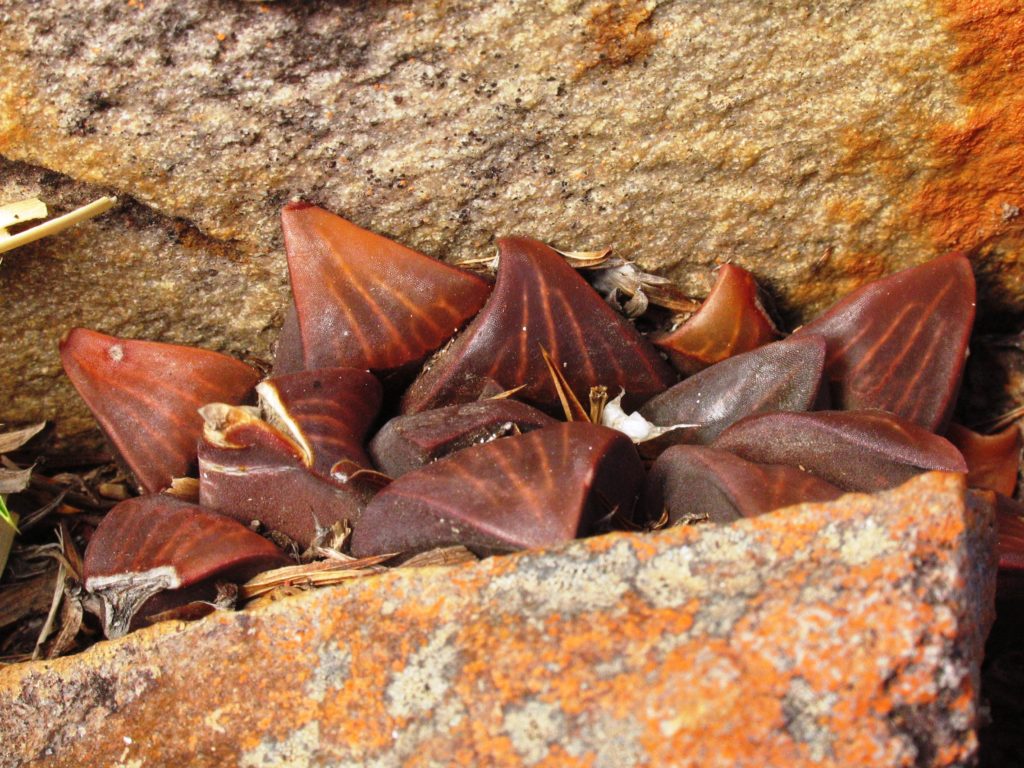


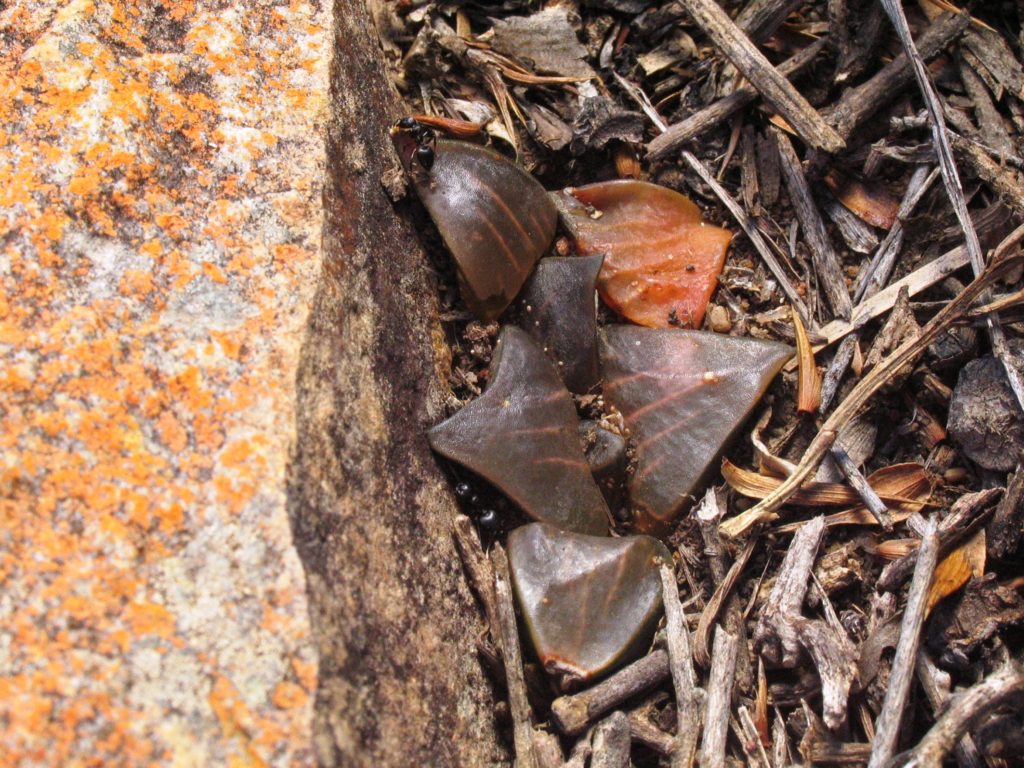
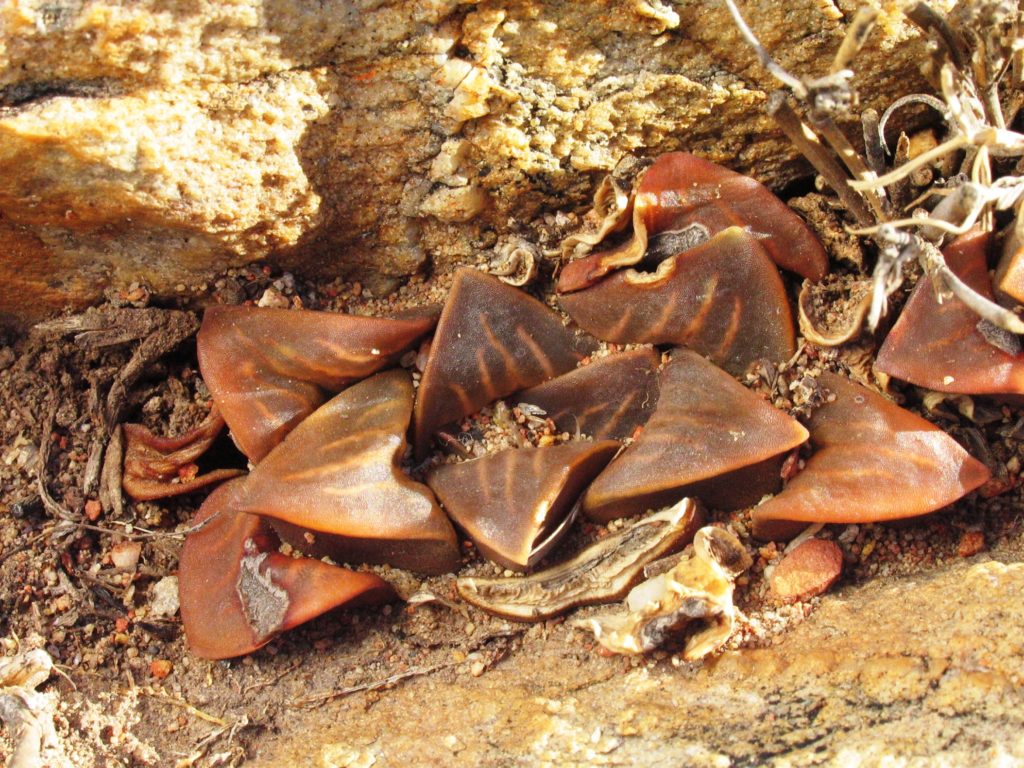
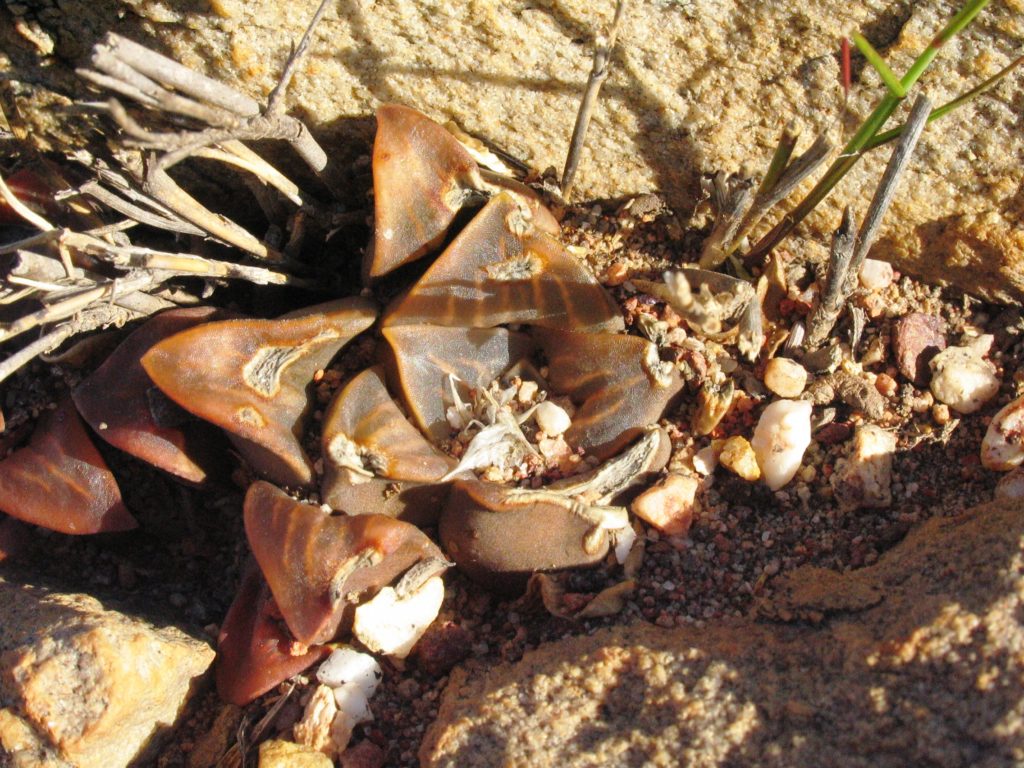
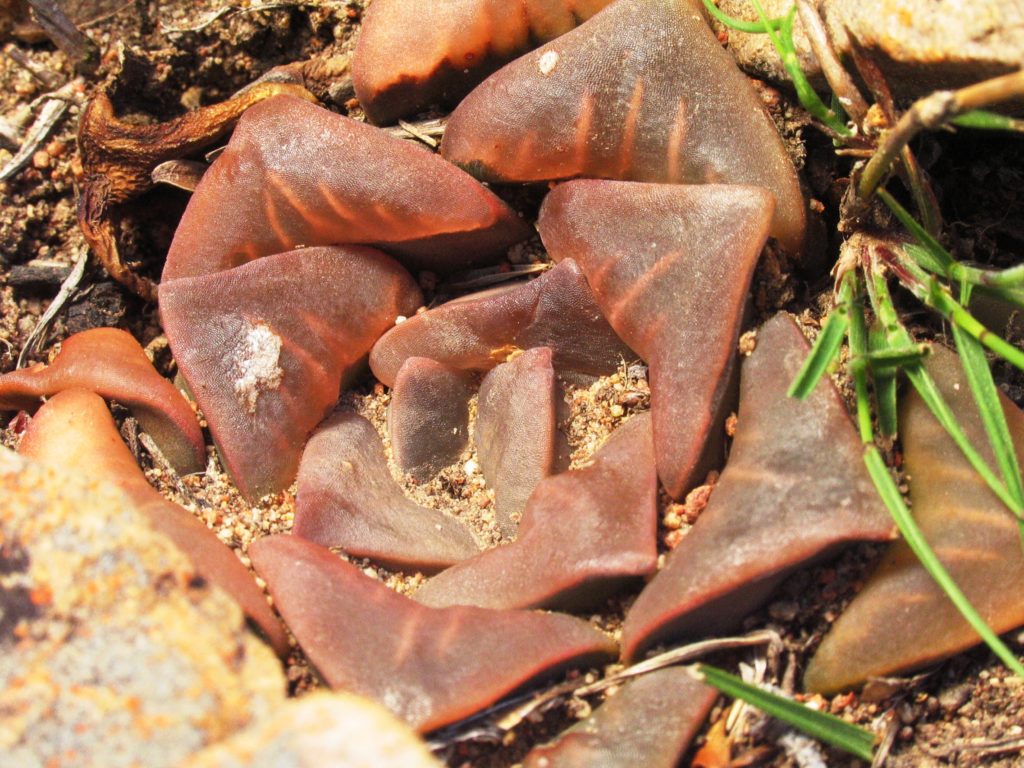
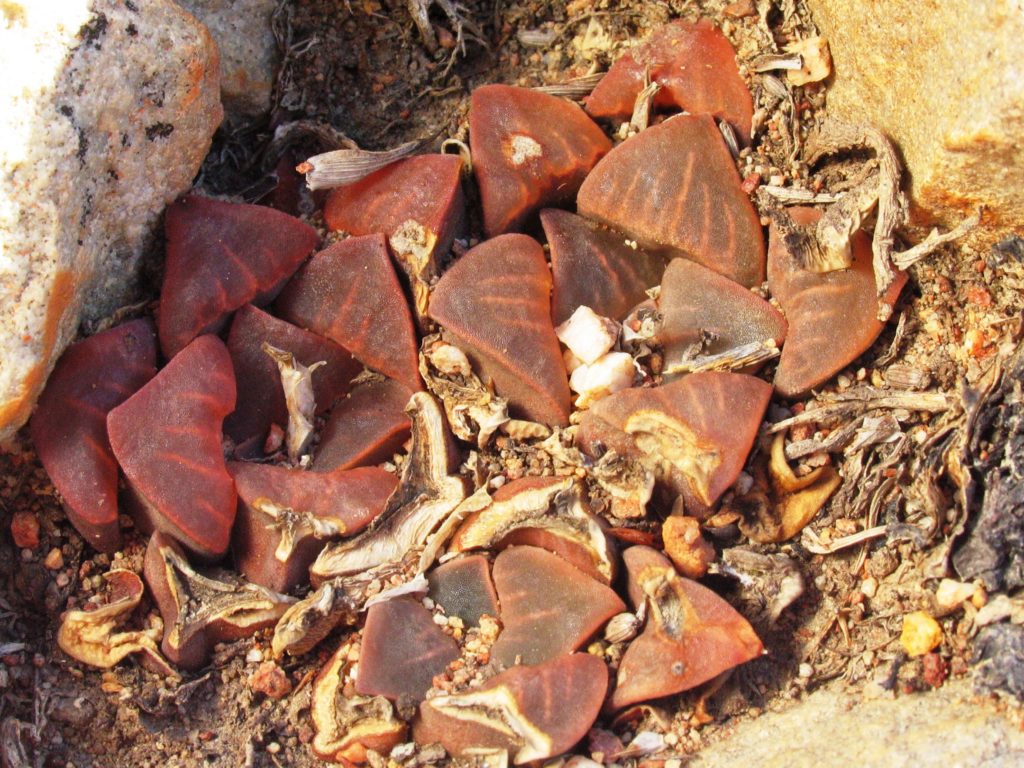
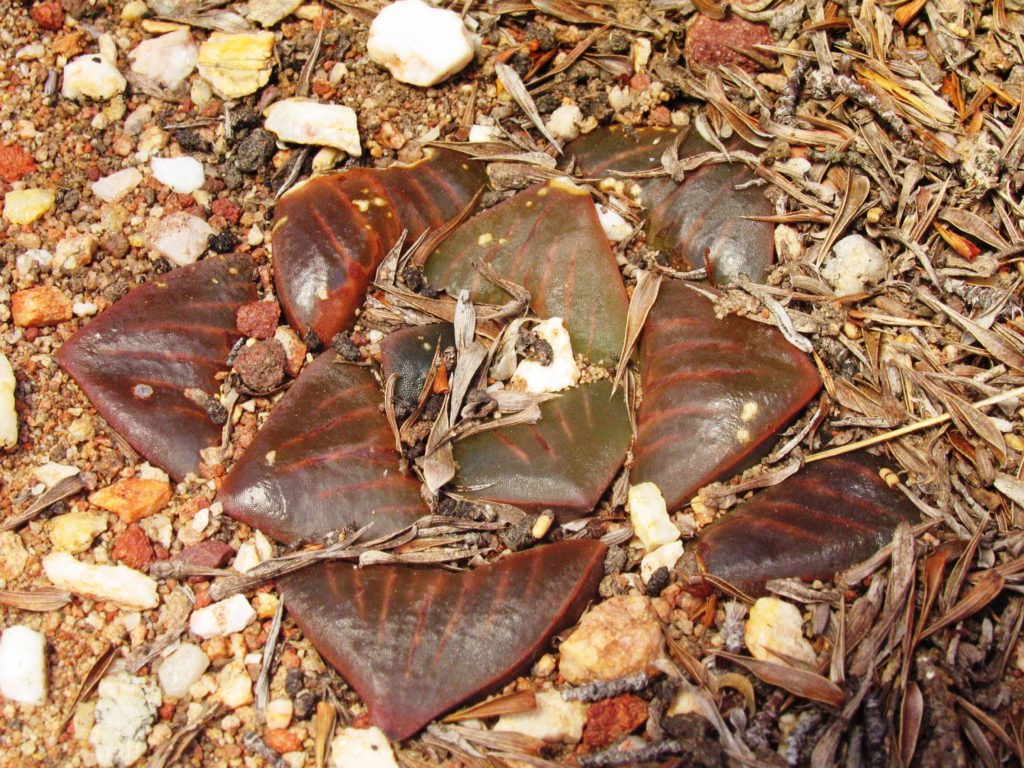
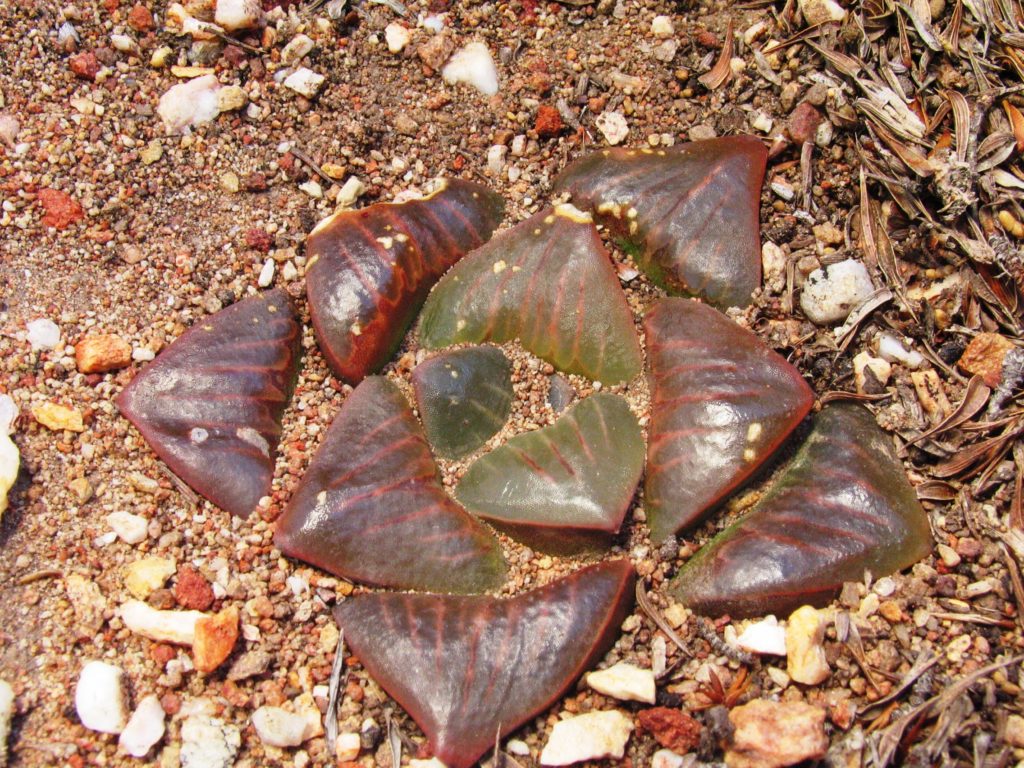
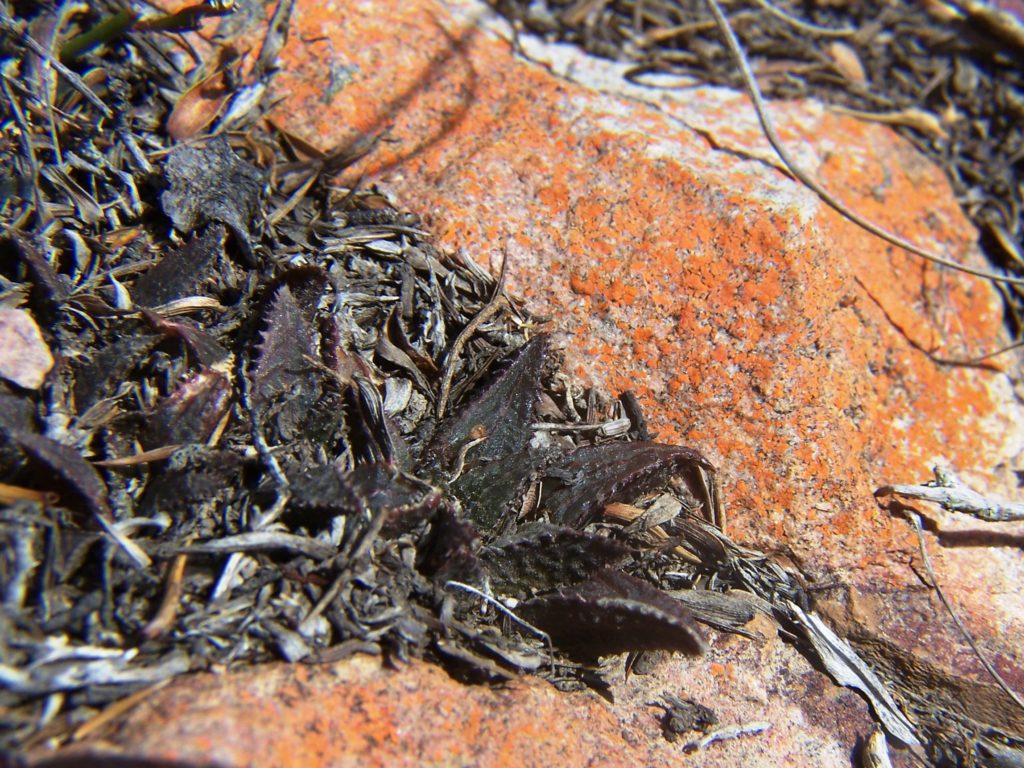
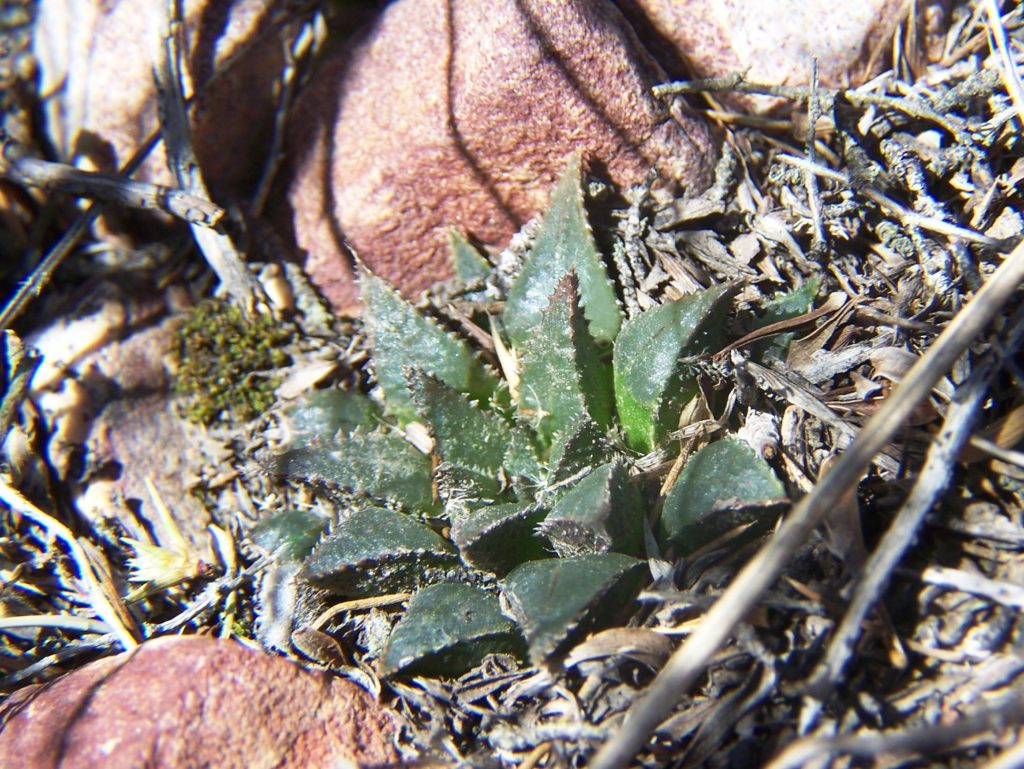
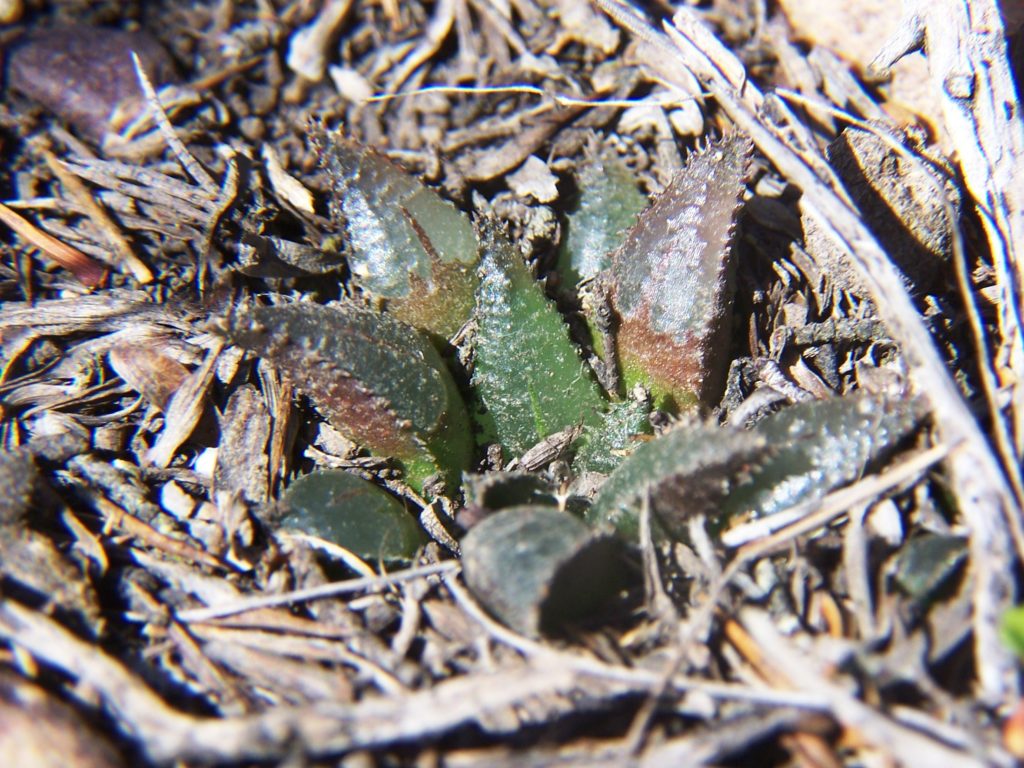
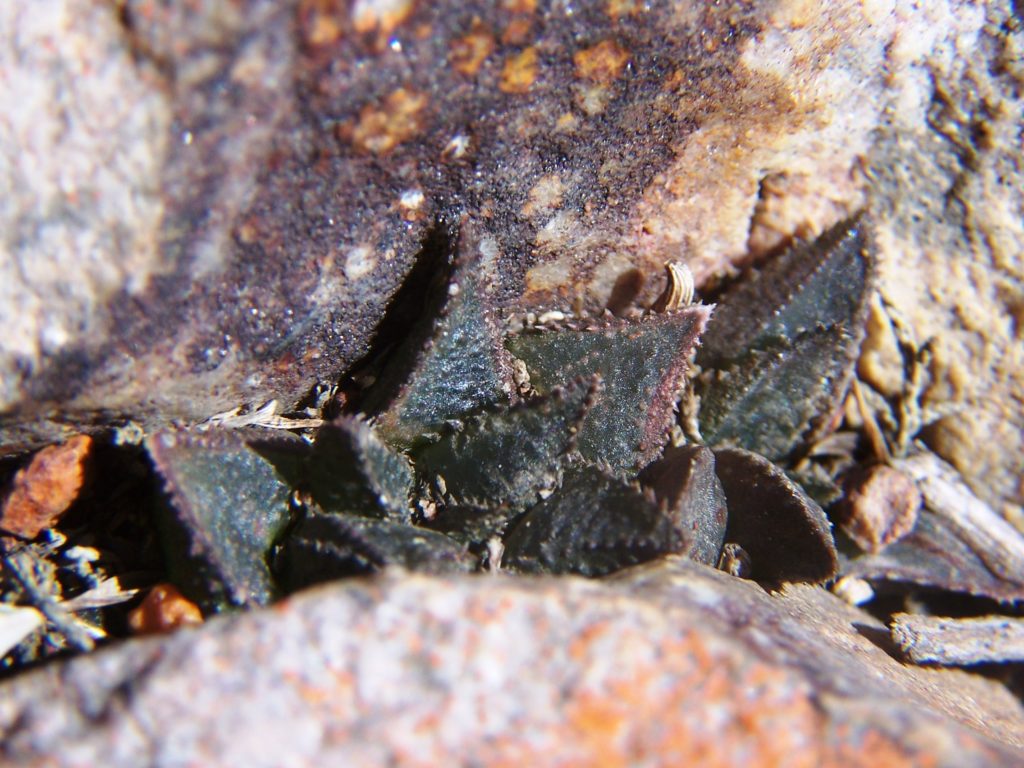

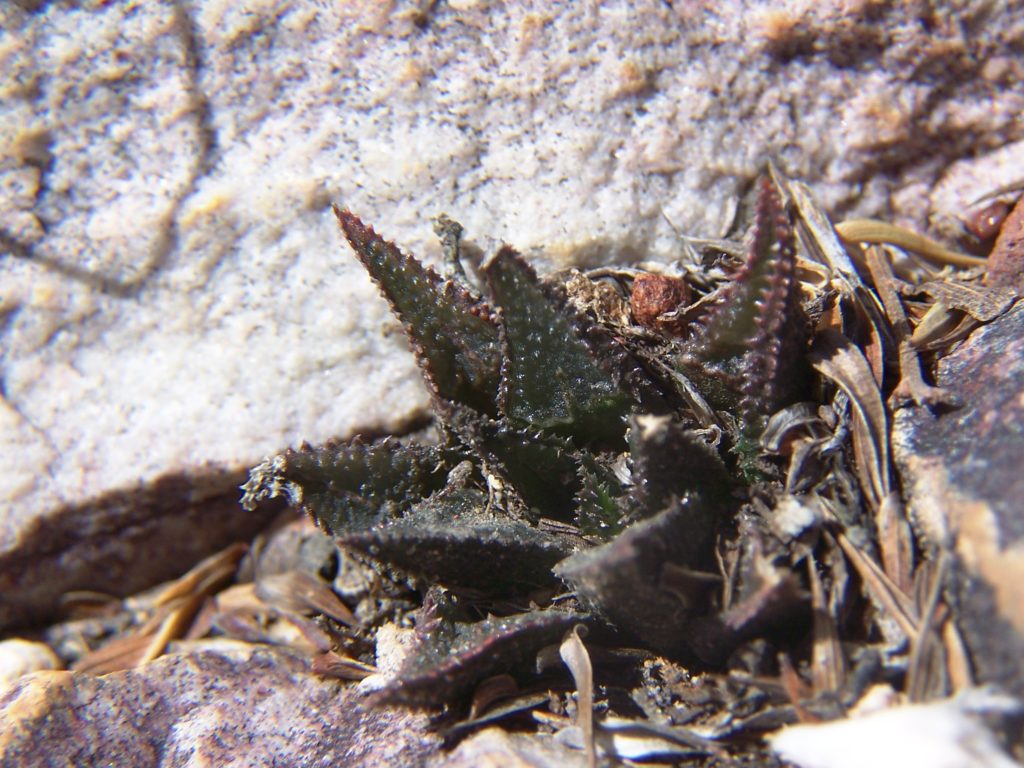
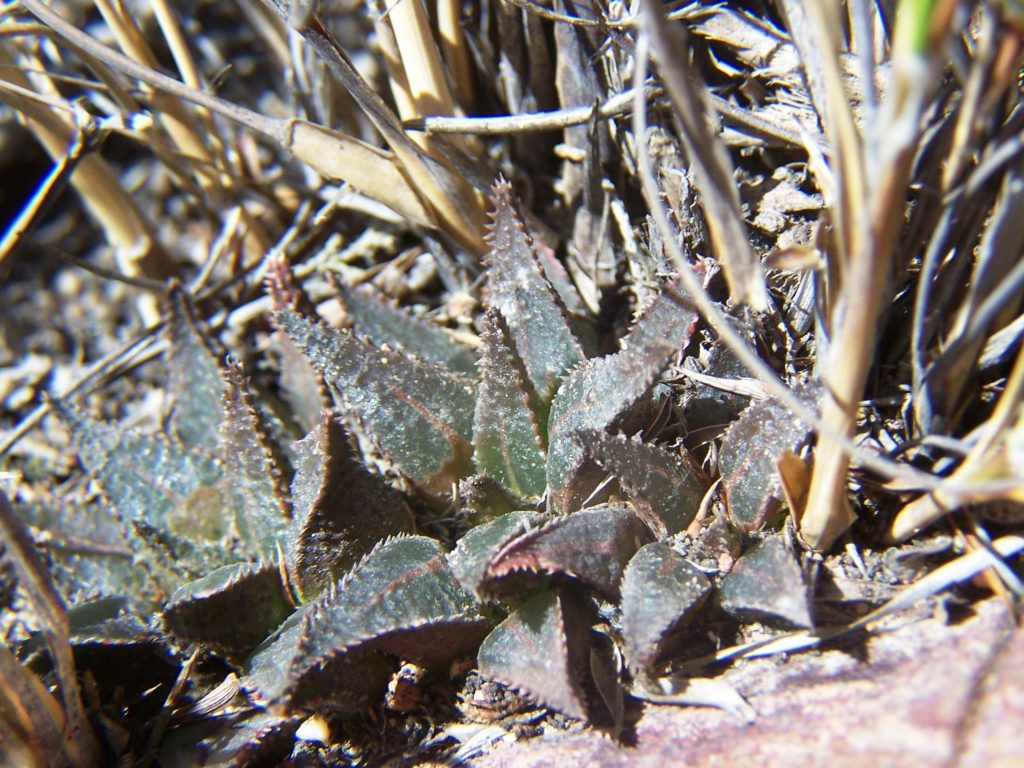
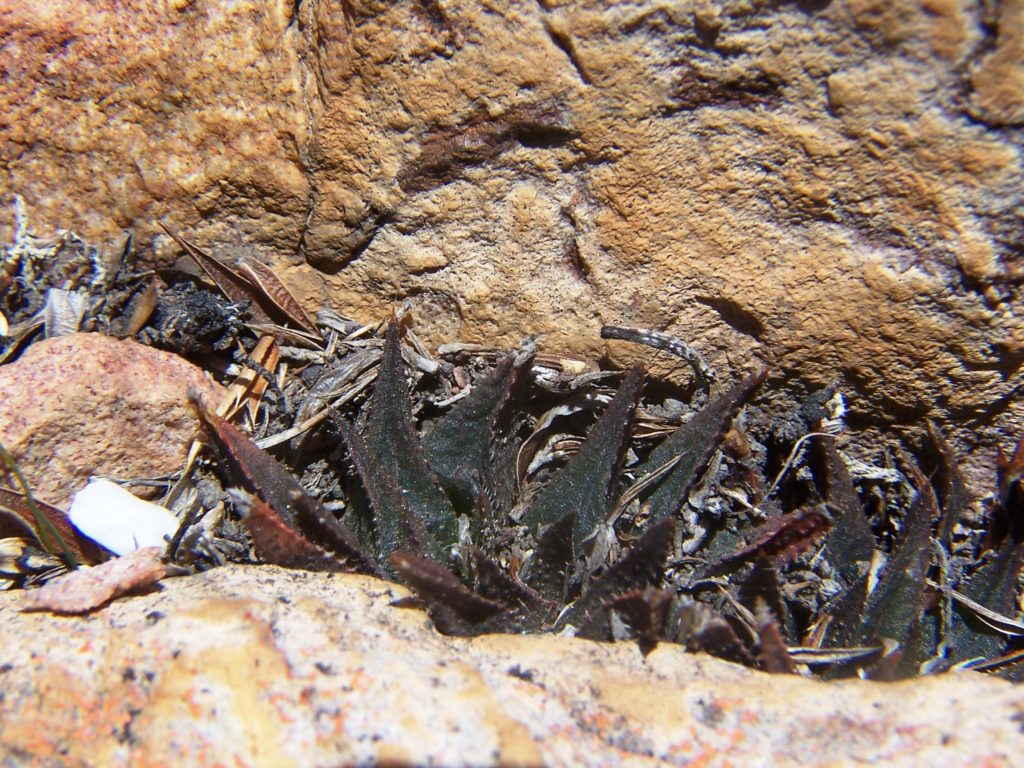

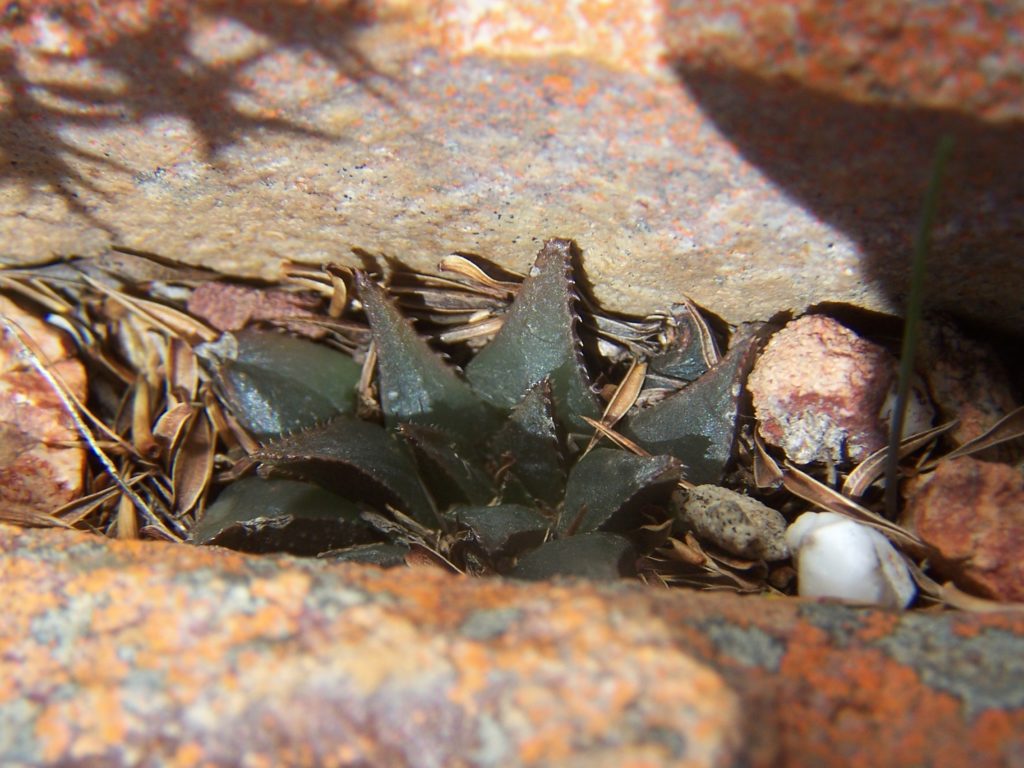
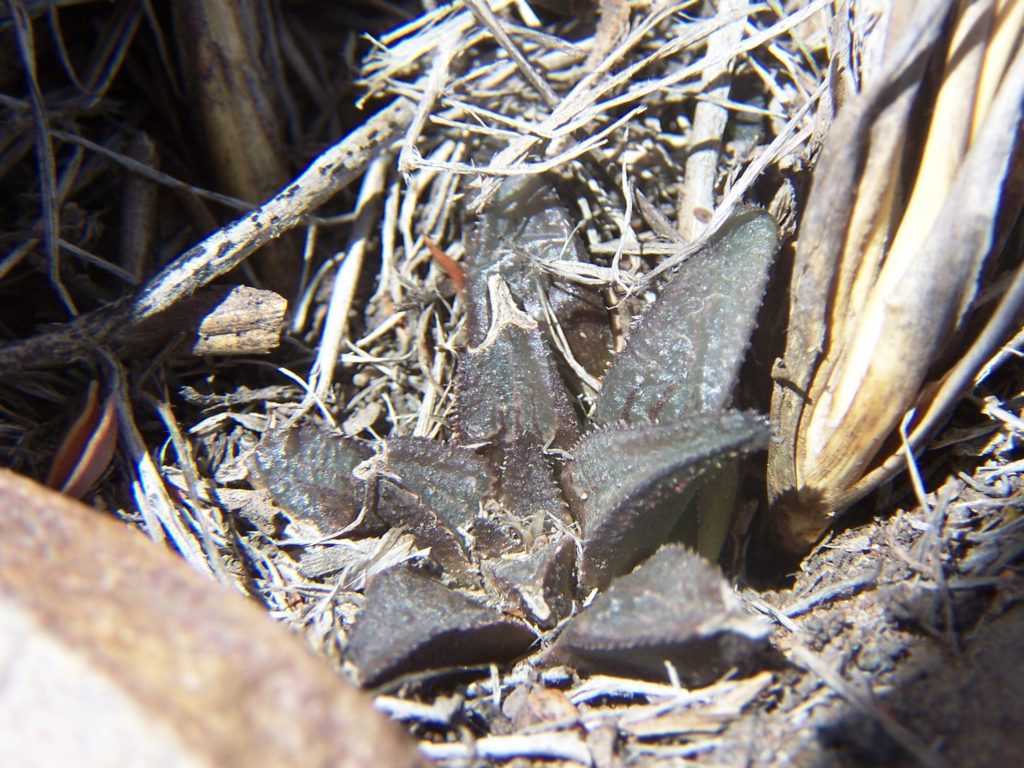
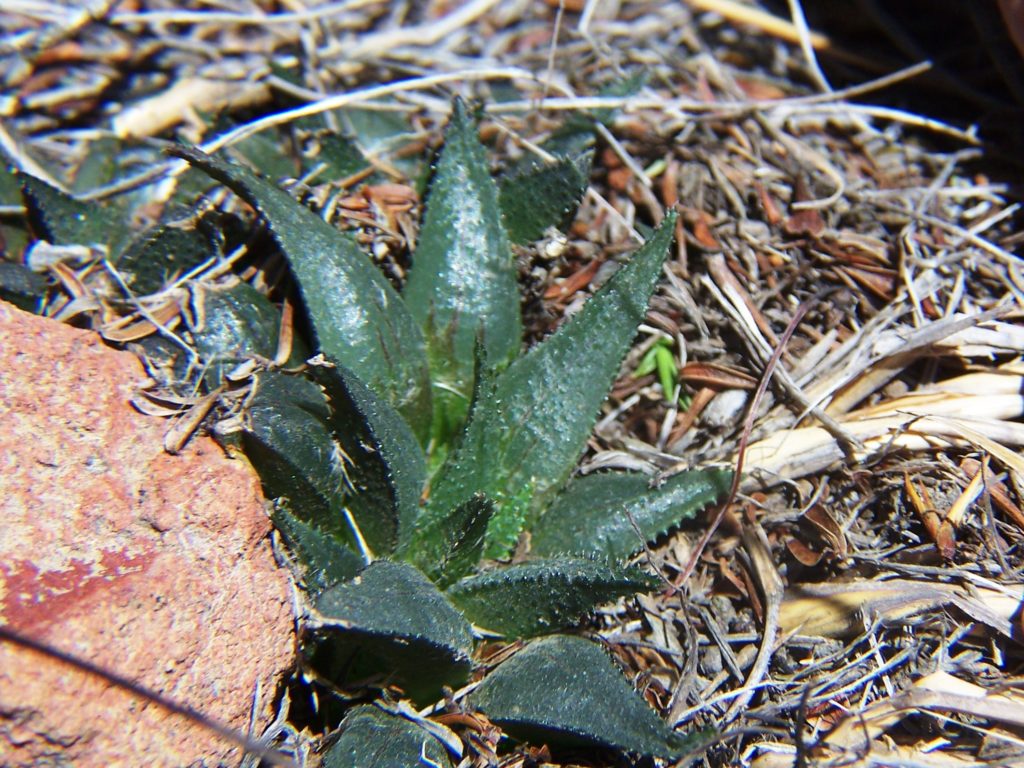
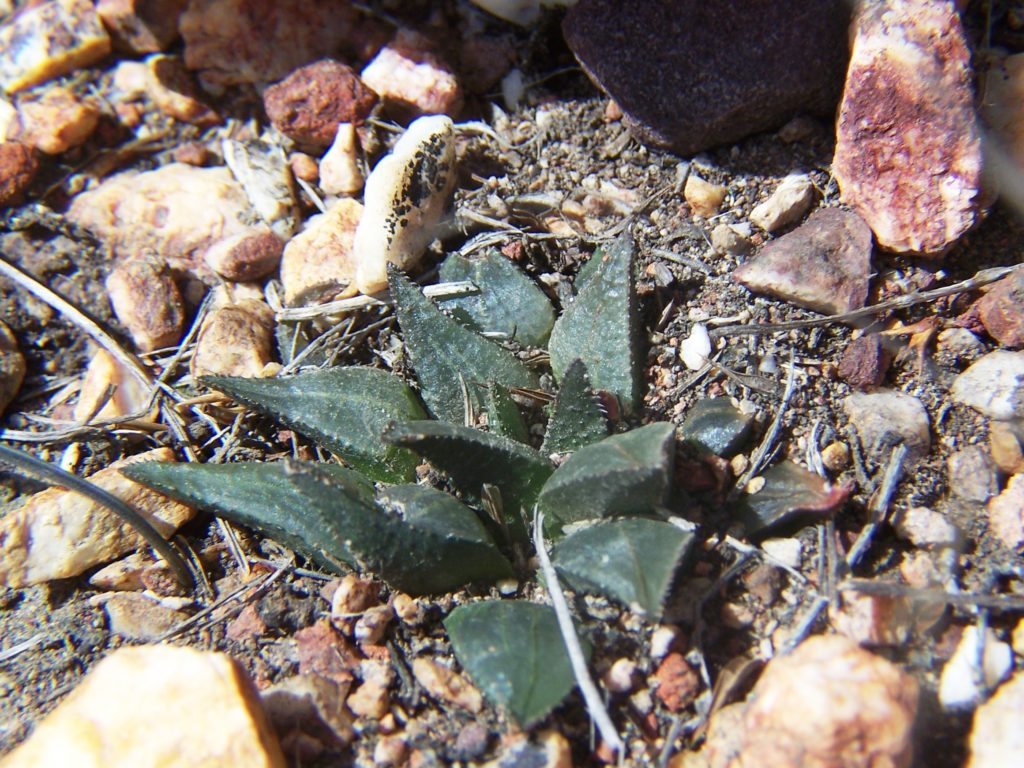

2. MBB7744 H. mirabilis. Bontebok Park. Having written that, we did in fact locate still another population and of course it looked different as the area where it occurs had been recently burned and being on a northwest aspect the plants were very exposed and even more cryptic than usual.
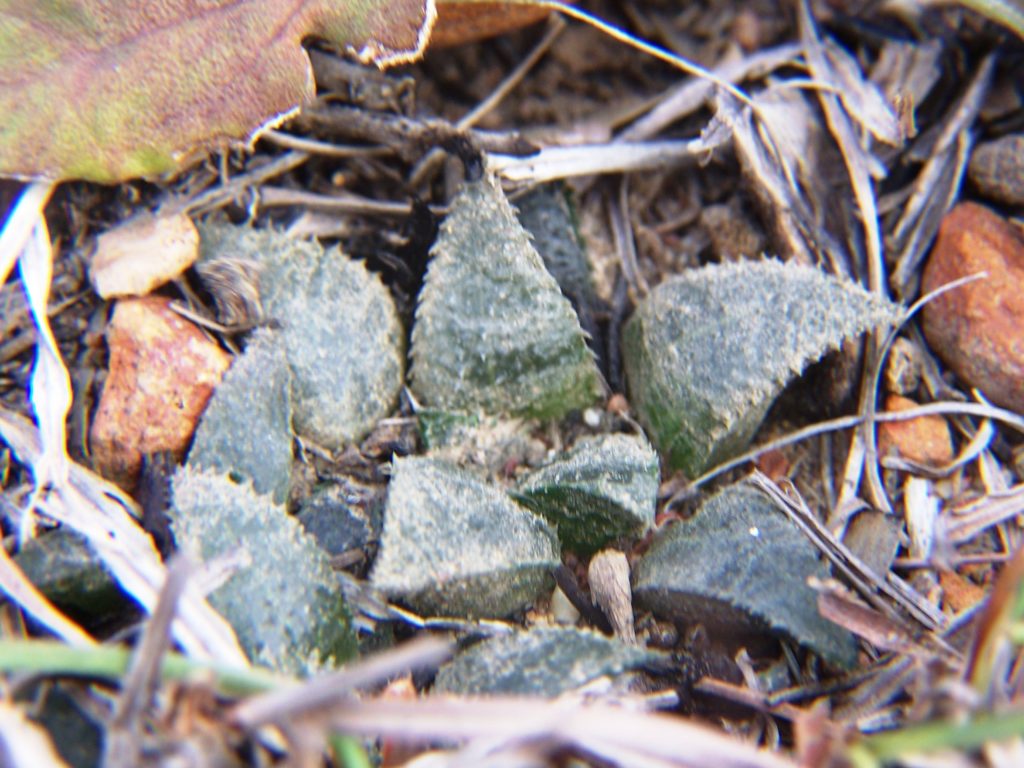
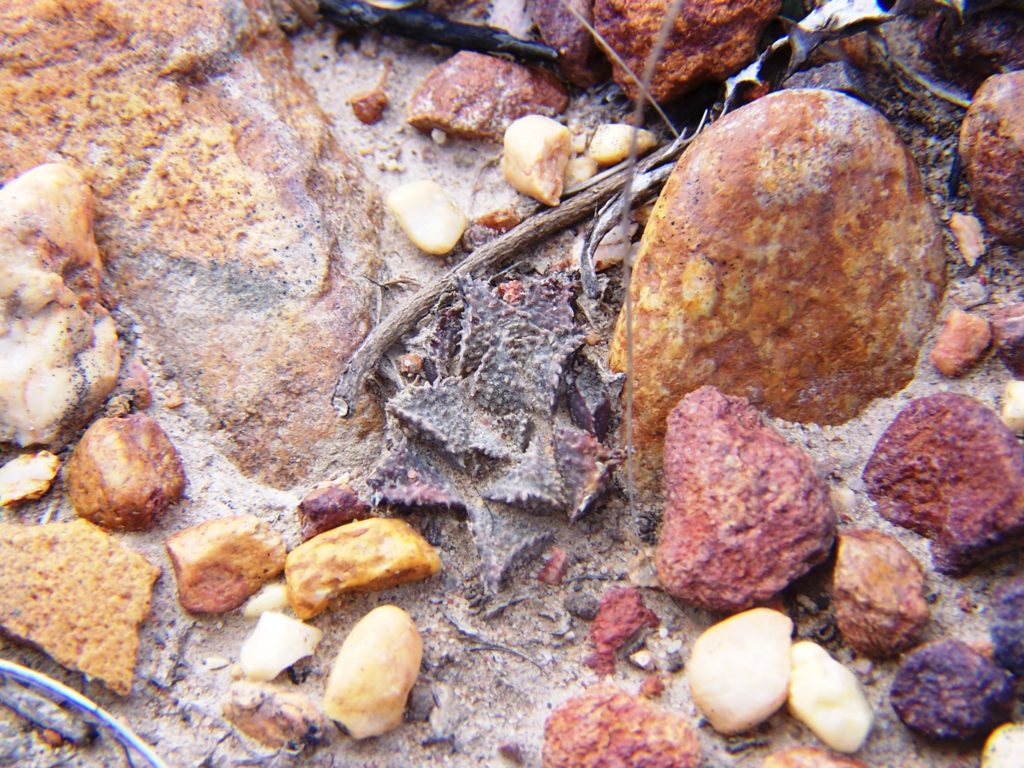
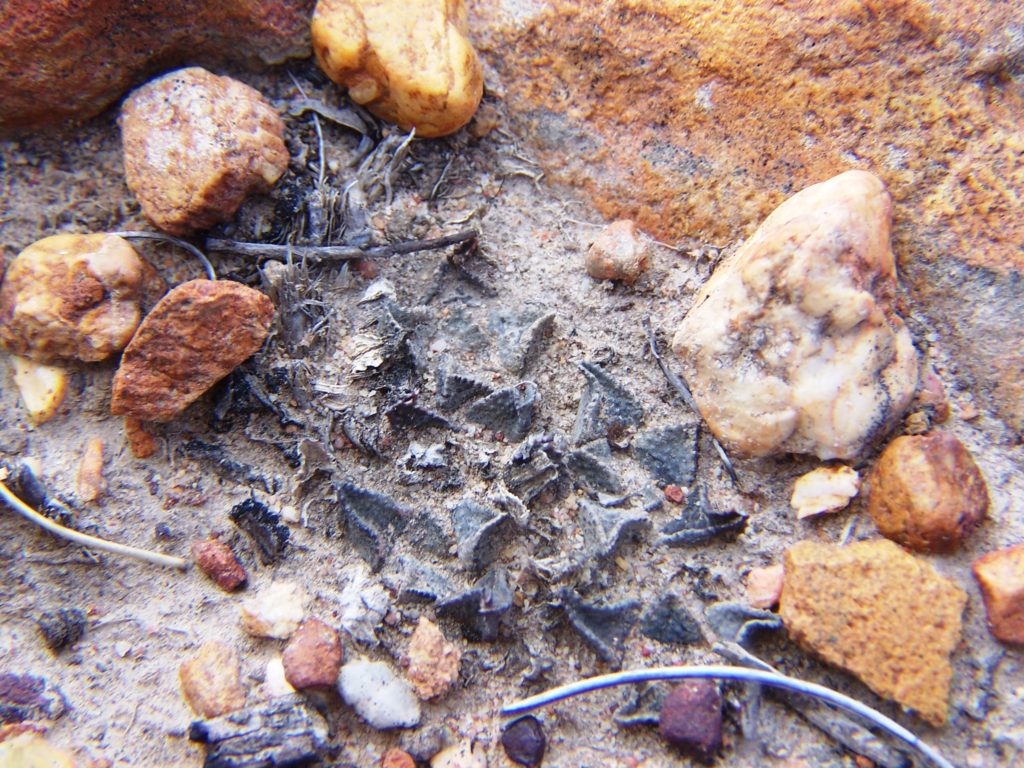

3. MBB7749 and MBB7751 H.mirabilis. Kadies Landing.: These two populations are in my opinion tremendously significant. While H. mirabilis has been reported from this the east bank of the Breede River, it was a very small form such as I recorded for the lower west bank (Ziekenhuis, Aalwee). The plants we located are down the river from Malgas but on the east bank. They are not any smaller than the general size of H. mrabilis anywhere in the central area of the range and highly similar to the plants especially in the Bontebok park quite some distance upstream from a very winding river course. There is thus now a very substantial connection and continuity from west to east and into ‘atrofusca’ that occupies the inland upper areas from west of Heidelberg to east of Riversdale.

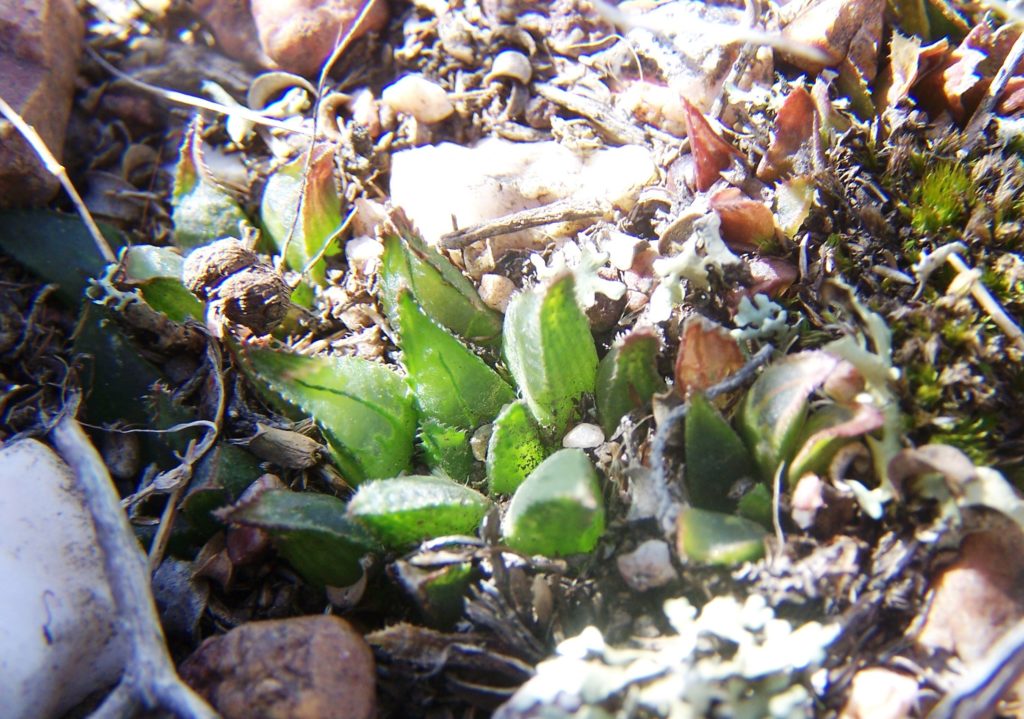
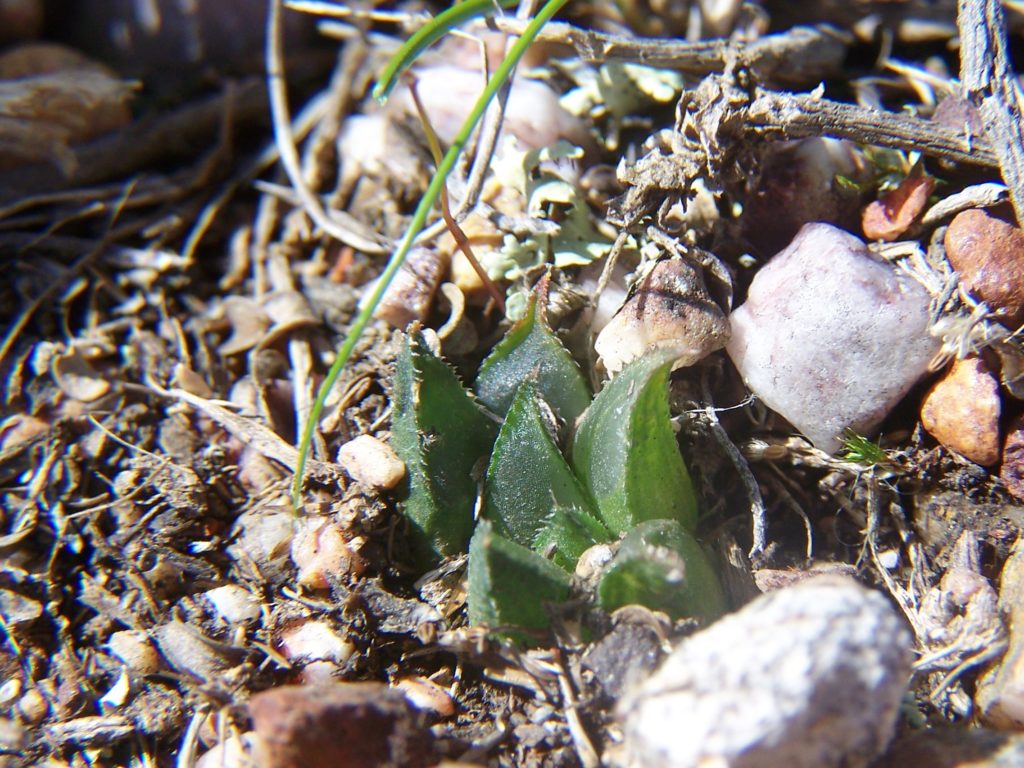
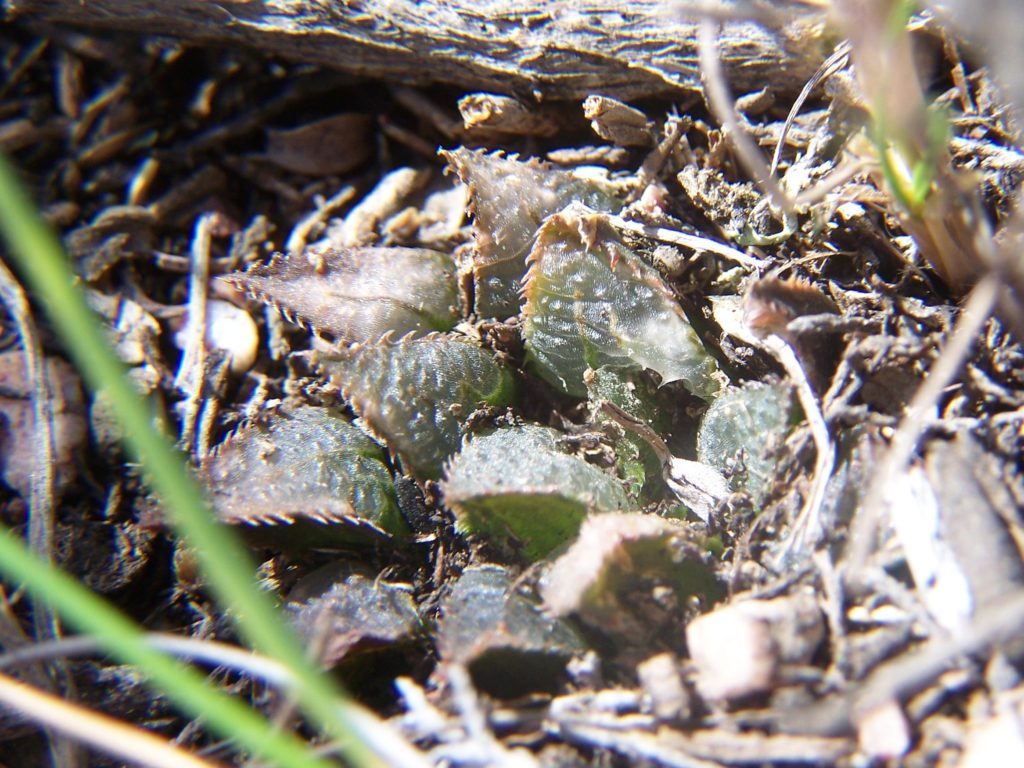
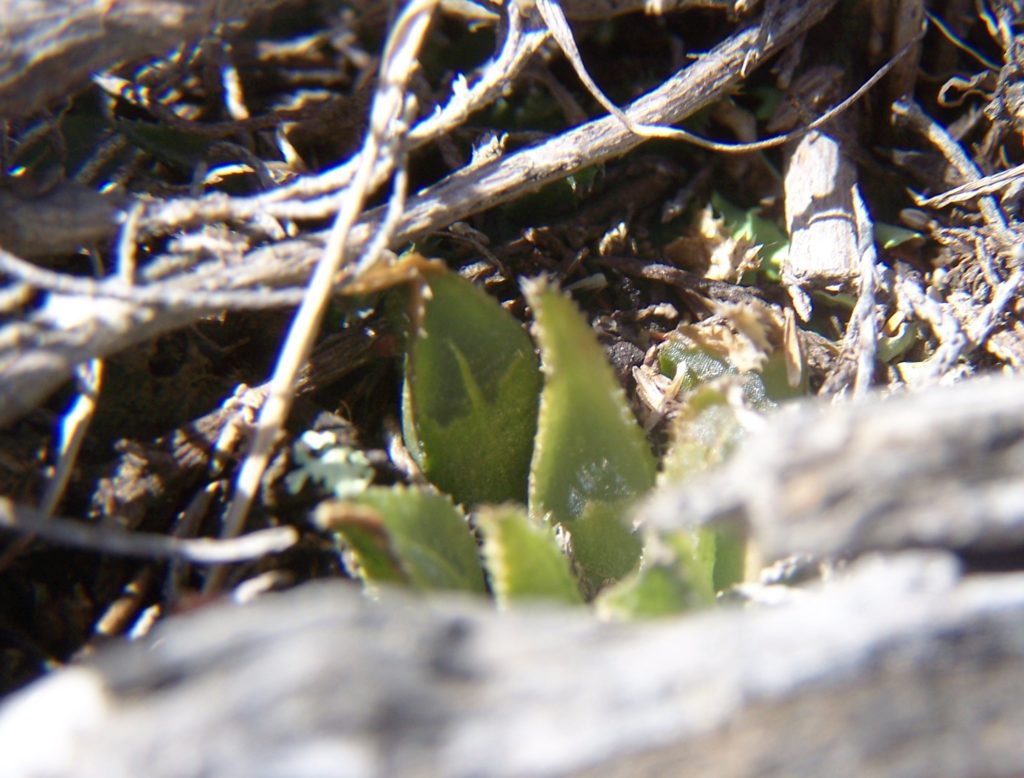
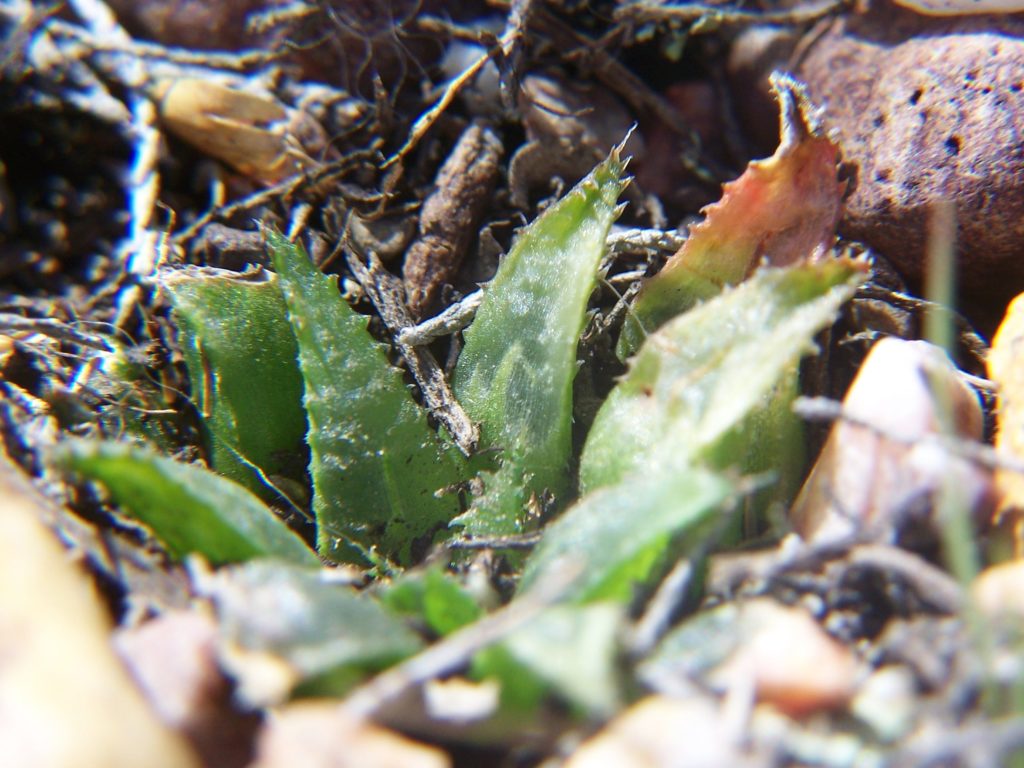
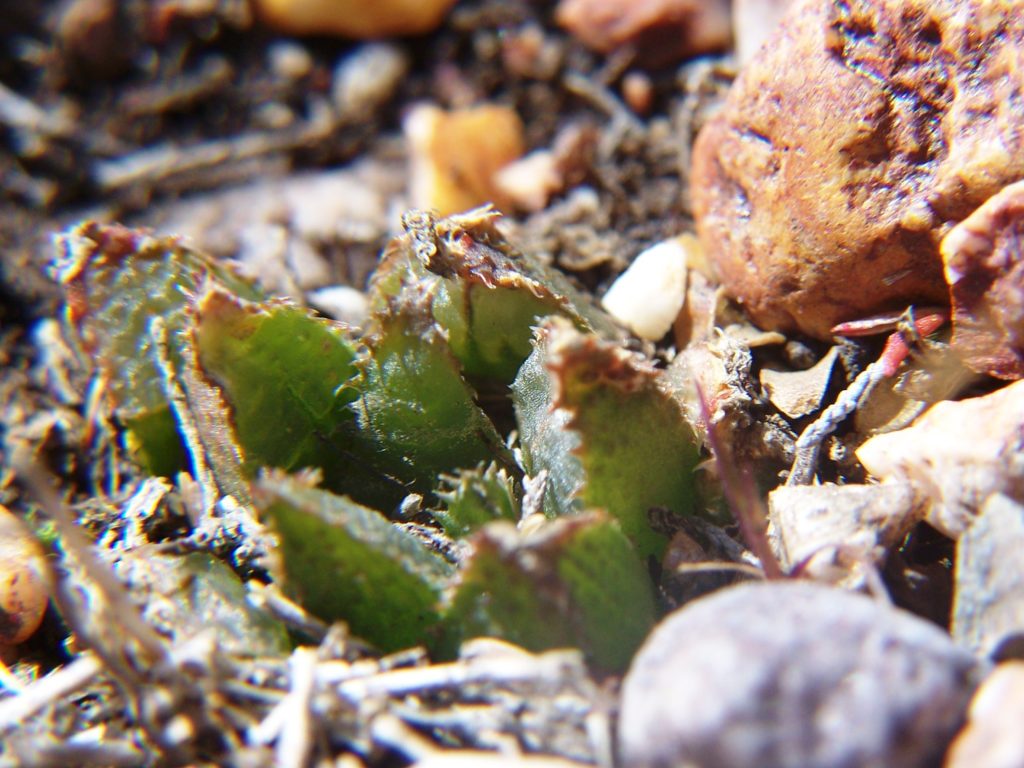
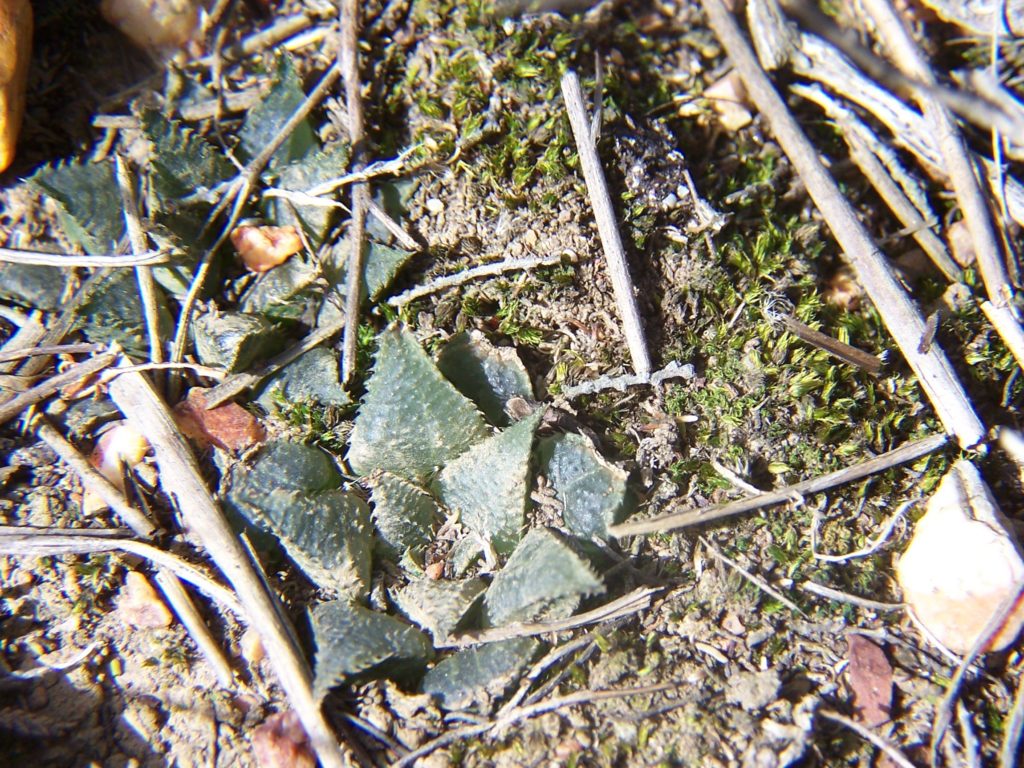
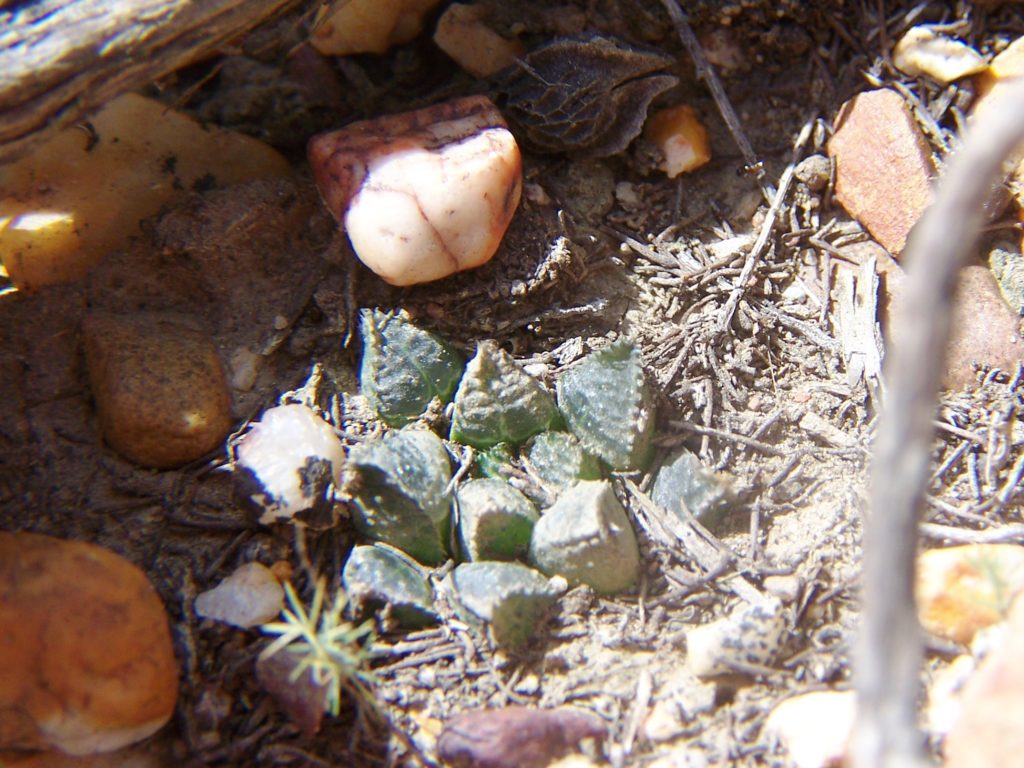
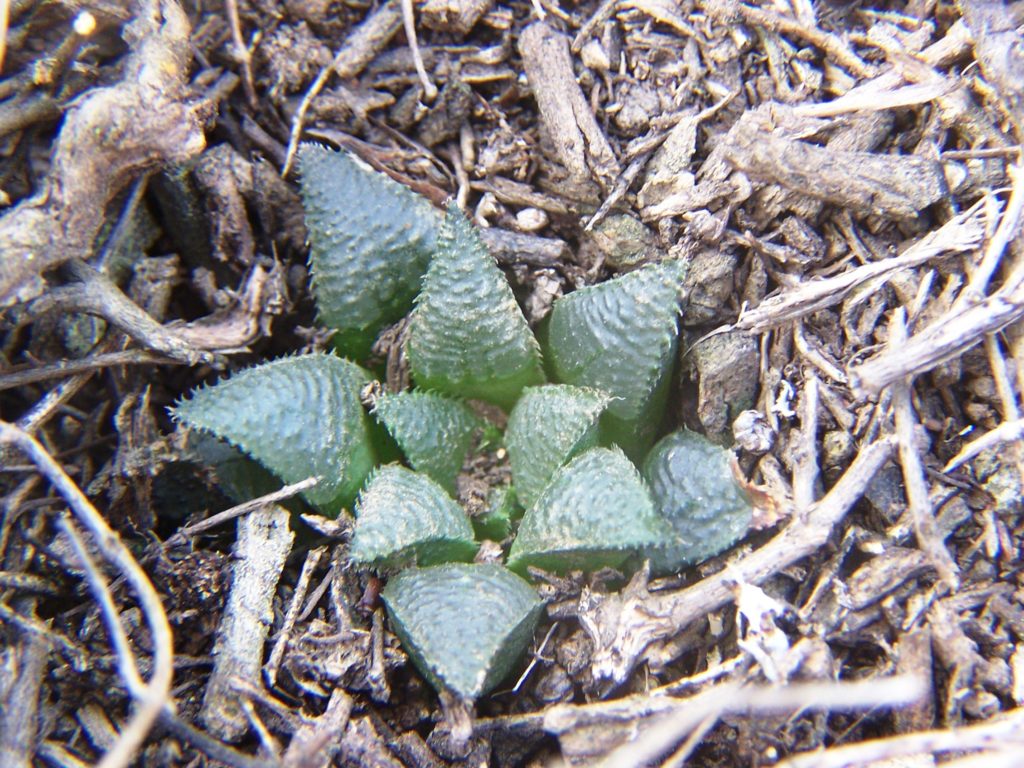
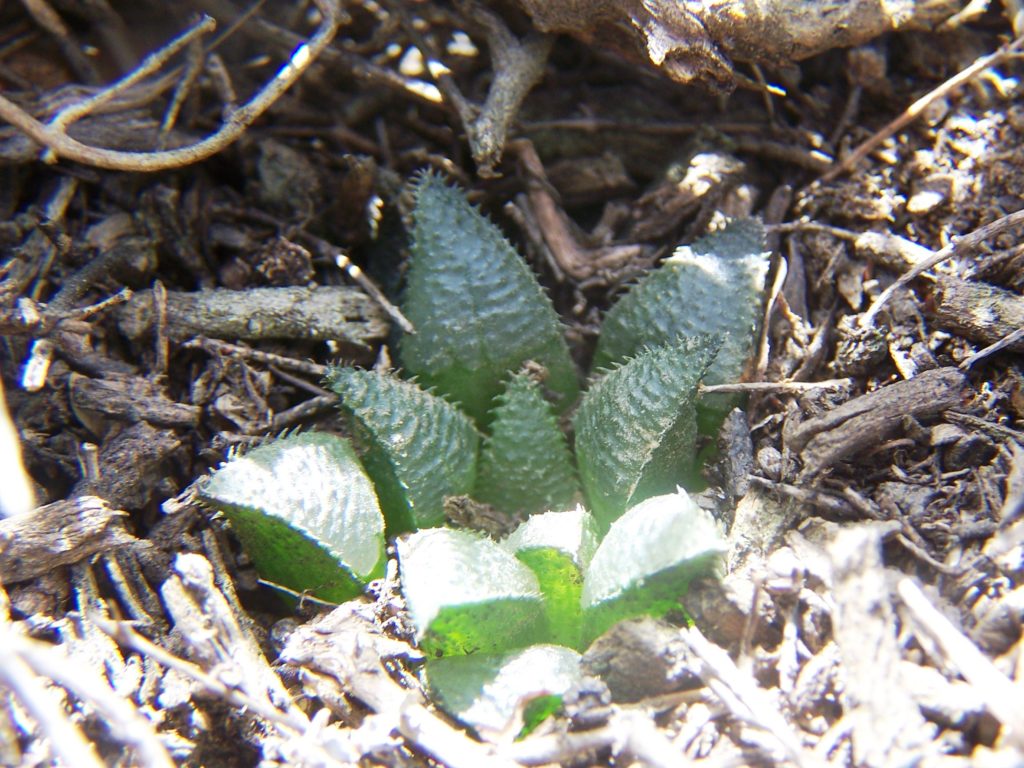
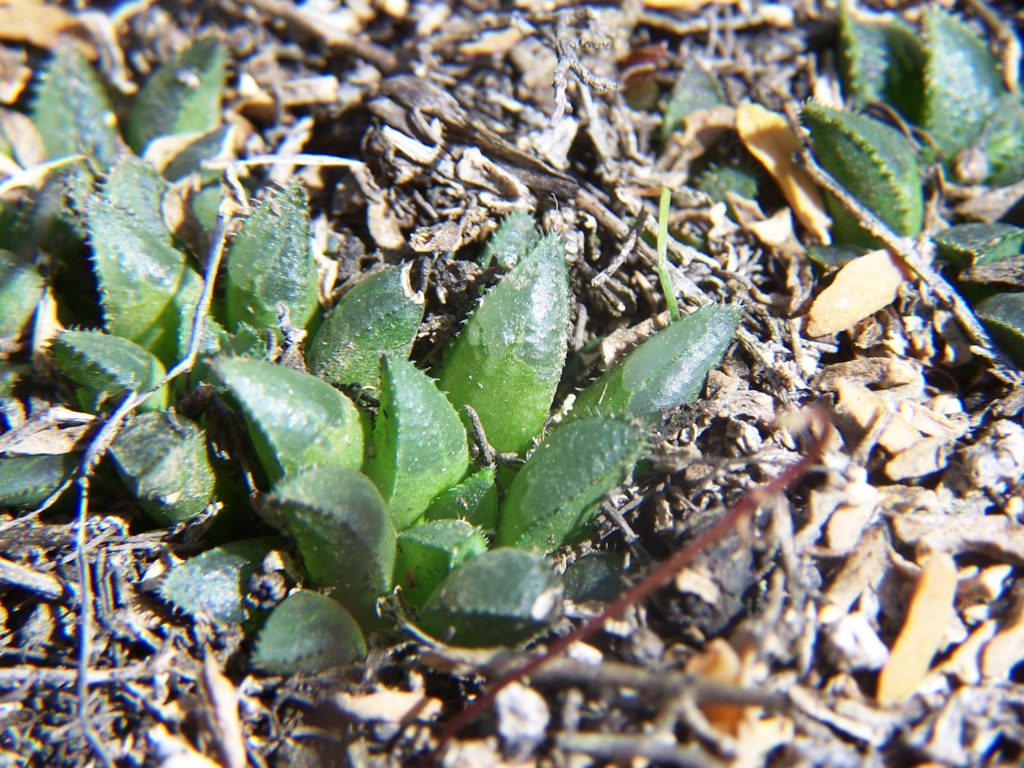
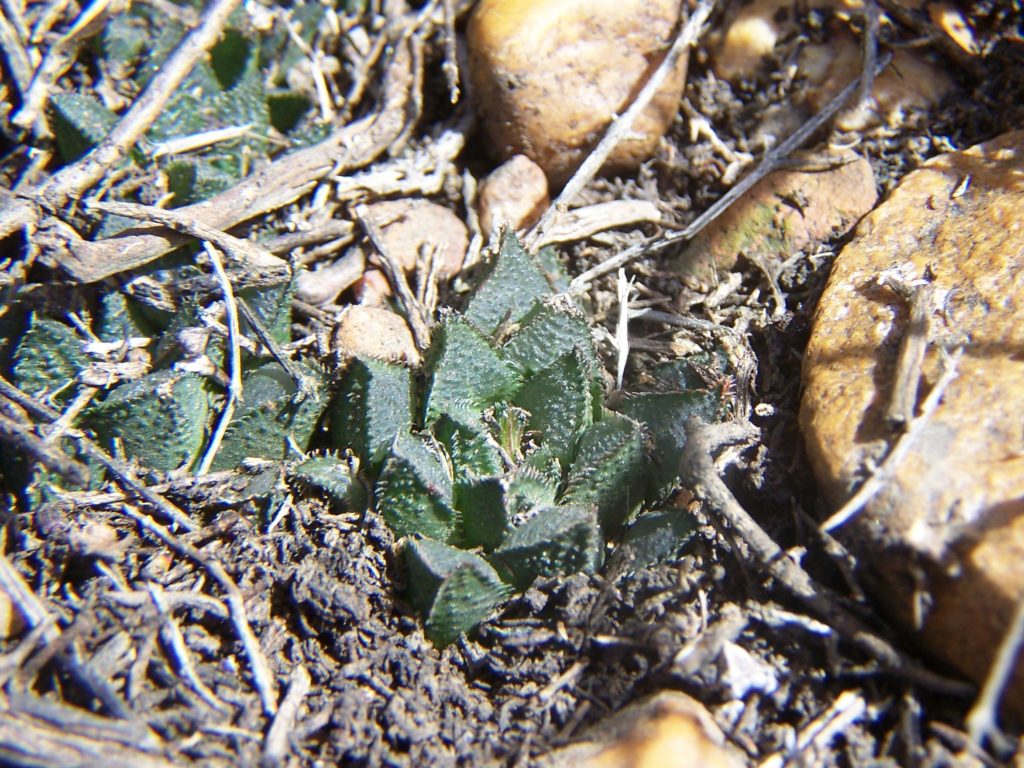

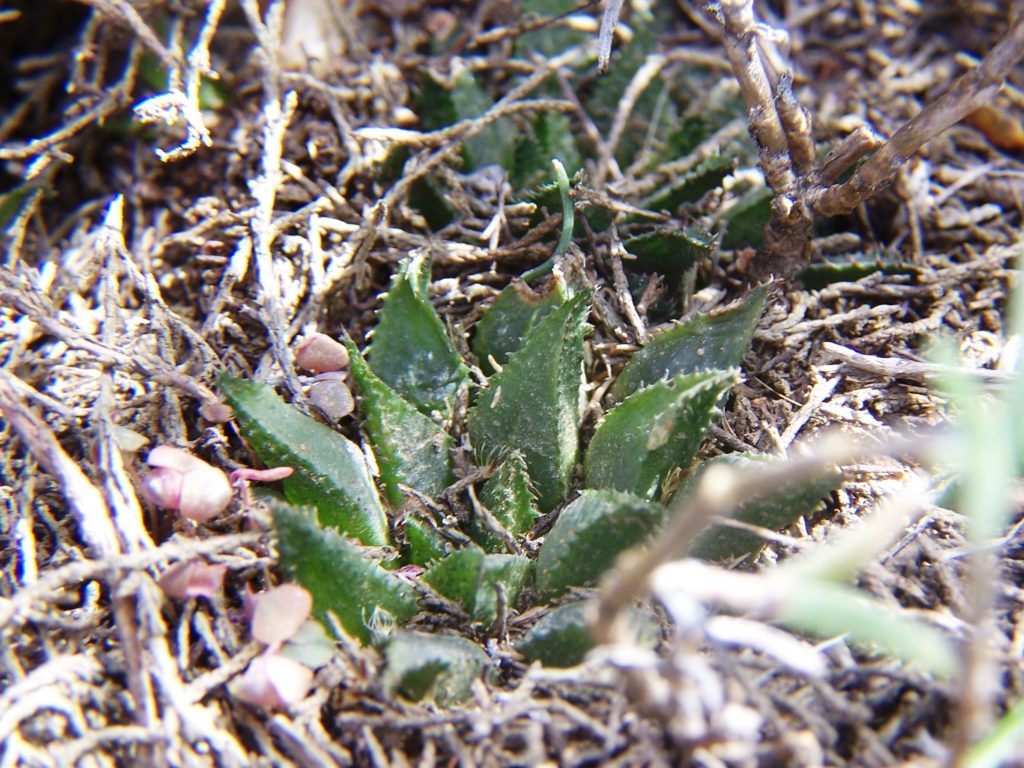
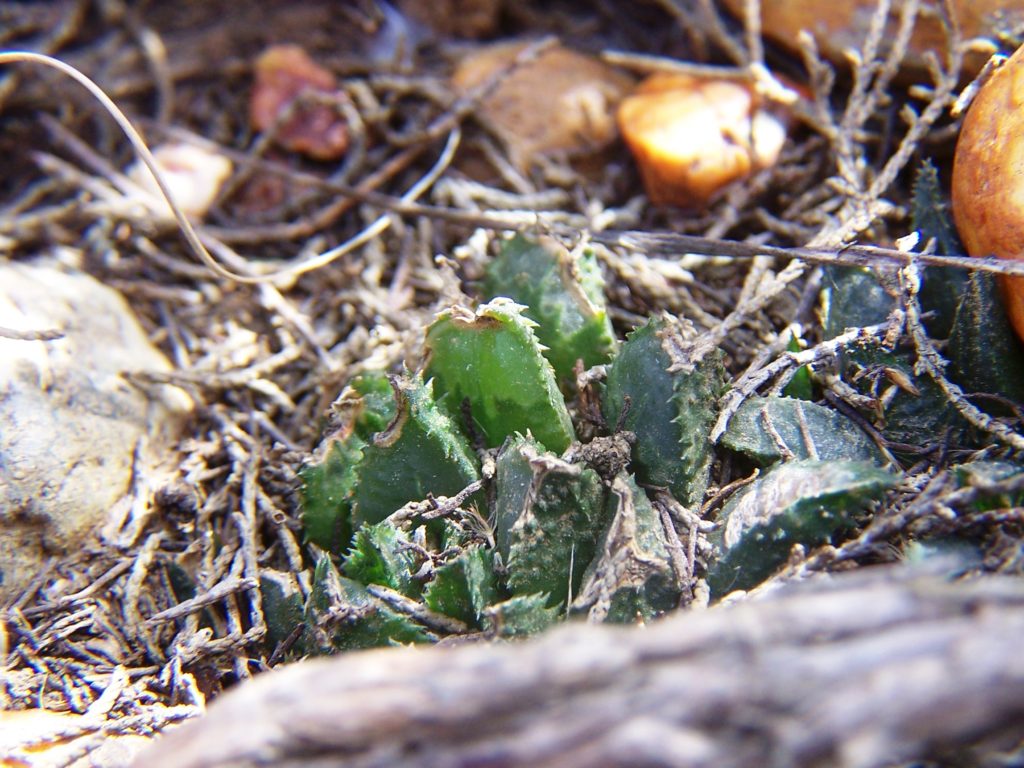

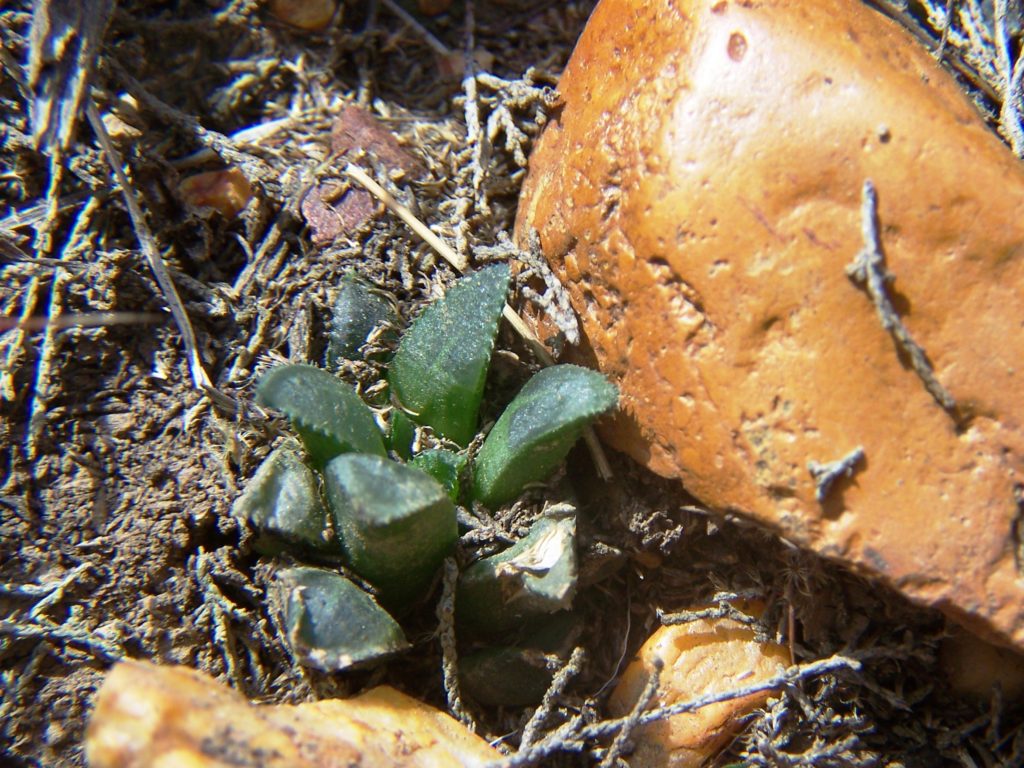
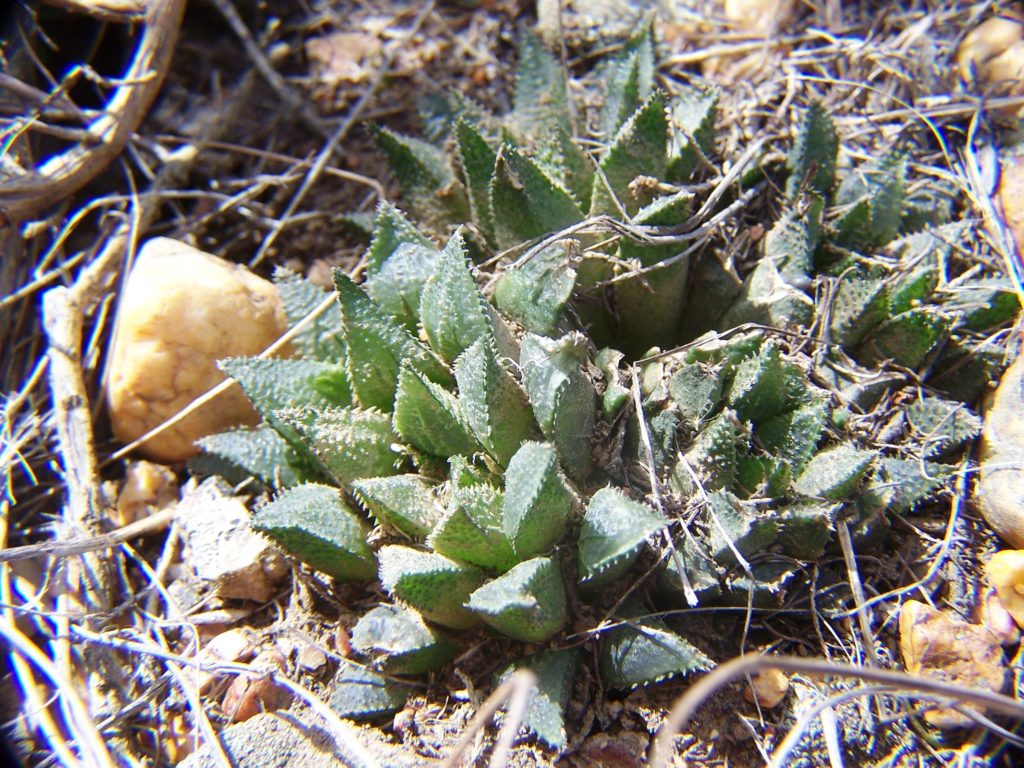
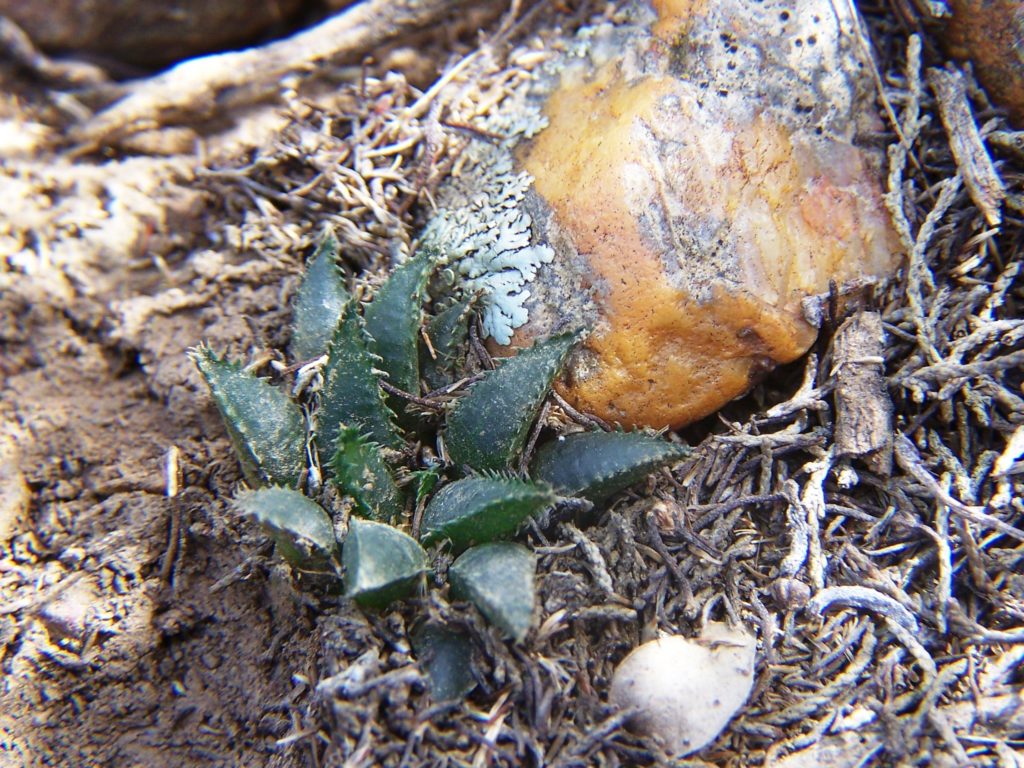
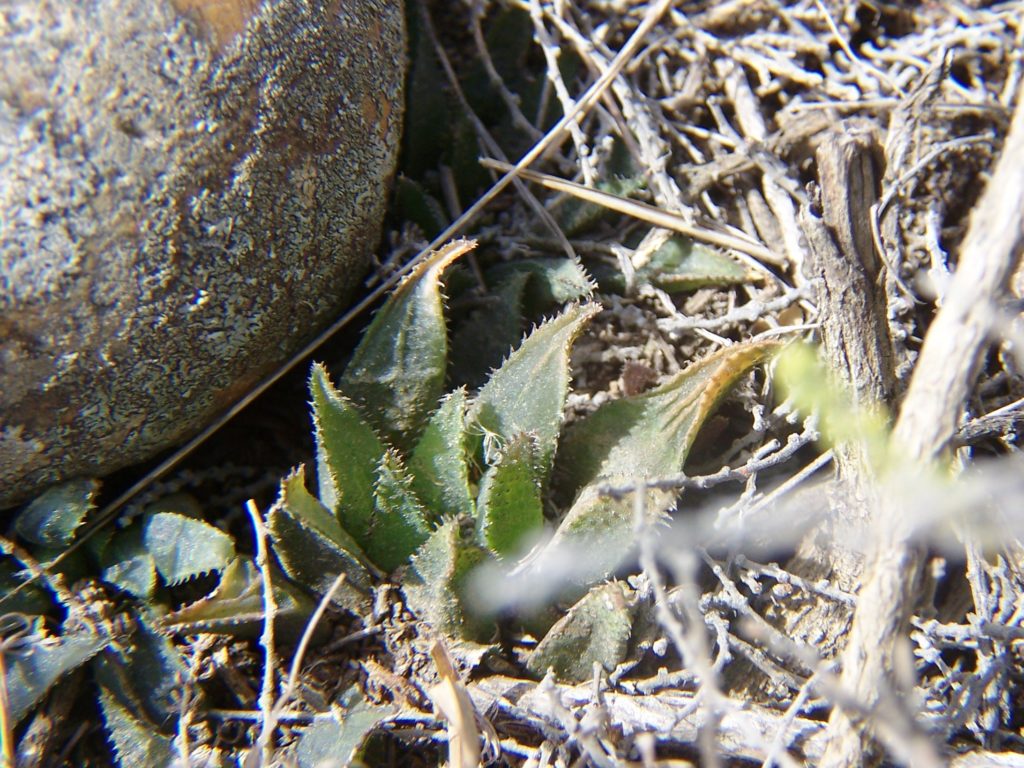
4.MBB7753 H. mirabilis ‘toonensis’. Brakkekuil. It is important to note how I have named this as I have no intention of going through the formalities of nomenclature to change anything. I have been terrorized to my limits by “law” and I think that ethic and common sense can now prevail. ‘Toonensis’ is only known from Matjestoon southwest of Heidelberg and upstream along the Slang River. As I explained in the chapter on H. retusa, the Slang River has its own peculiarities and besides which it is quite unexplored. So it is no surprise to find this rather smaller version of H. mirabilis in a second population, differing from the general body by more and smaller more slender leaves. Naturally there is considerable variation within the population too. The differences relate to the problem of the Dassieklip and Vermaaklikheid areas where H. retusa and H. mirabilis ‘paradoxa’ and the problem should not be deferred to me as a bad taxonomist but as the reality that there is a major geological contributor to the problem of difference viz. shale vs calcrete. It is quite obvious in the series of pictures that one can see resemblances to ‘turgida’ and ‘paradoxa’.
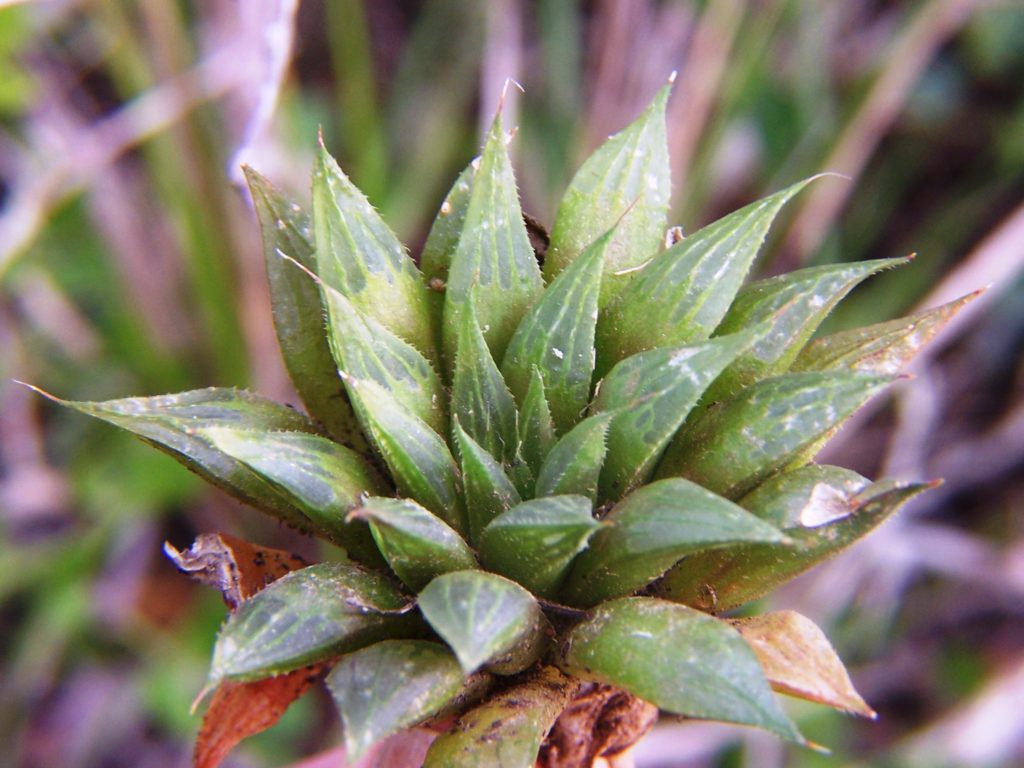
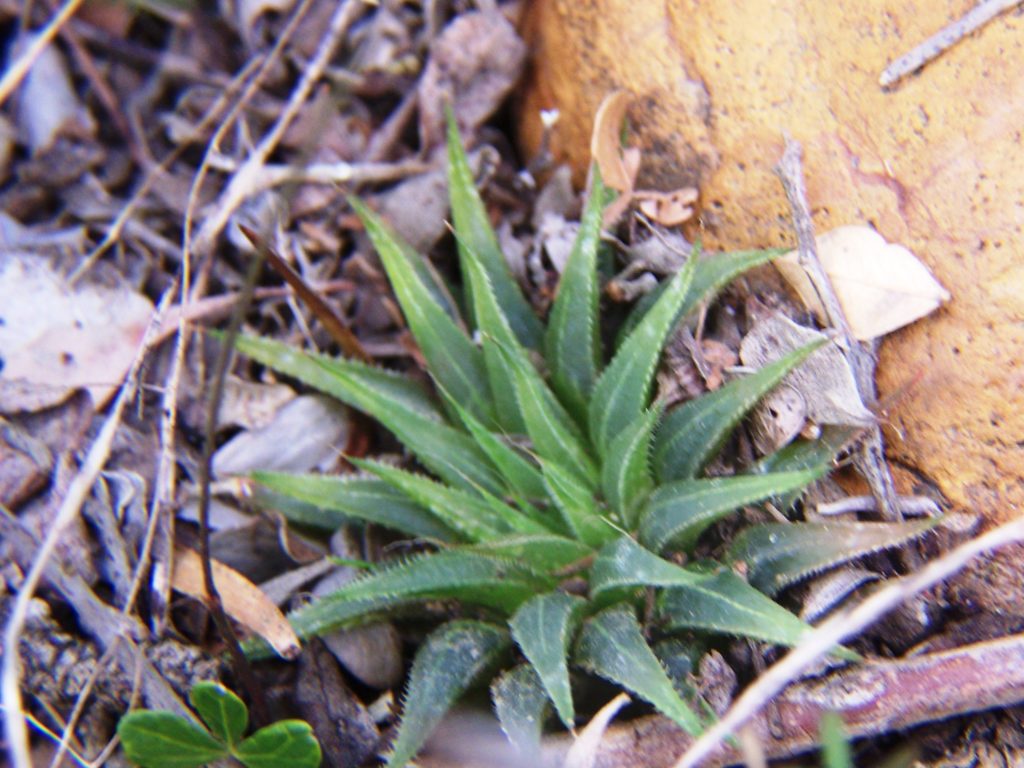

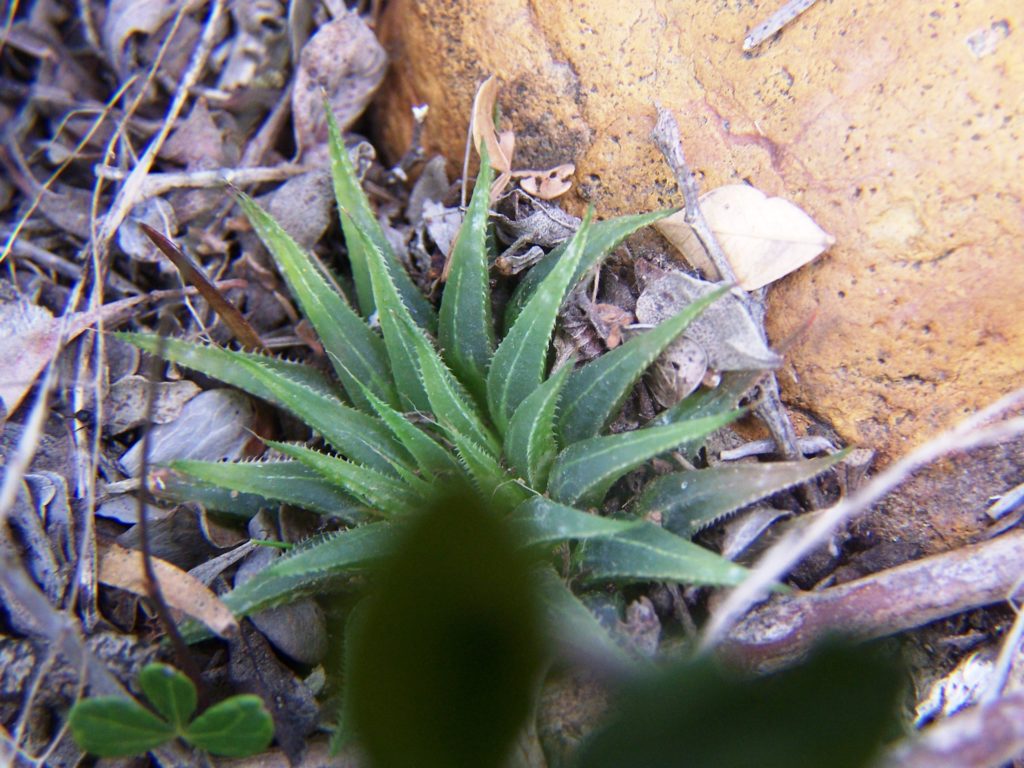
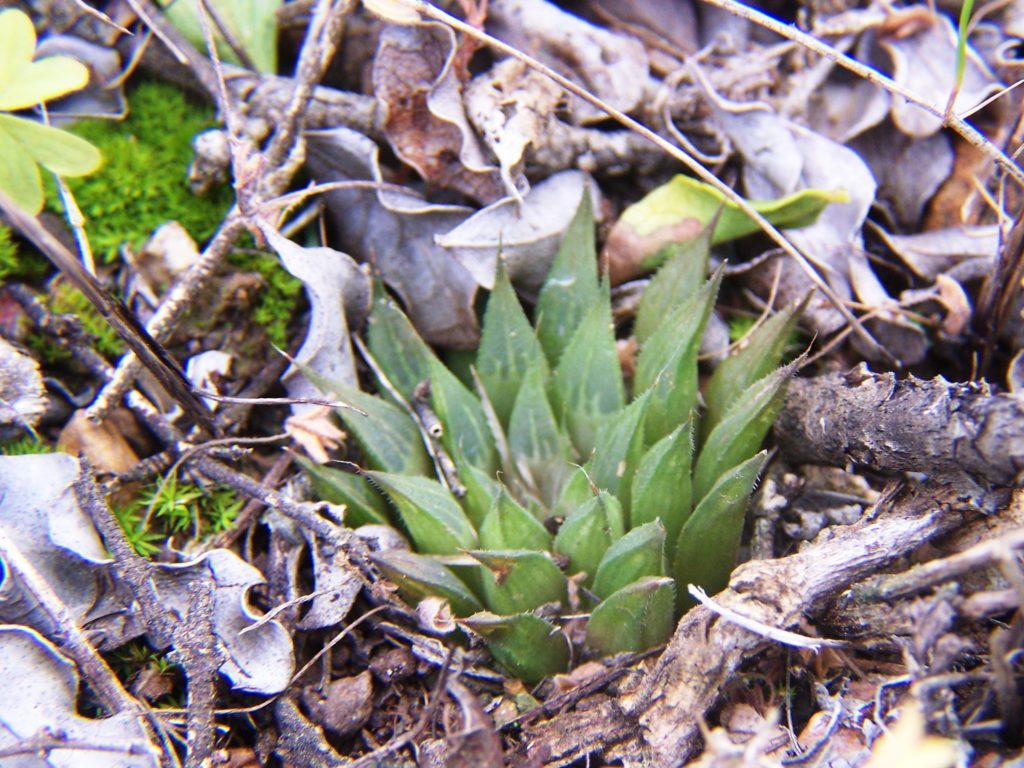
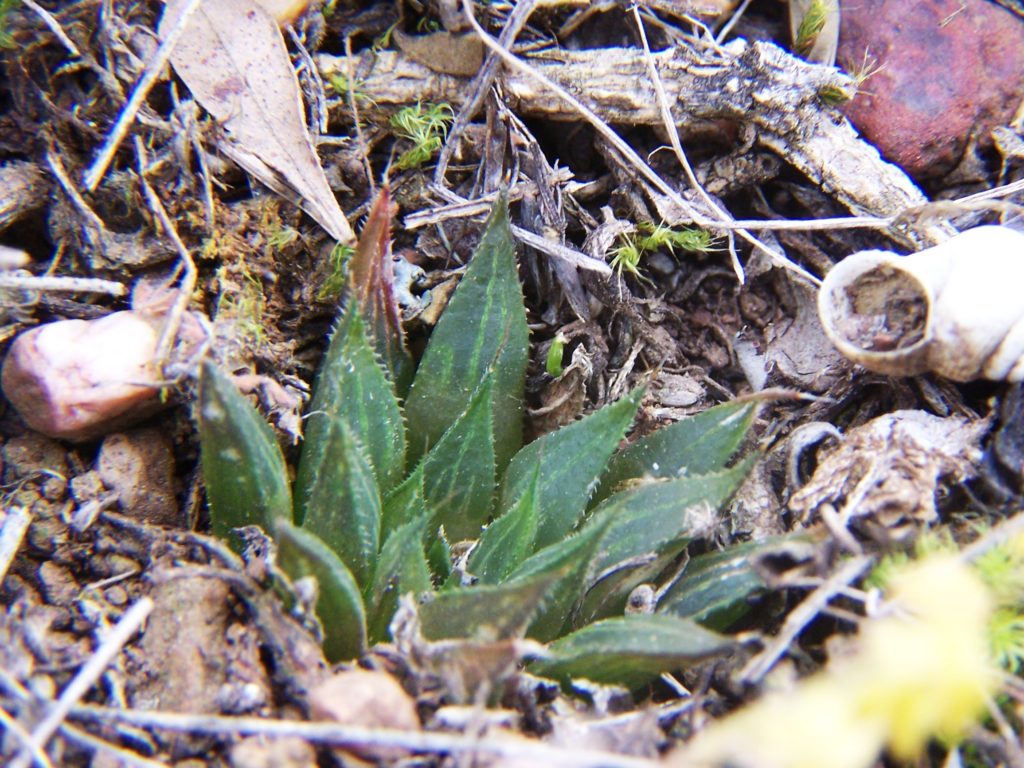
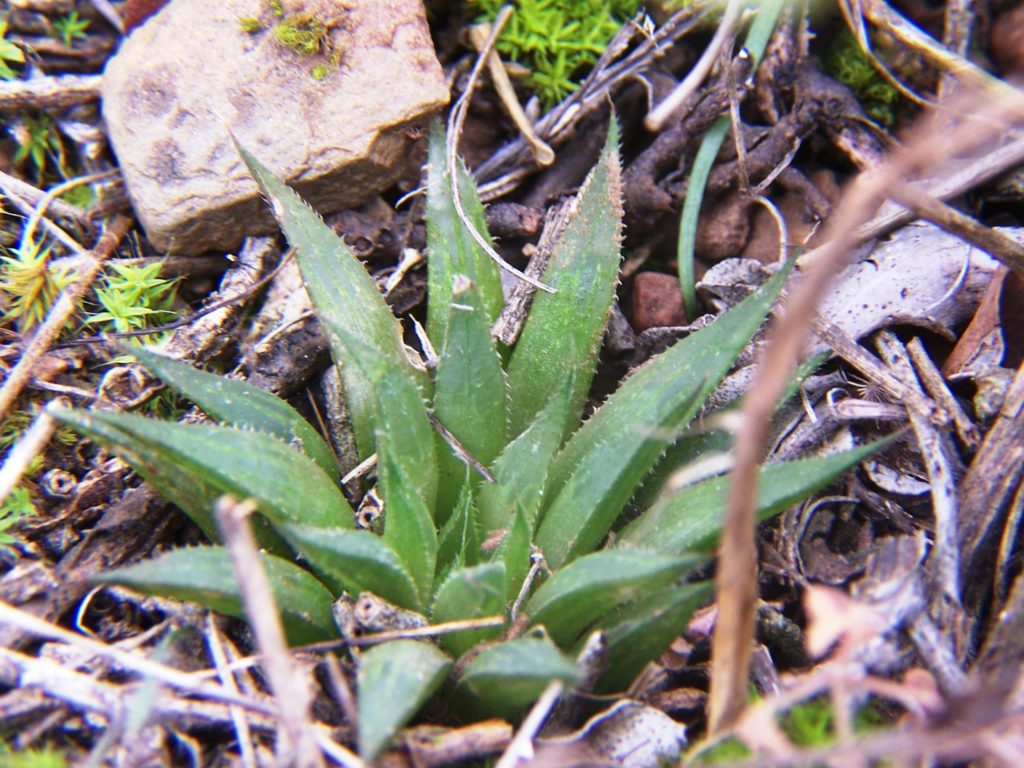
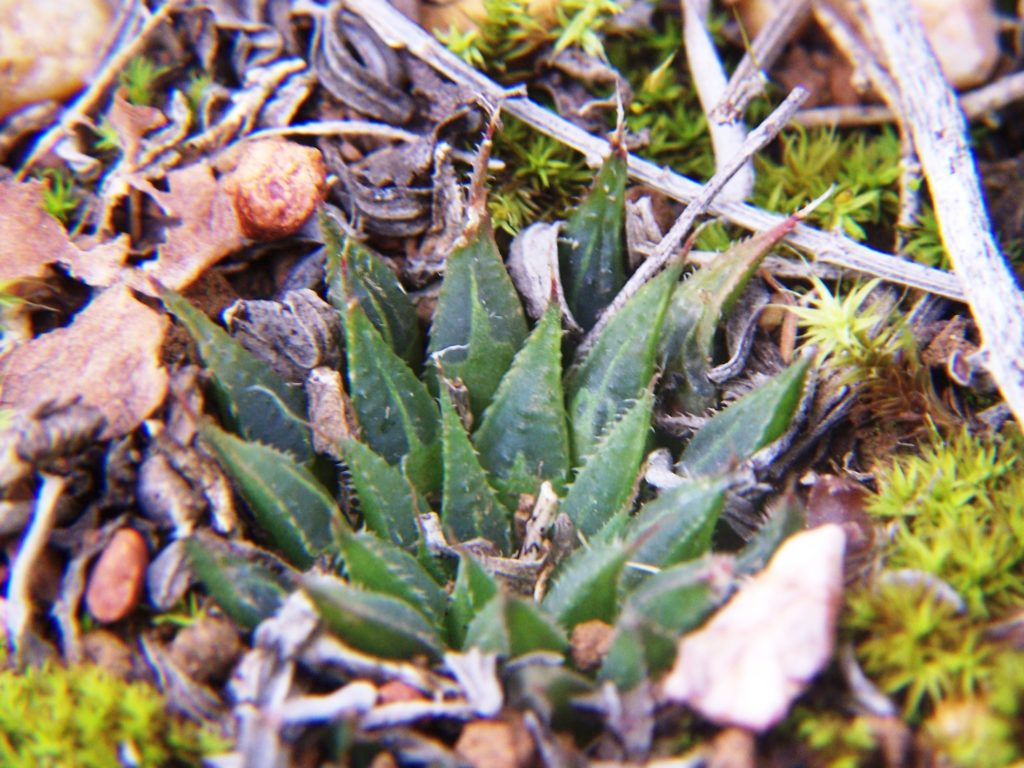
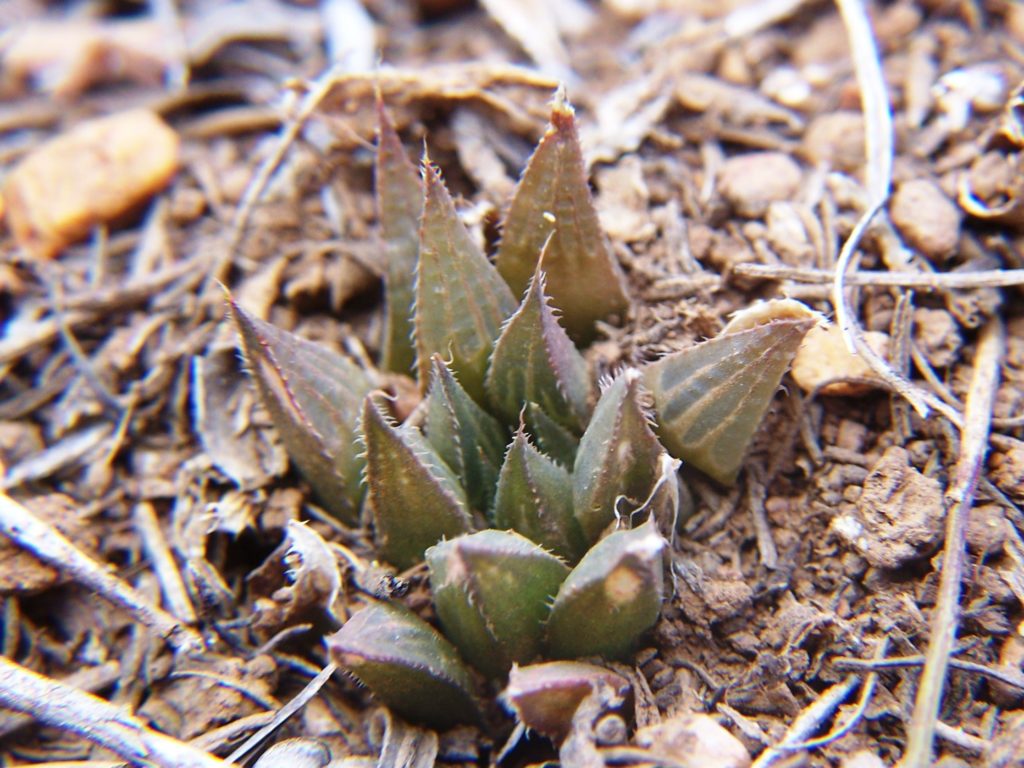
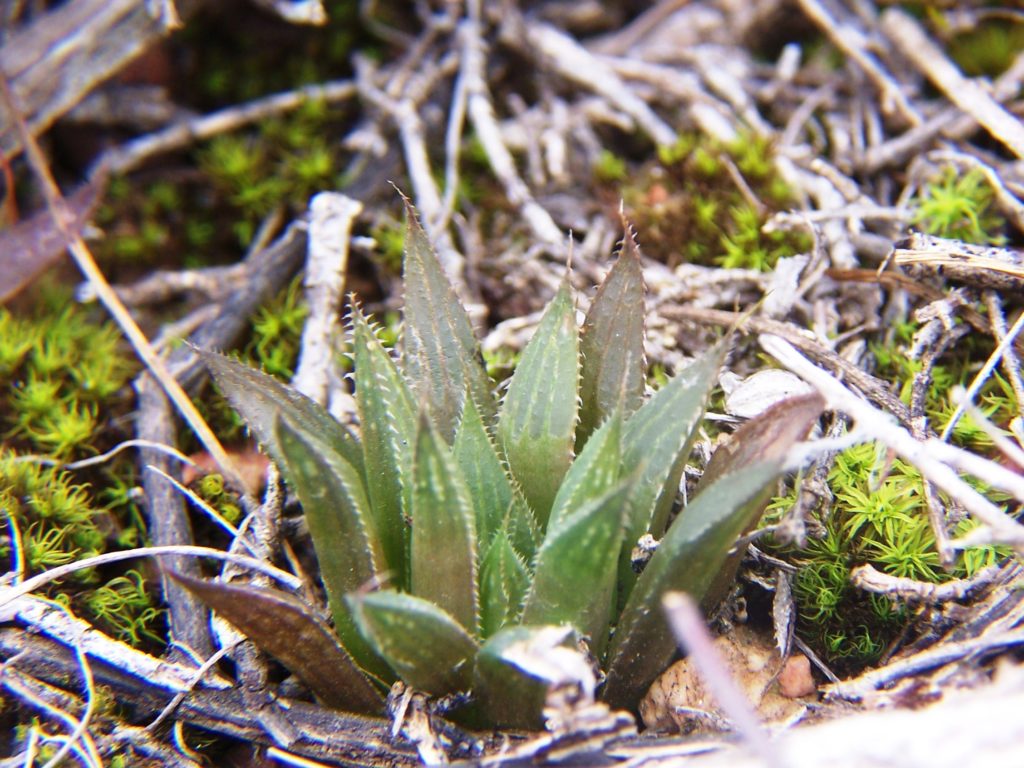
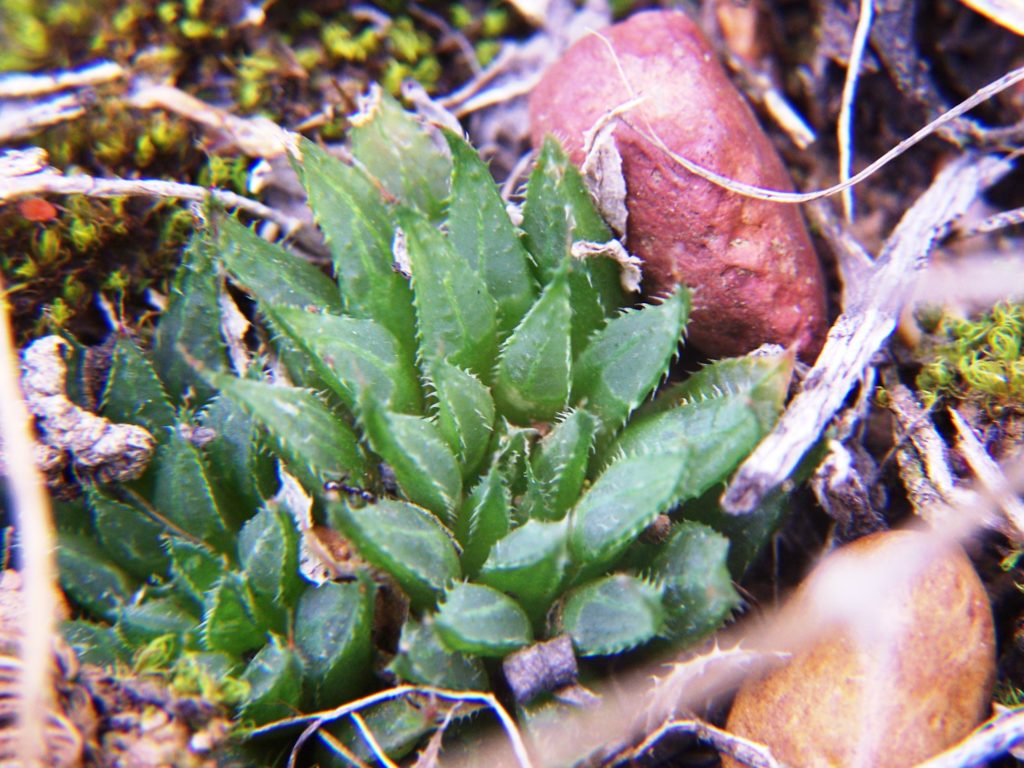
5. MBB7761 H. mirabilis ‘splendens’? Plattekop Farm; MBB7762 do. W Platkop; MBB7763 do. E Plattekop Farm, MBB7765 do. NNW Platkop: MBB7769 do. Toringskop; MBB7770 do. W Soetmelksrivier. I am grouping these together and using the epither ‘splendens’ in an apparently loose and provocative fashion. This is to deliberately hew away at this mental sludge that isolates the really magnificent and incredible plants from their equally interesting but less glamorous close relatives. These populations are all on ferricrete inselbergs in virtually any of the three or four main geomorphological derivatives. The official geosciences description of the Riversdale area makes specific mention of the difference between these and the Soutpan (true ‘splendens’ habitat) by saying that the latter is a pan-area and the relatively thin ferricrete layer apparently developed in a marshy area and close to the surface (opposed to the inselbergs as deeper deposits in underground water systems in sandstone?). These populations are what we predicted and they are the direct link between the most easterly known only true H. mirabilis ’magnifica’ at the Frehse Reserve just south of Riversdale. The element ‘magnifica’ is a phantasm (available as an optional cultivar name as there are many plants in that parent population that do not fit the description?) based on an initial description and limited illustration and has been maintained by myself while trying to resolve the issues in my own mind. It has been kept alive for me by populations at KomseRante and Kruisrivier that I am about to further explore after writing this particular piece, and that will be a separate chapter.
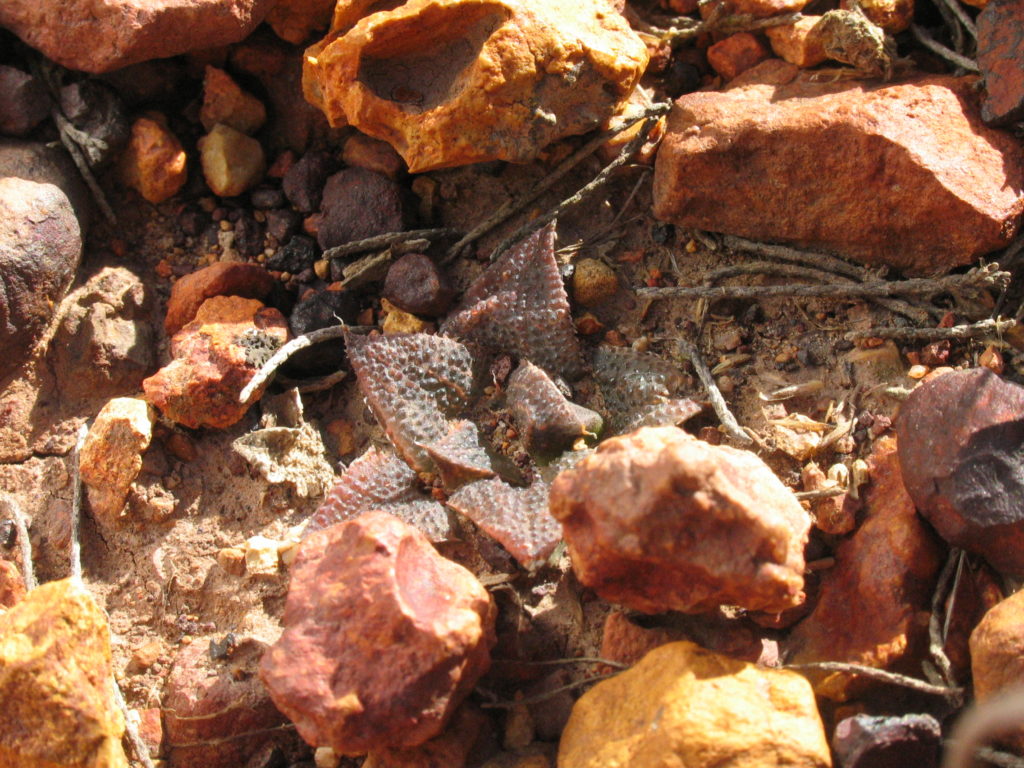

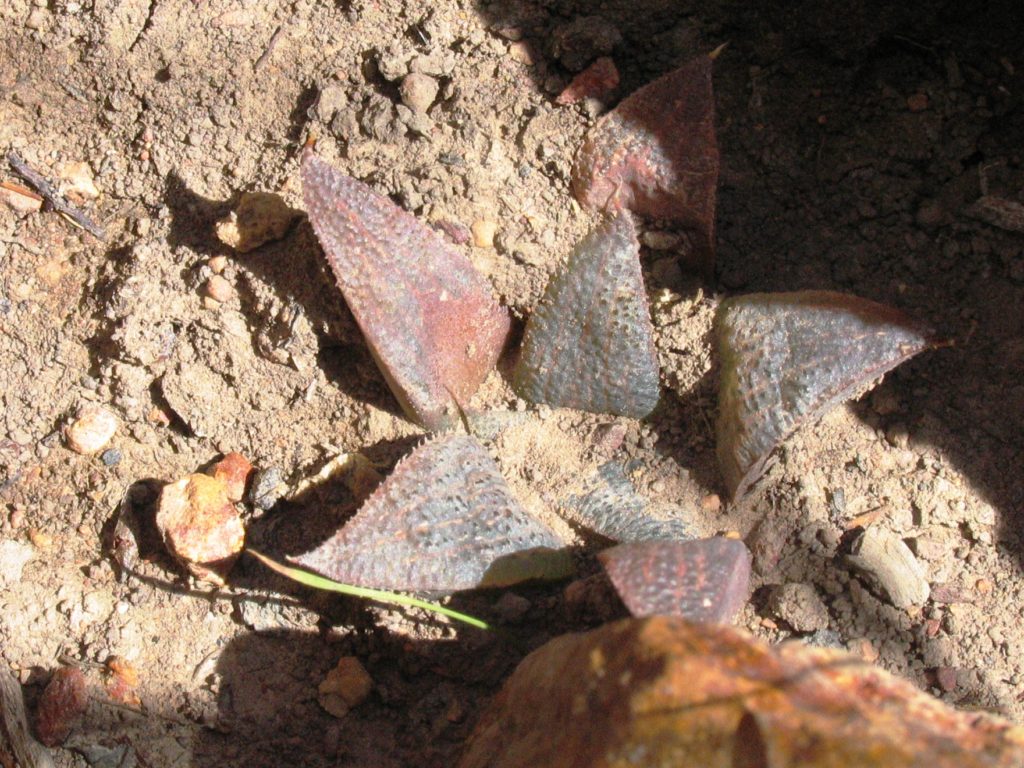

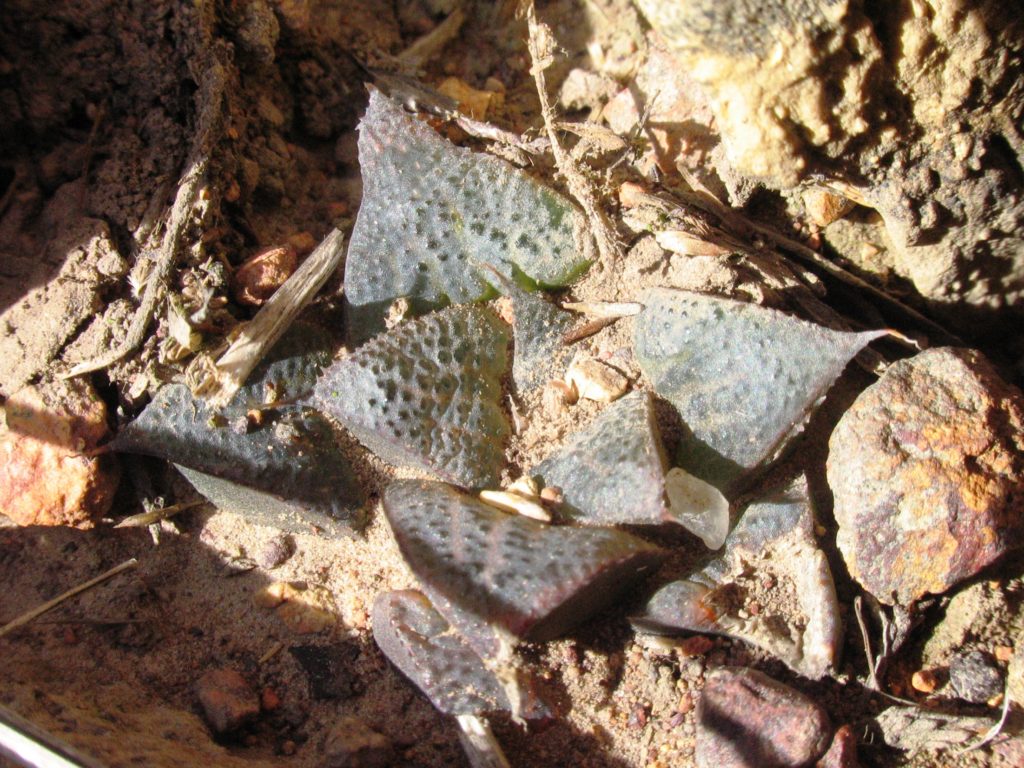
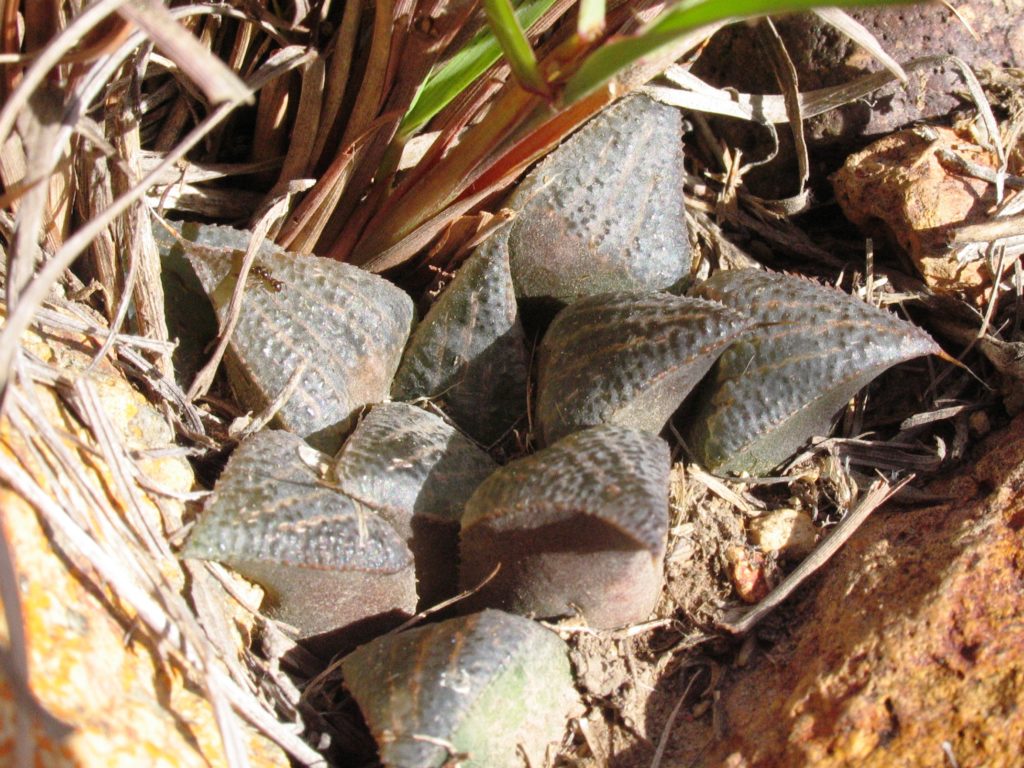
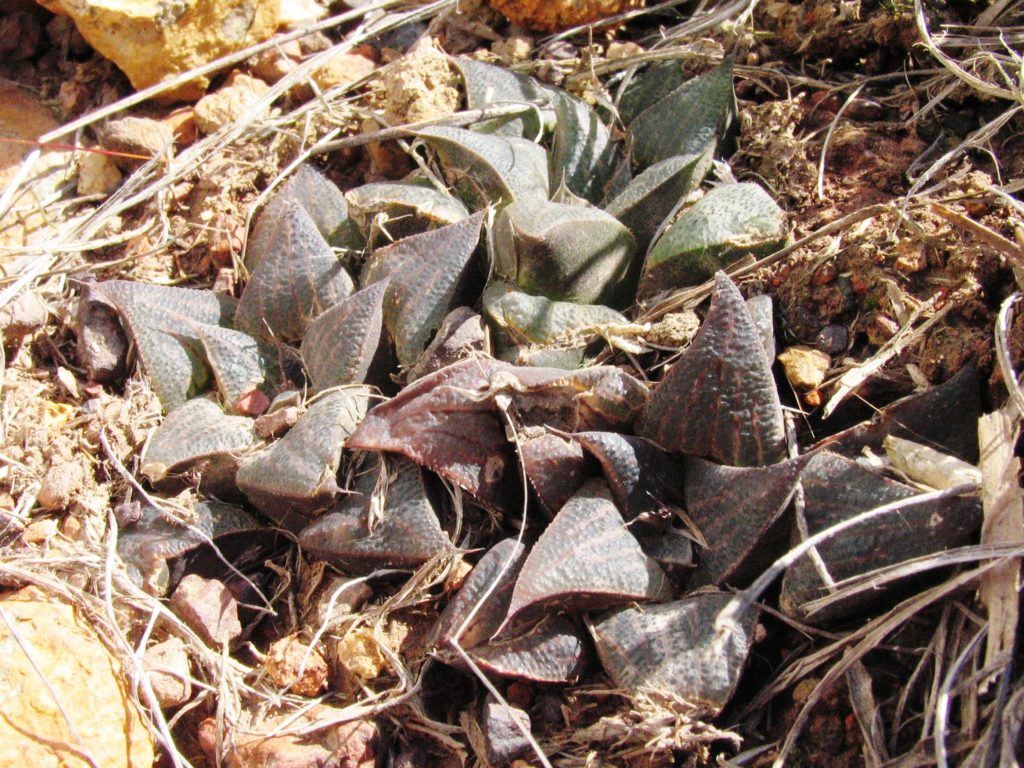
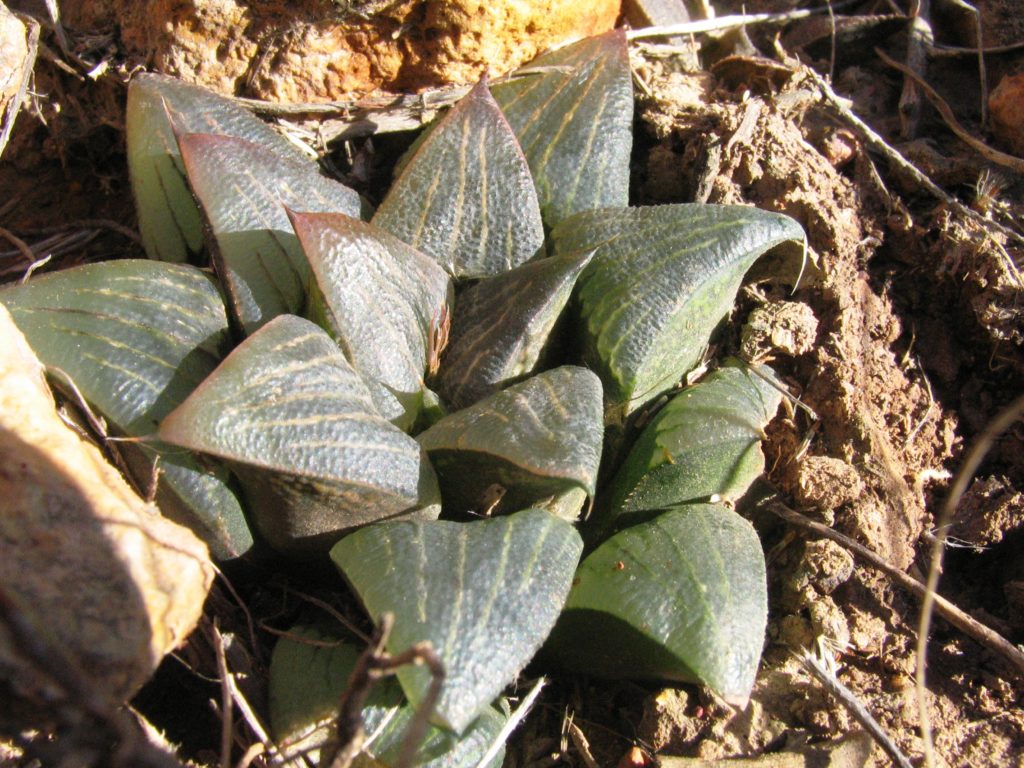

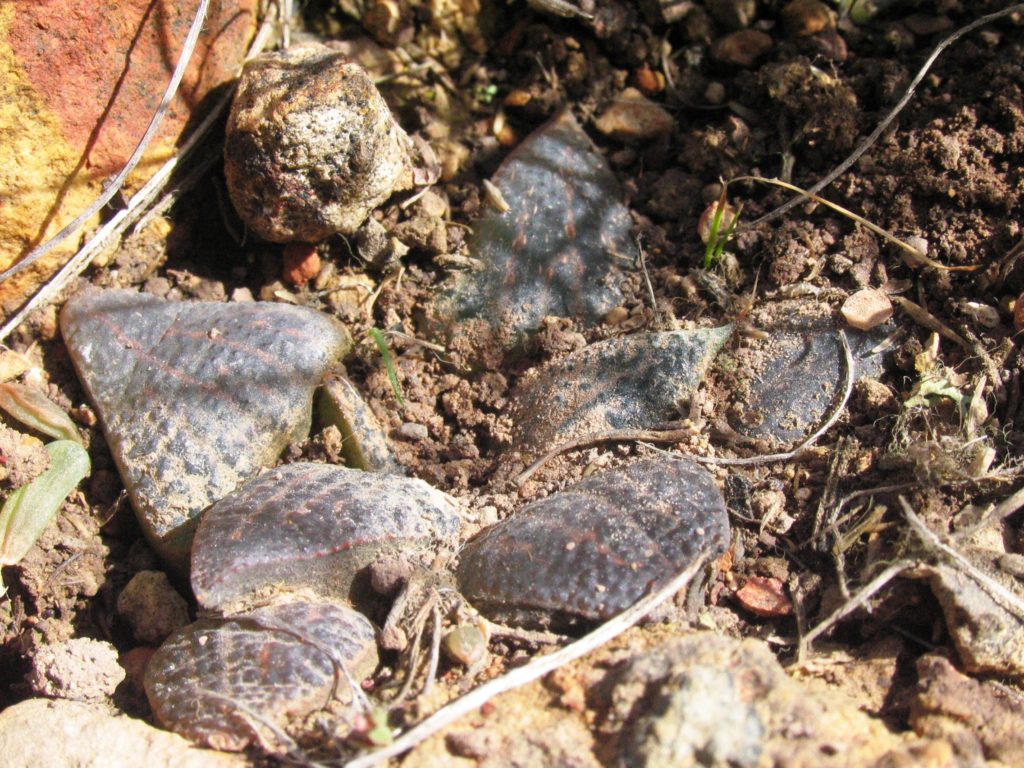

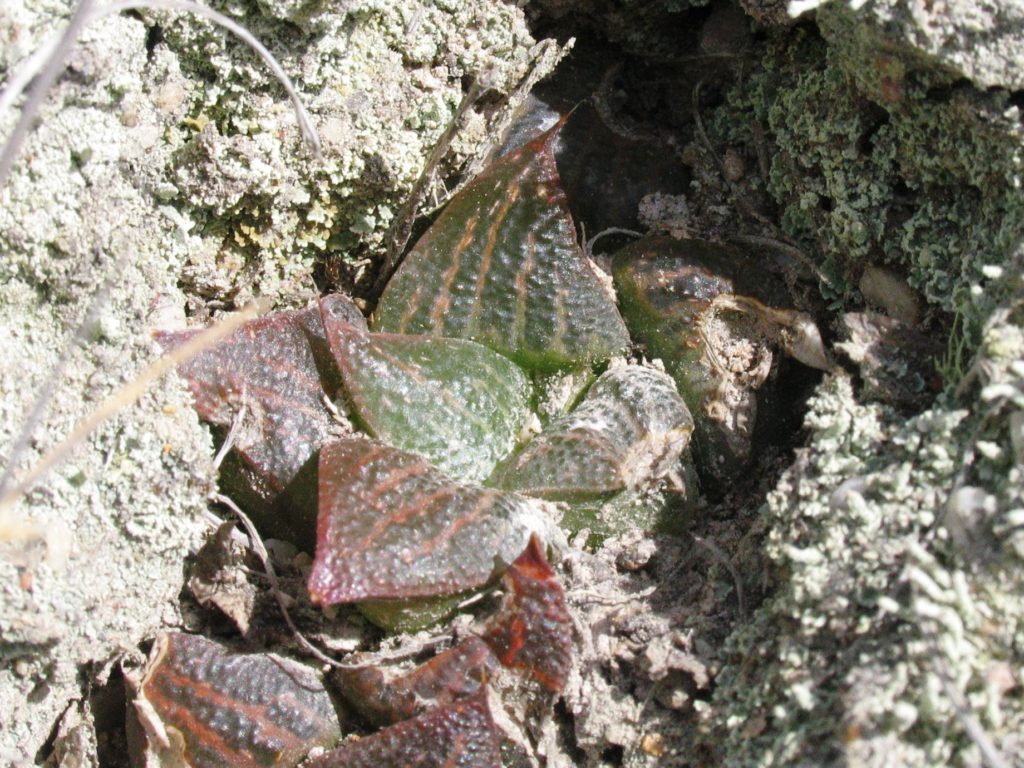
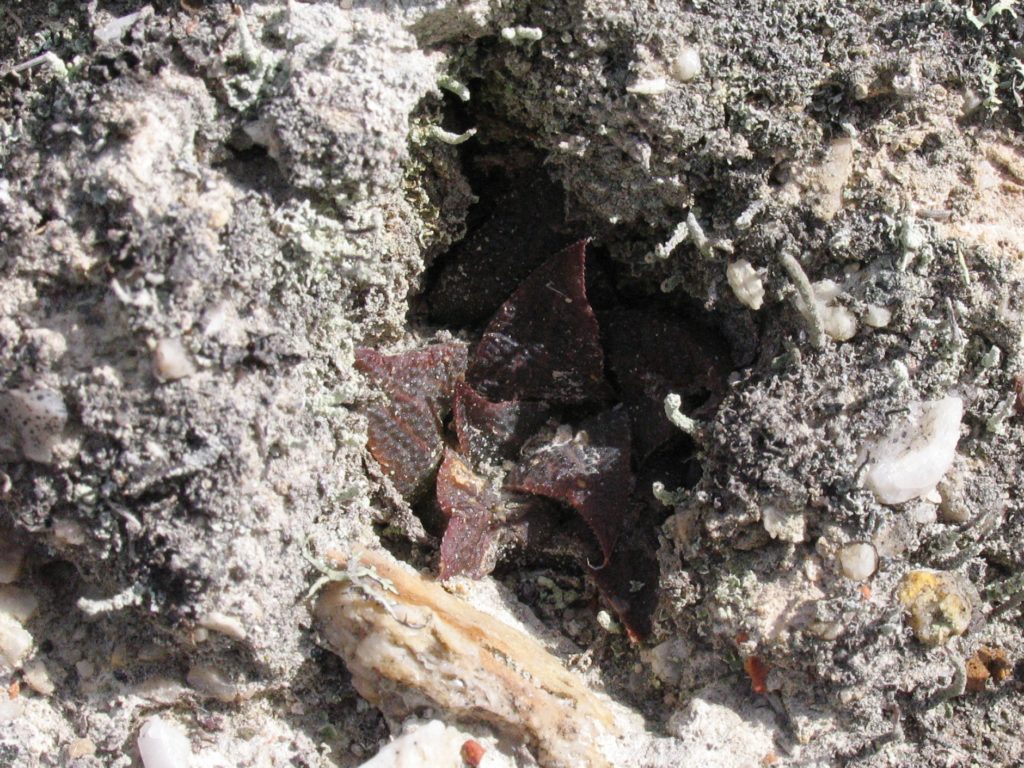
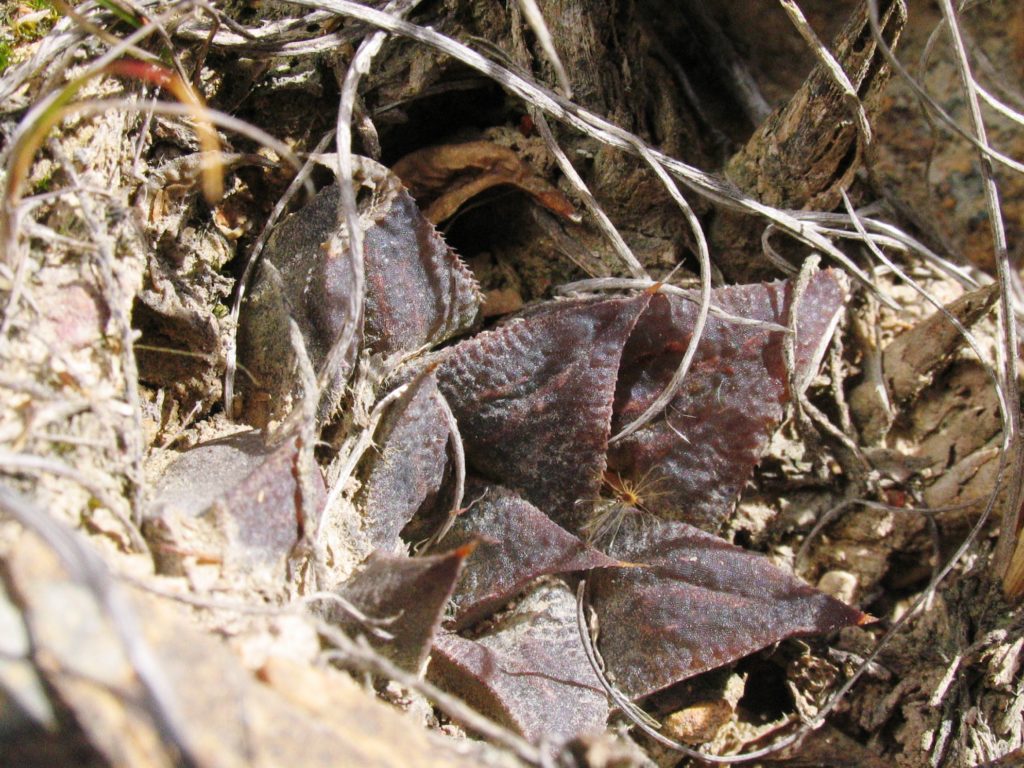
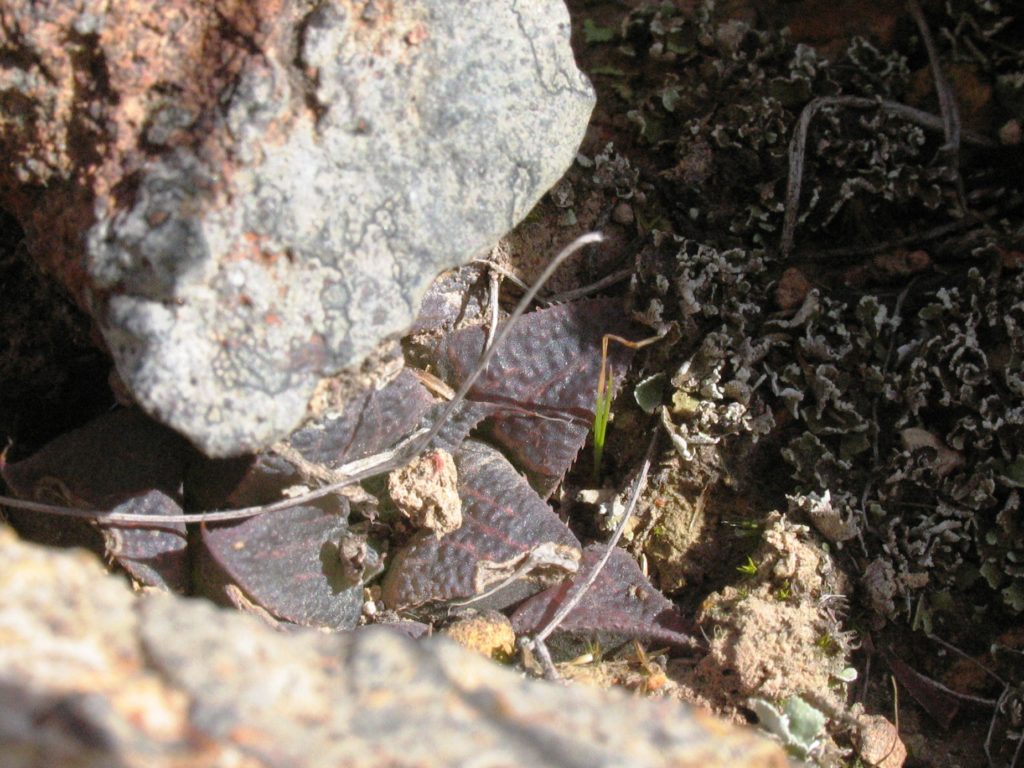
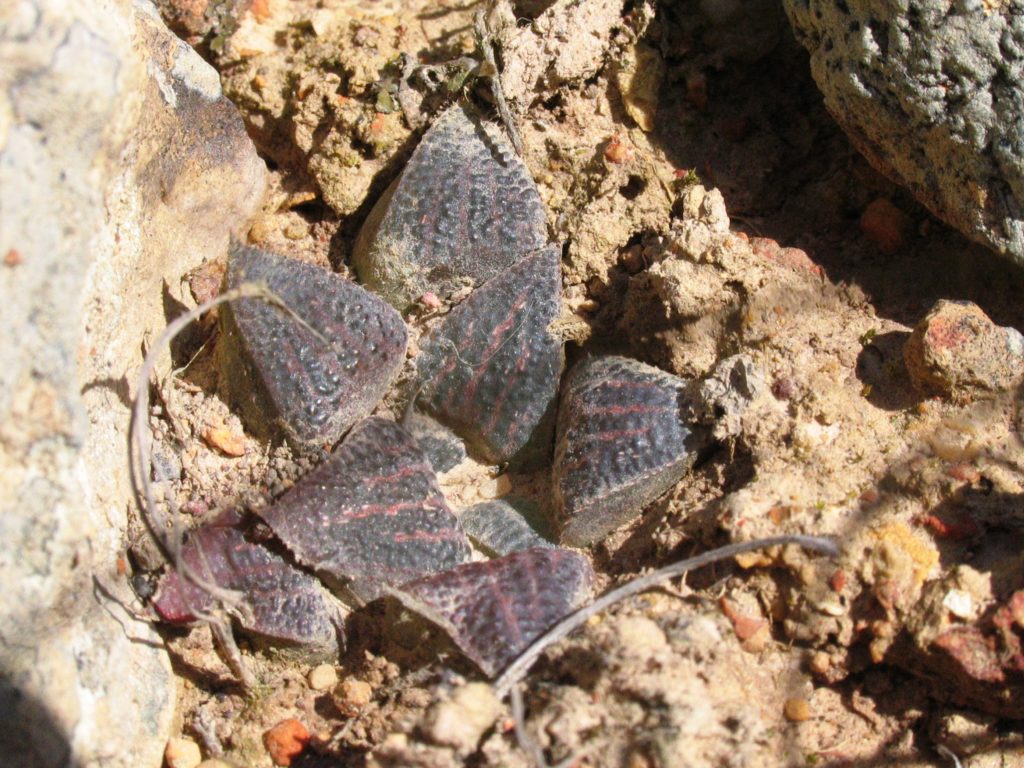
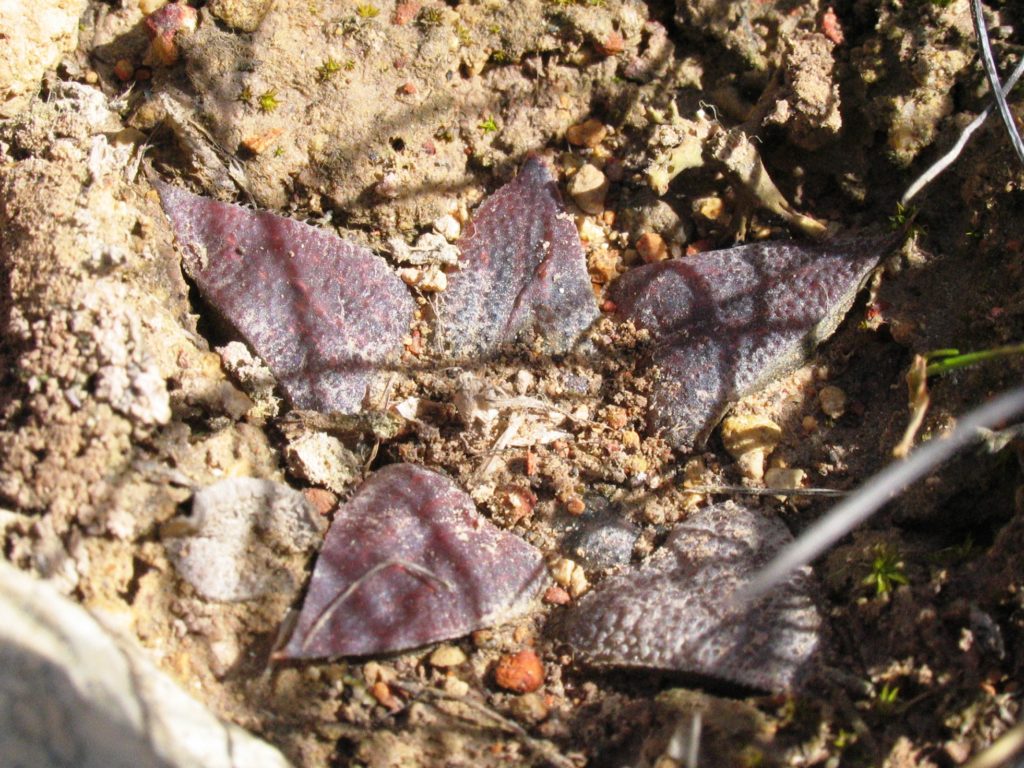
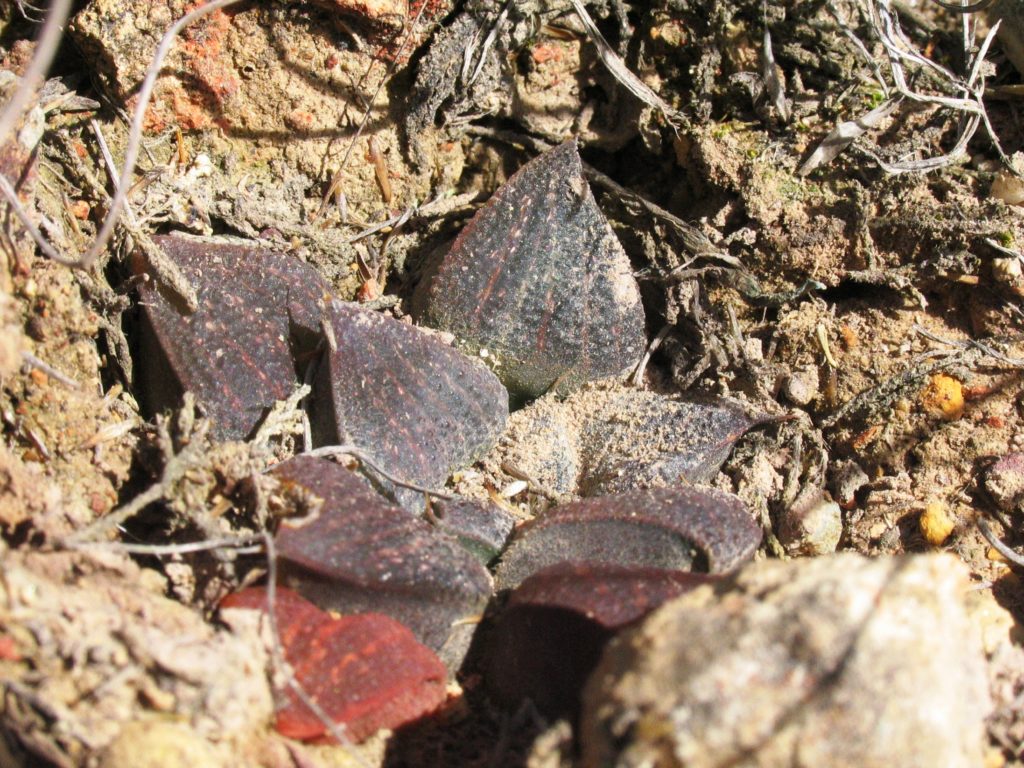
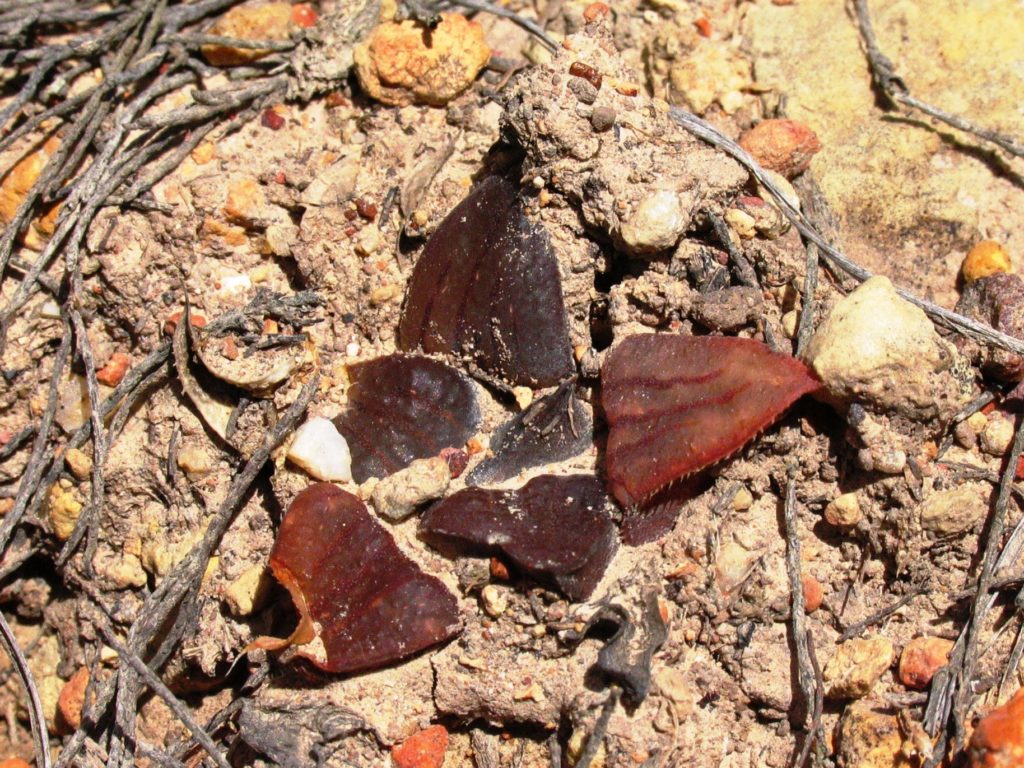

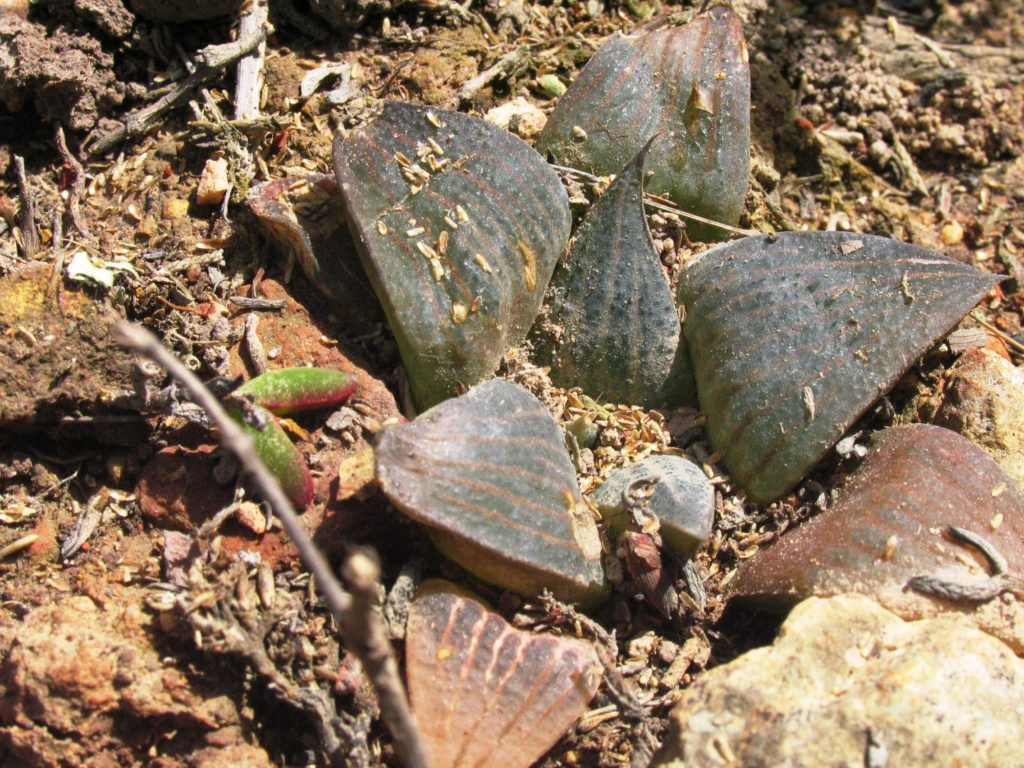
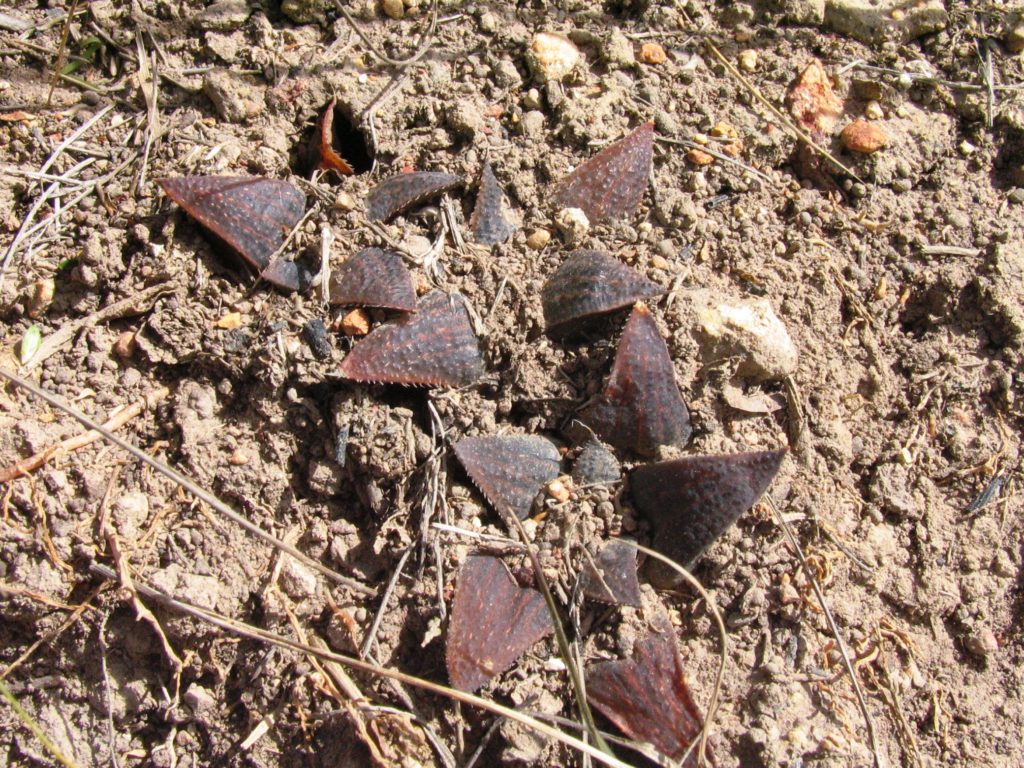
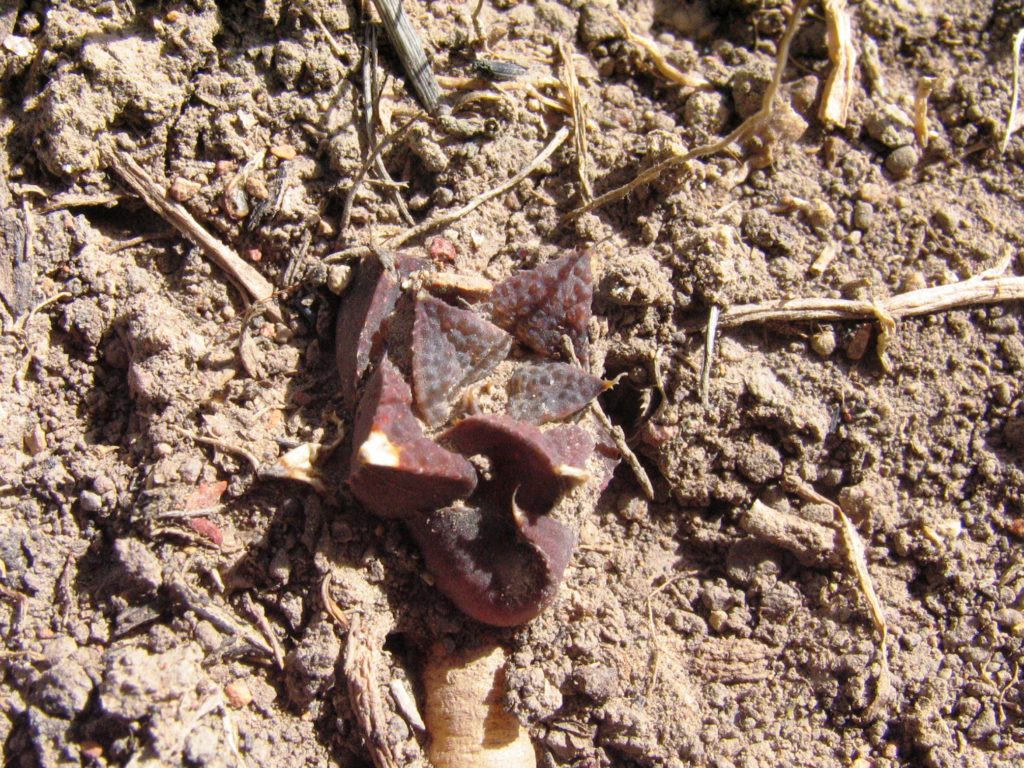
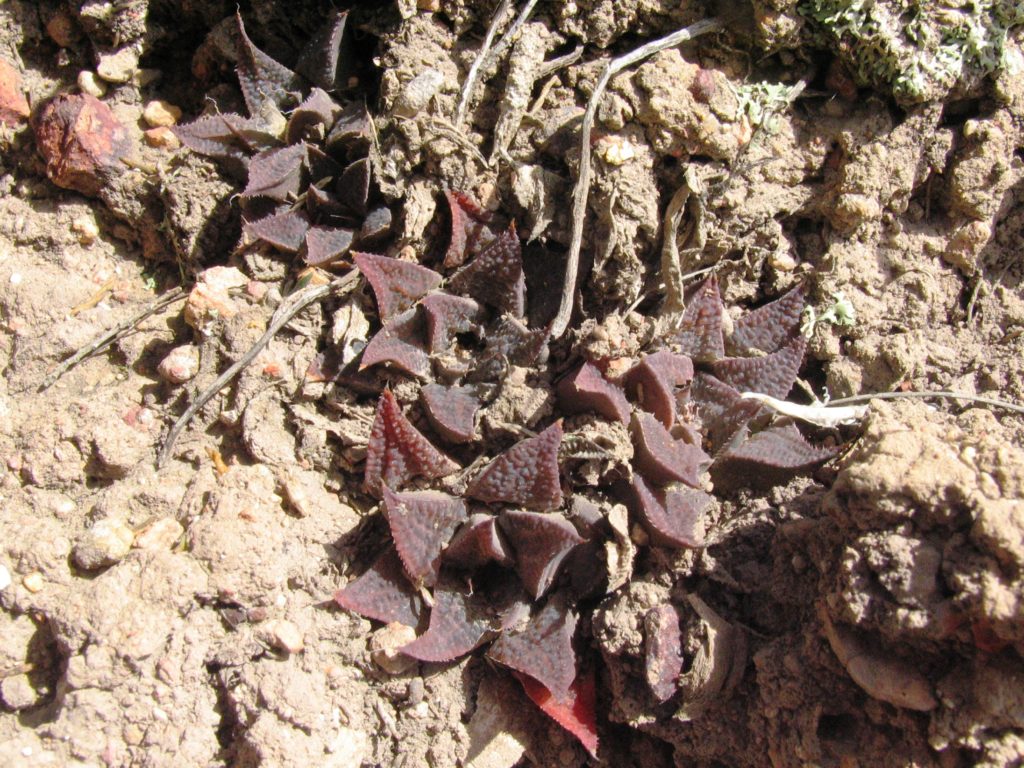




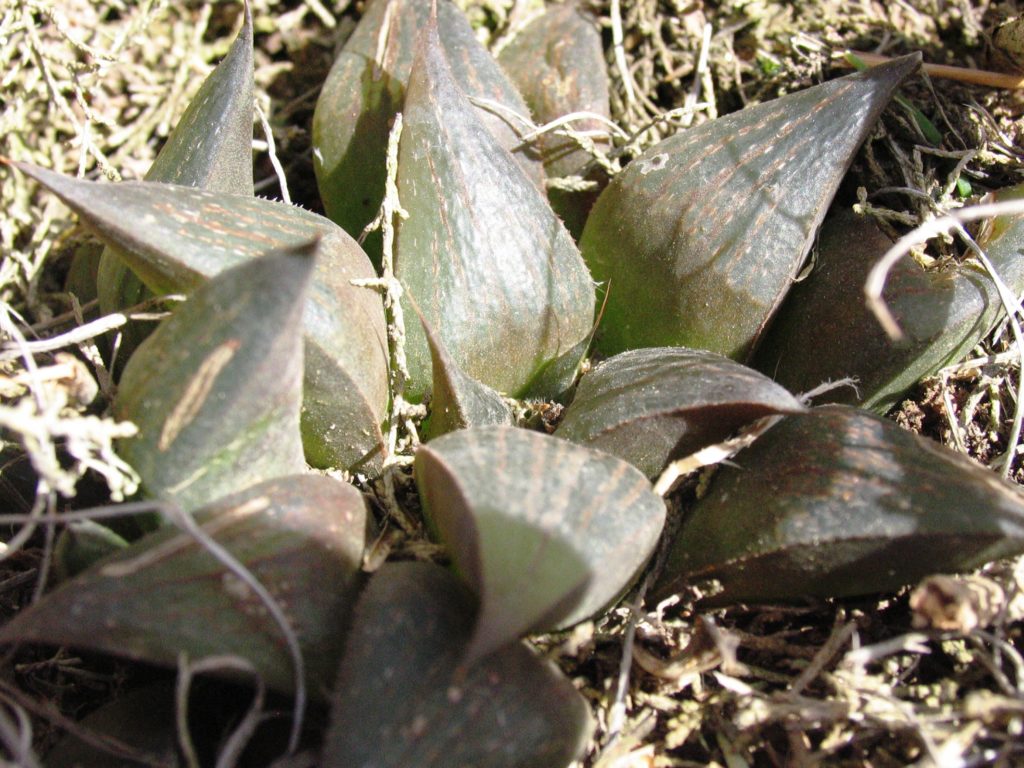
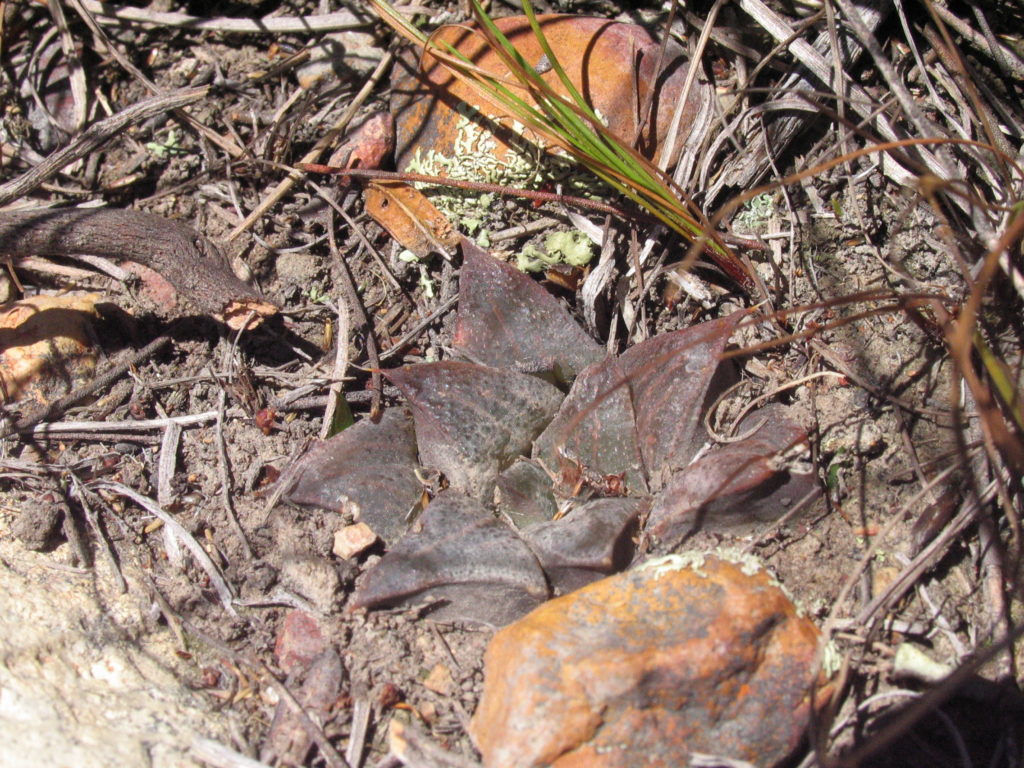
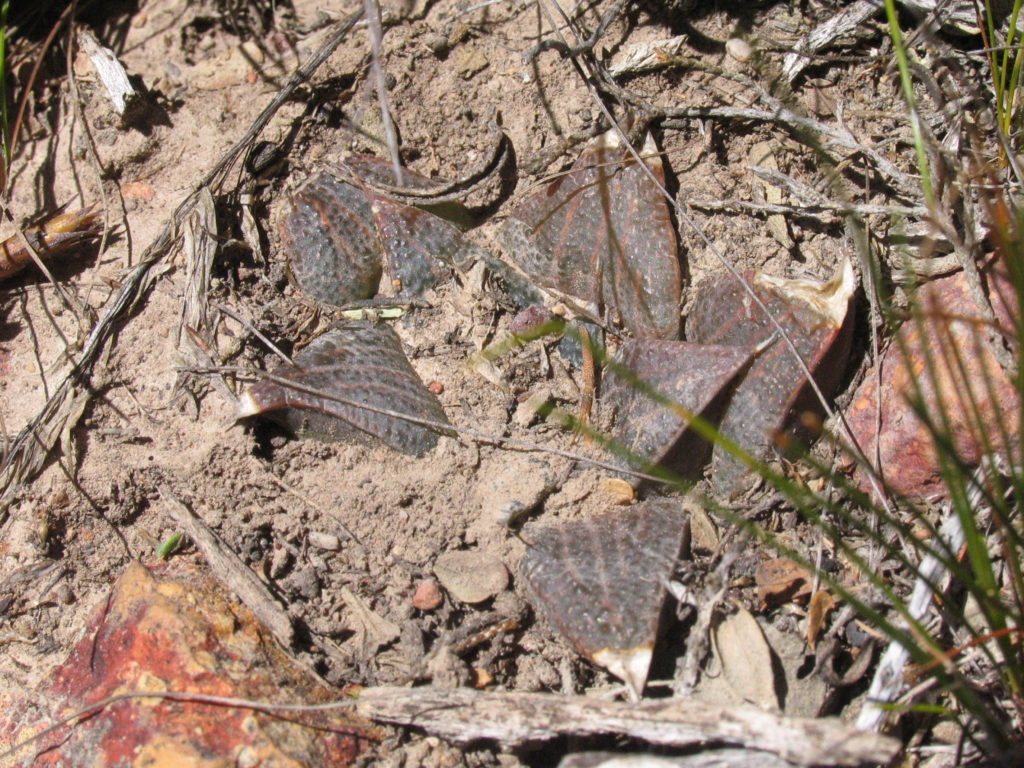
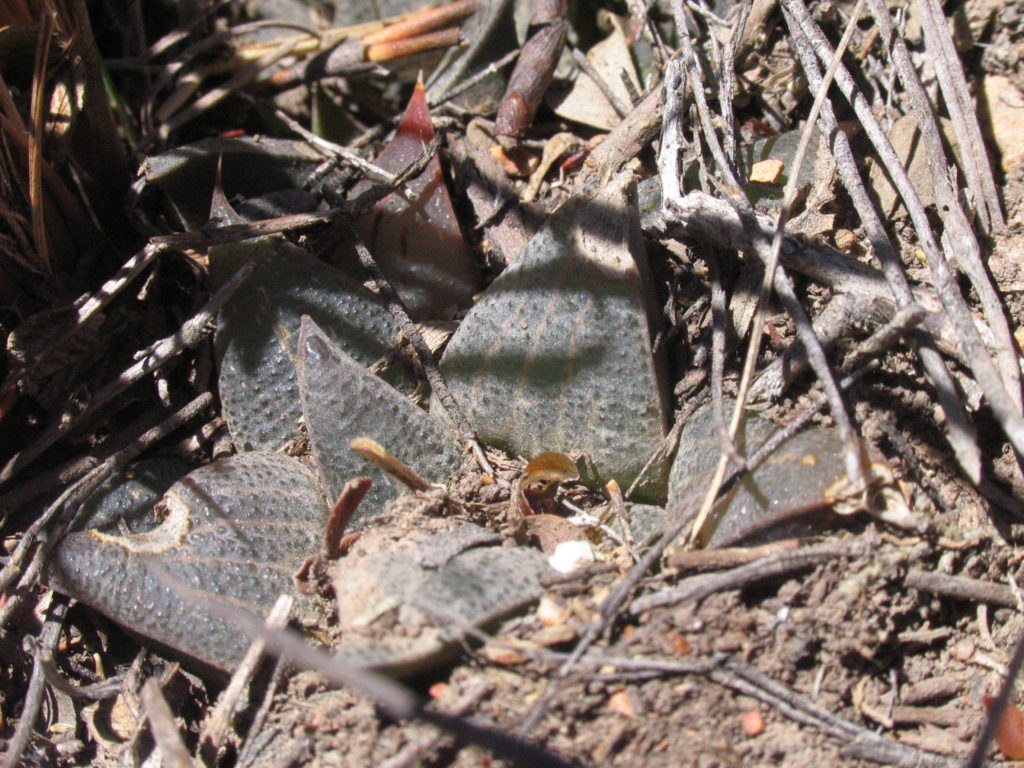
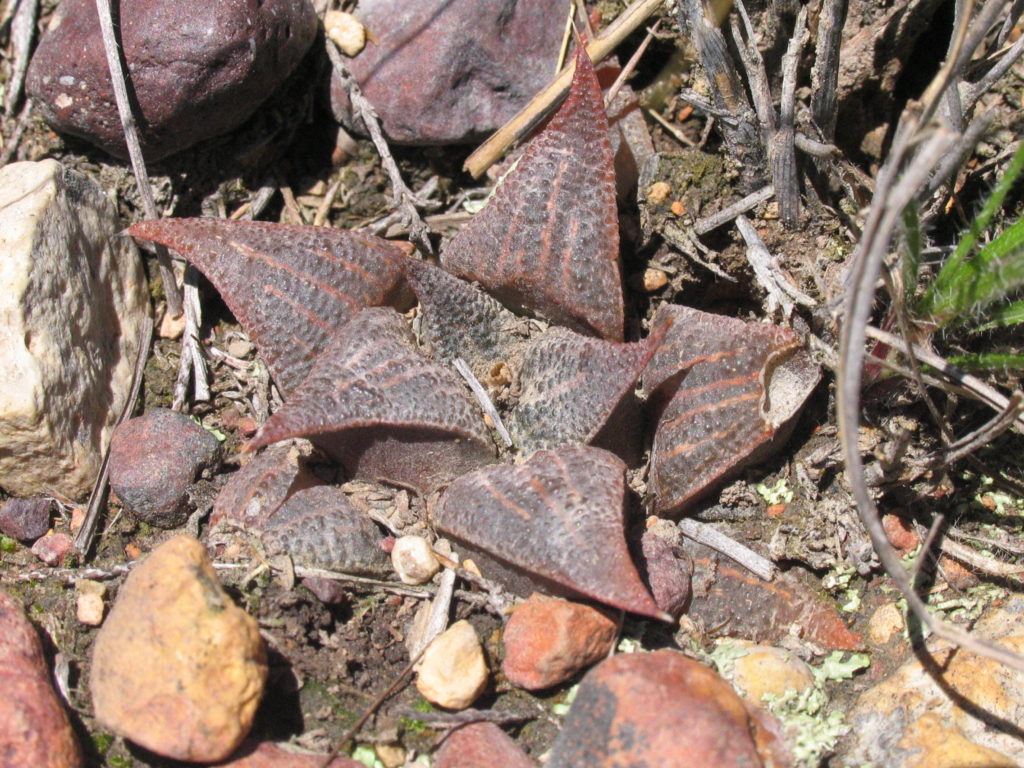
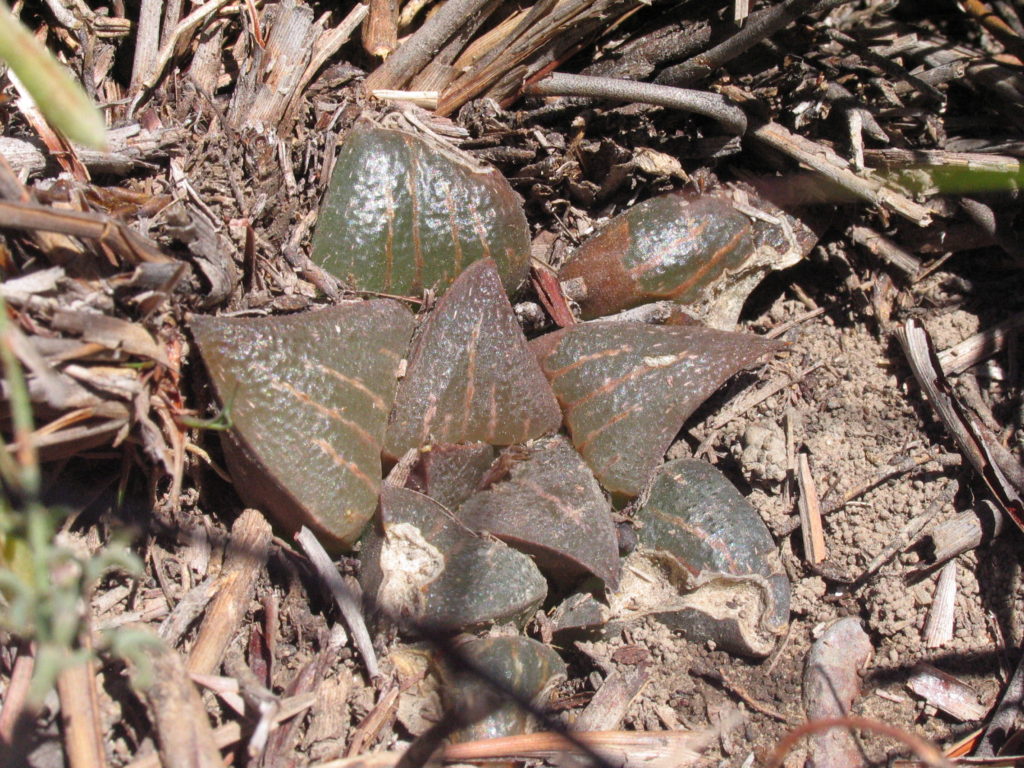
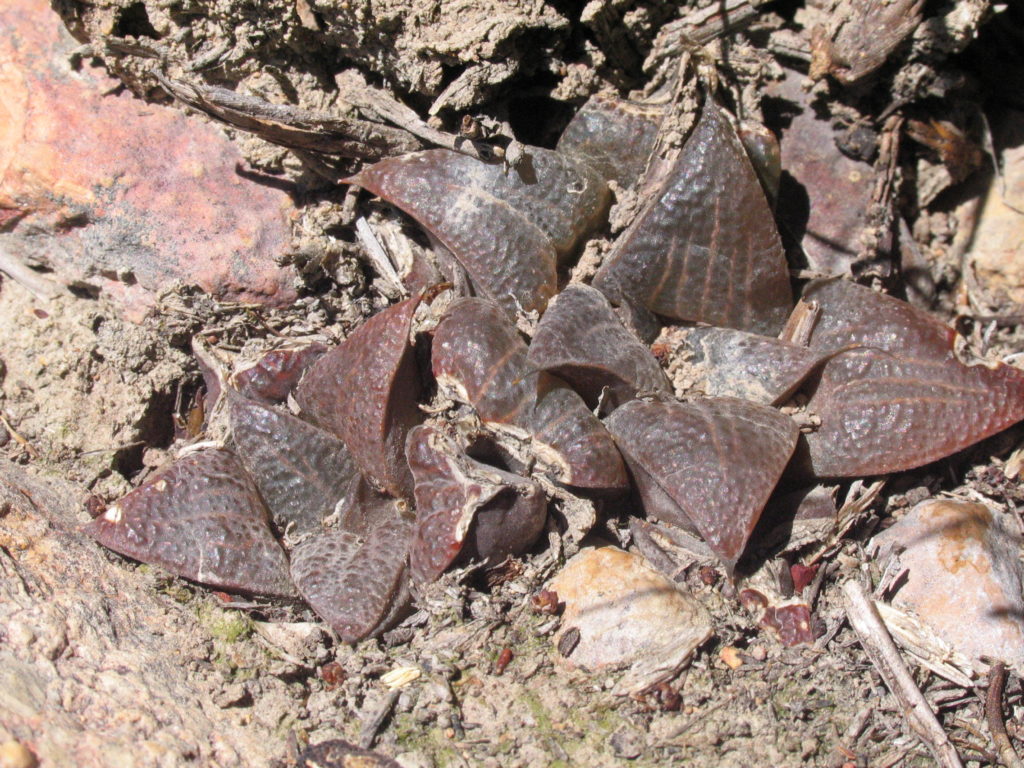
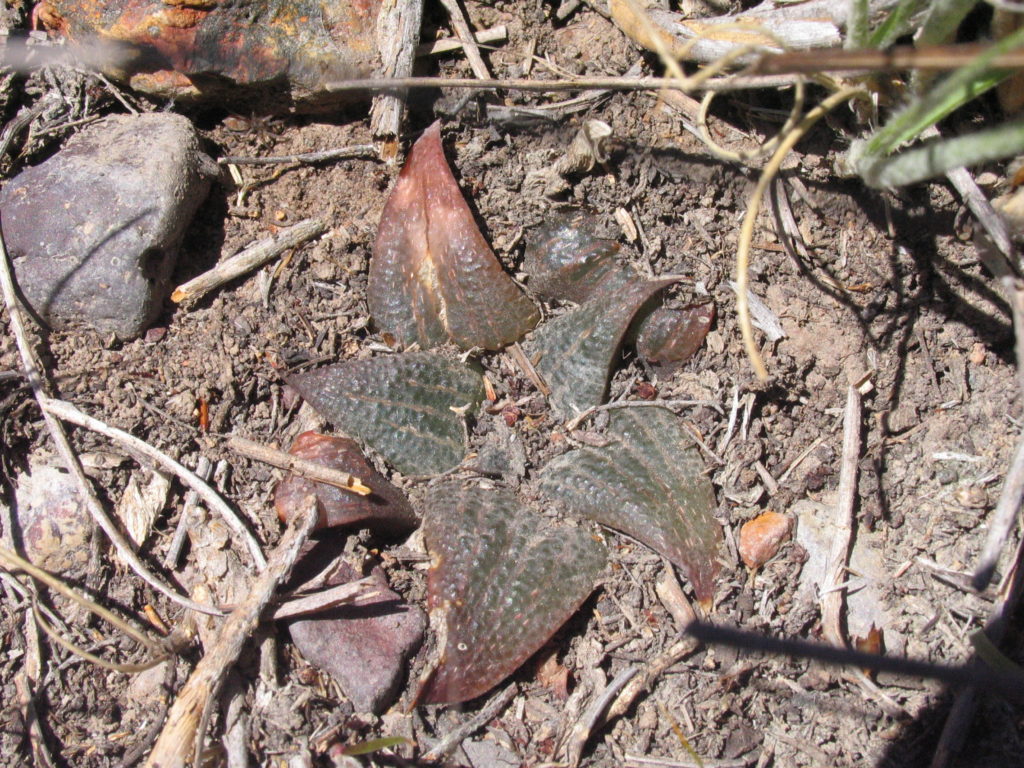

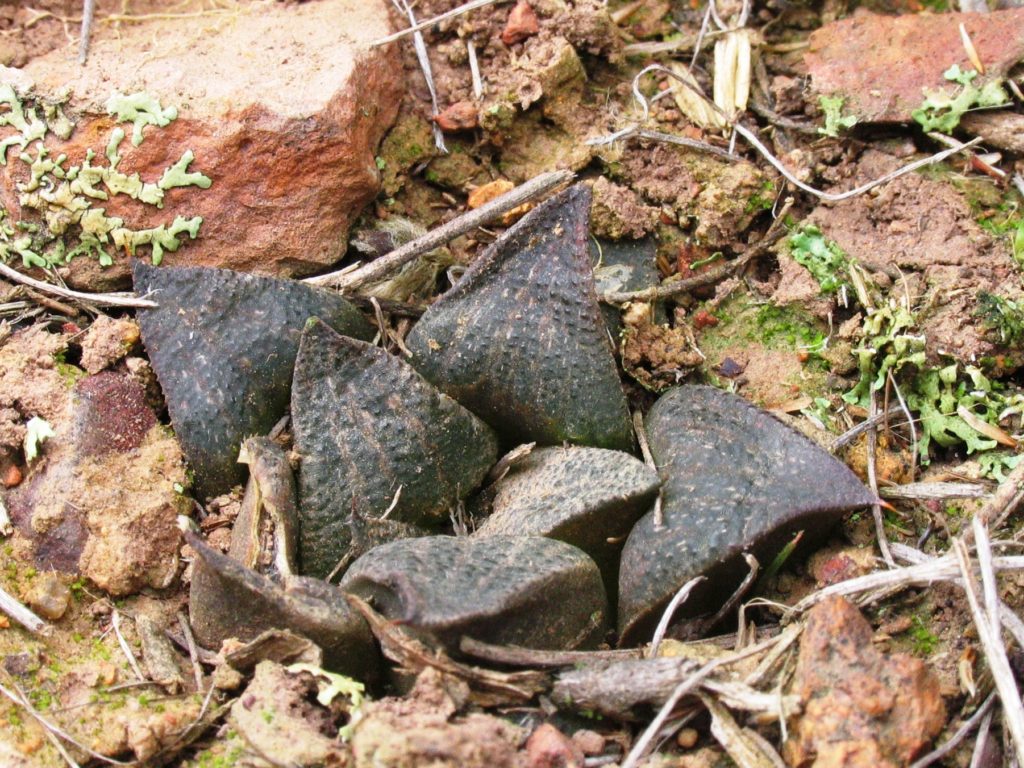
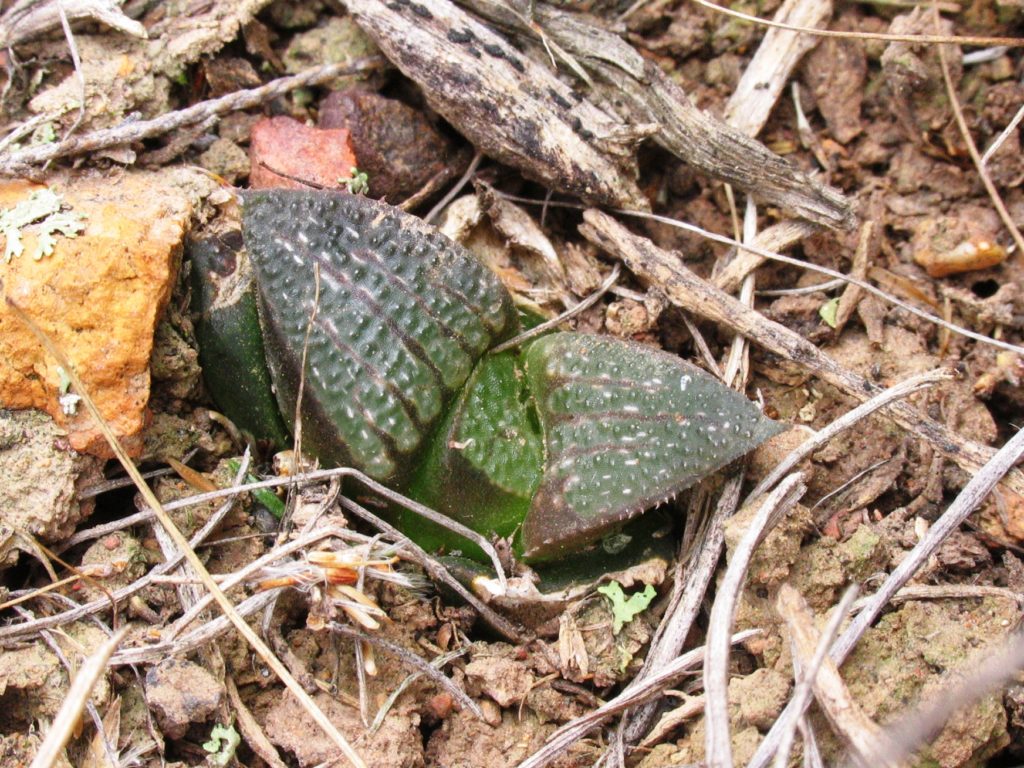
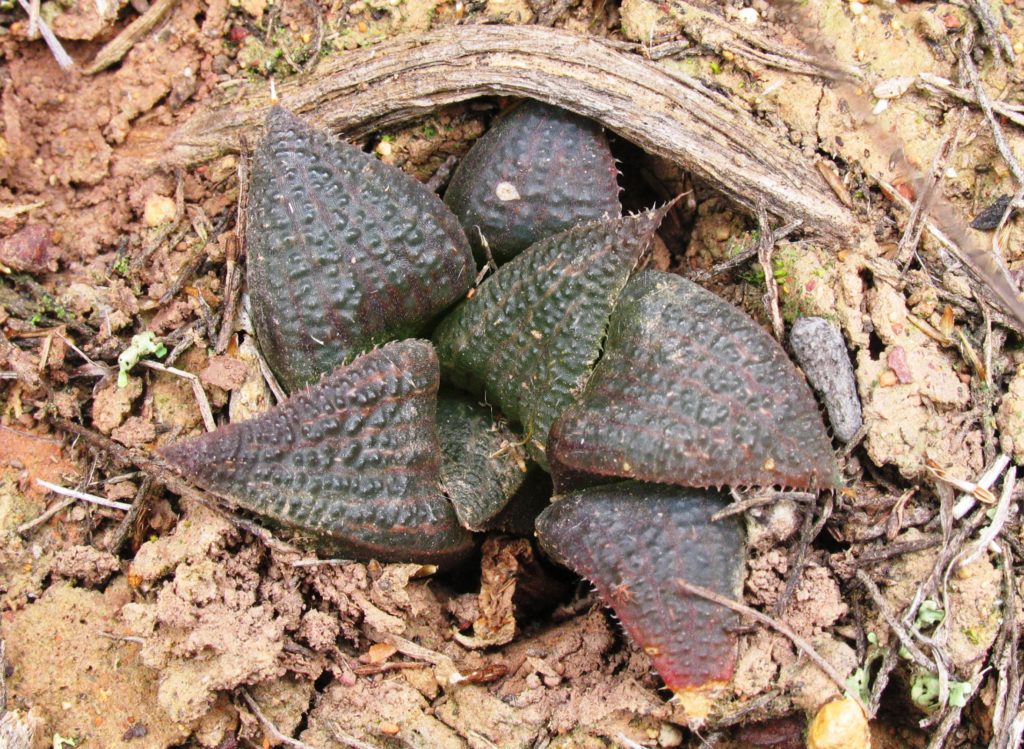
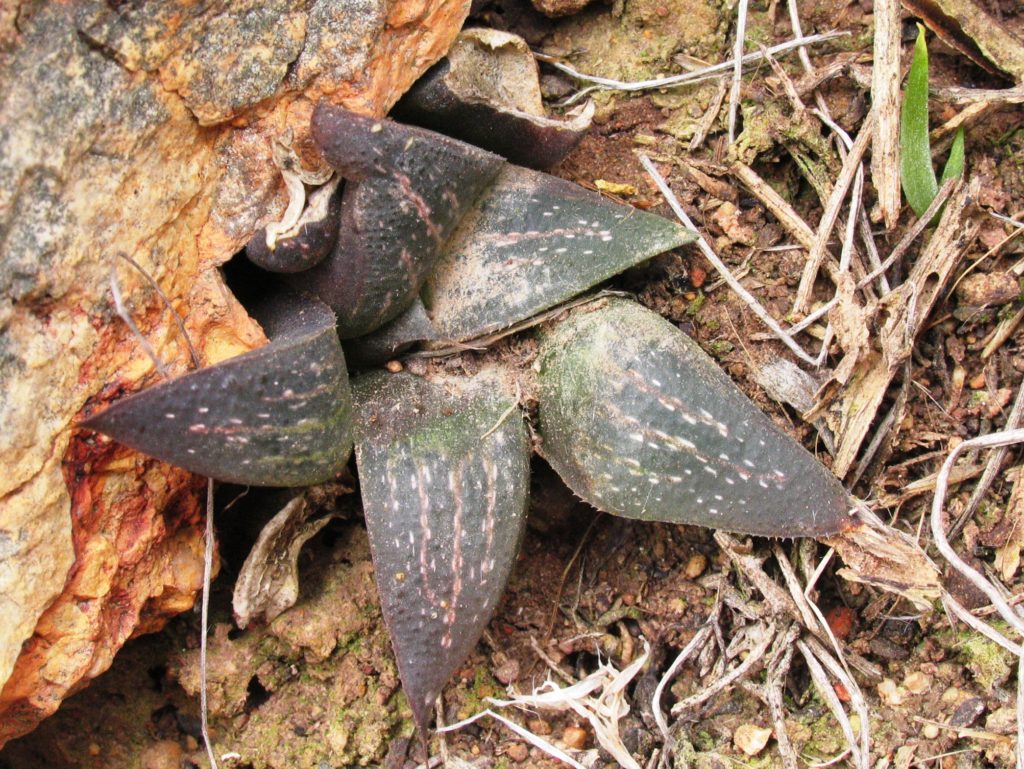

I cannot say that I have resolved the entire complex puzzle but these populations validate the decision reached with Gerhard that it “feels” right to really include ‘splendens’ with H. mirabilis rather than with H. pygmaea. This is where the actual relation of H. retusa and ‘turgida’ takes on another dimension similar to the H. mutica situation to the west where it is confounded by H. mirabilis.
The most significant population is the last noted one viz MBB7770. Not only are the plants larger than in other populations they also manifest the general pattern in Haworthia of “flow”. They resemble true ‘splendens’ that much more than the other populations because they are also geographically closer. Another oddity is their occurrence in the pure ferricrete at the top of the inselberg that I discussed under H. retusa. The most extraordinary thing is that this population shares habitat with H. retusa and while I cannot say there are hybrids, it is evident from some of the plants that hybridization may well have occurred despite the big differences in flowering times. ♦

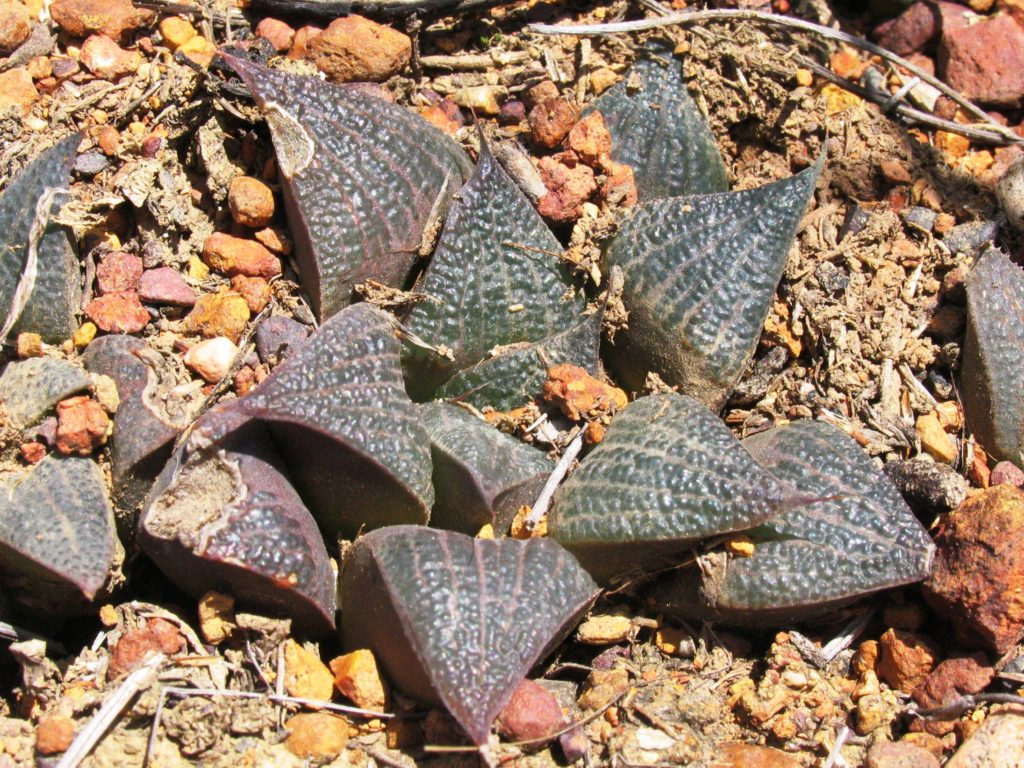

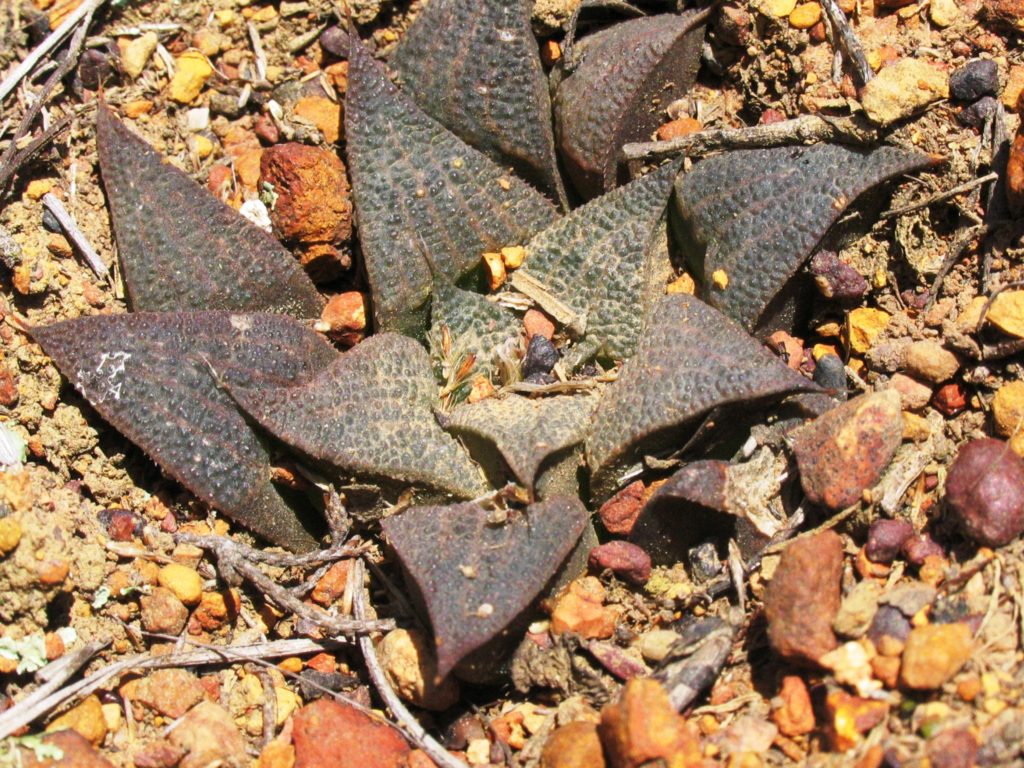
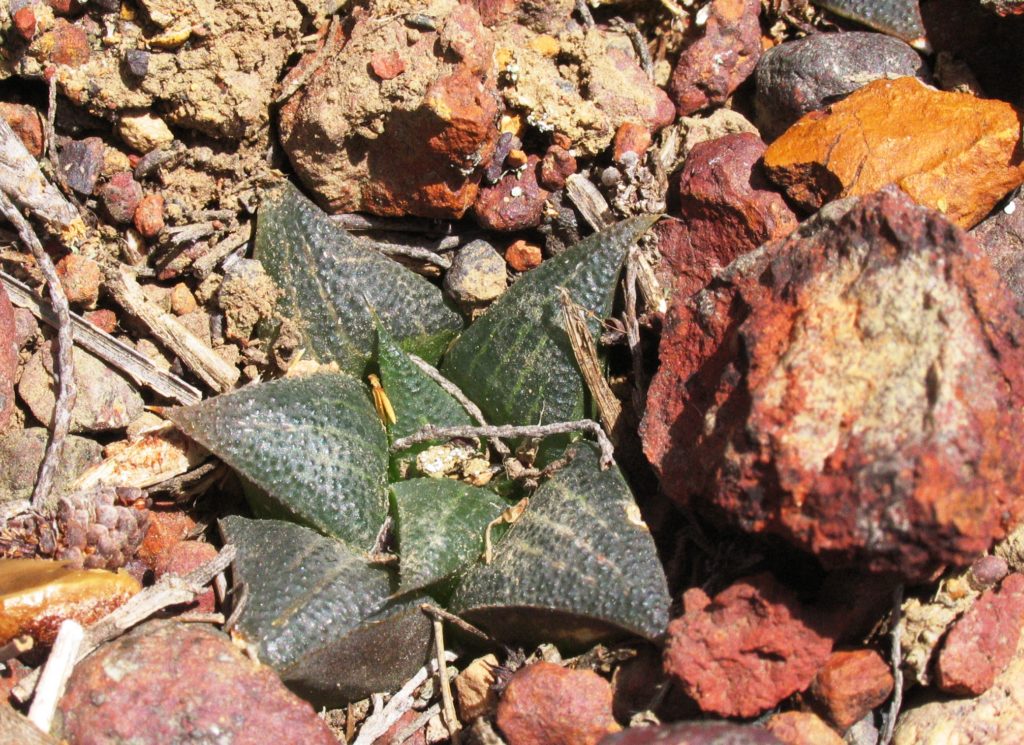

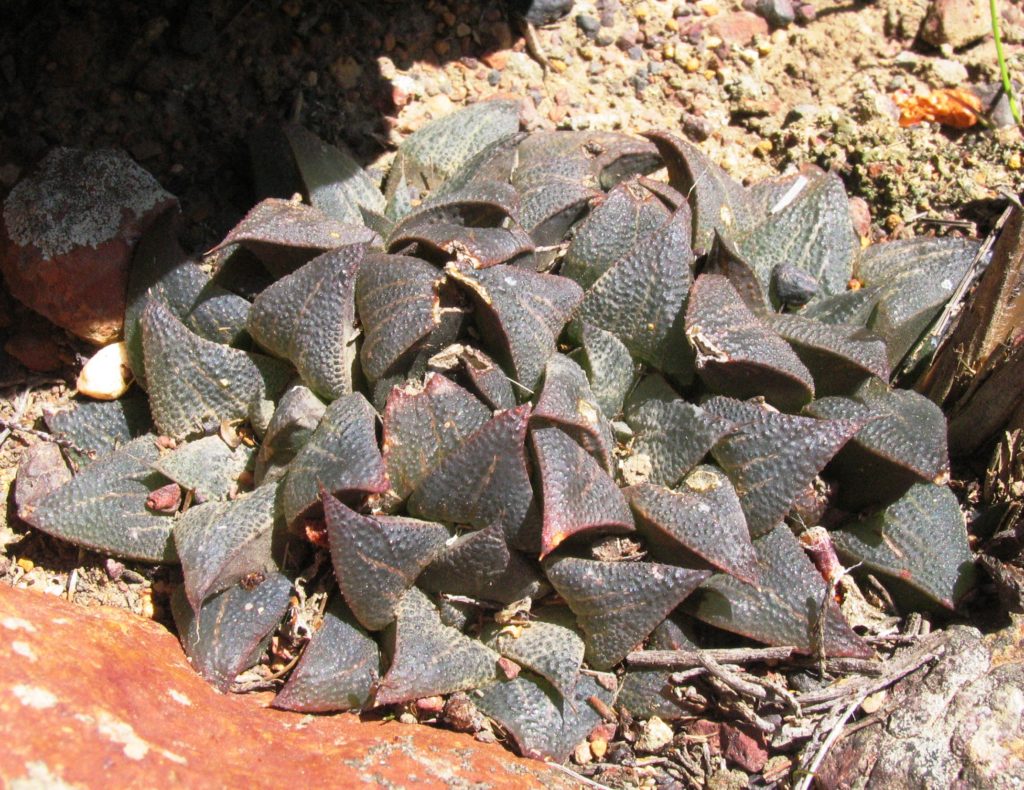
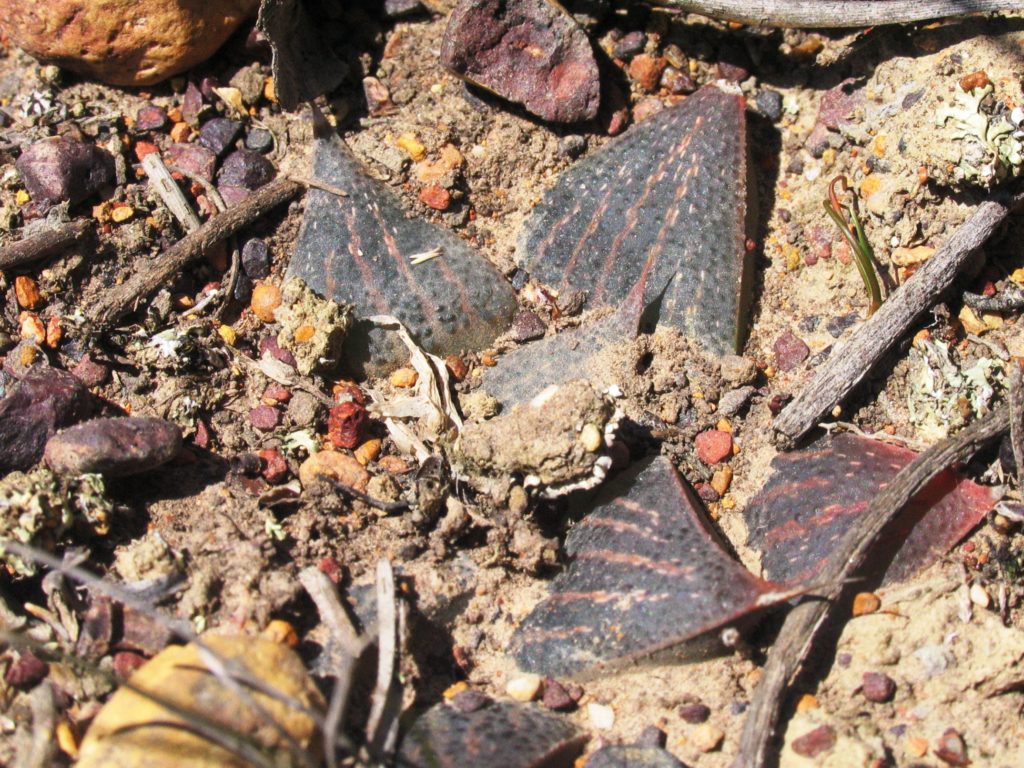
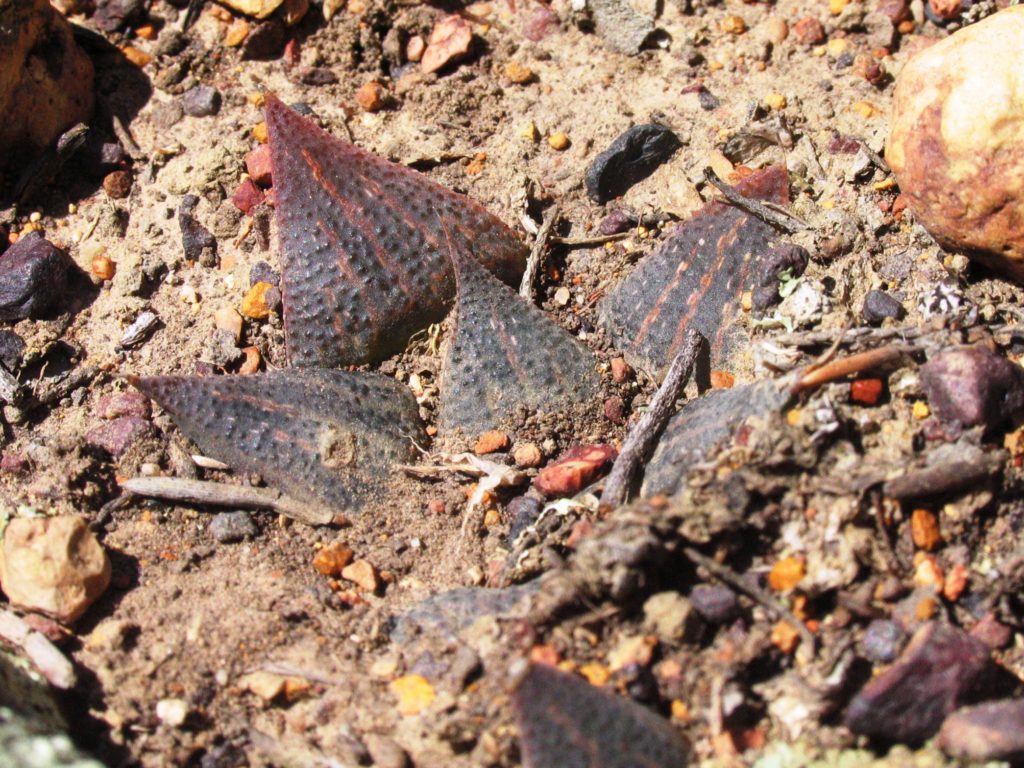
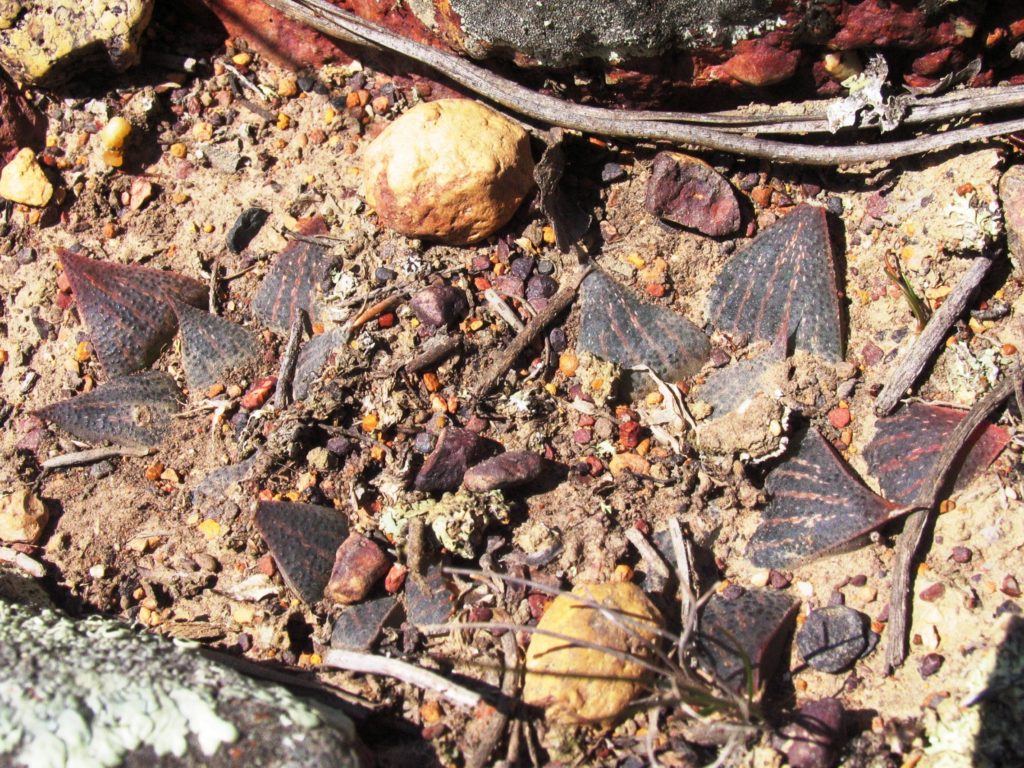

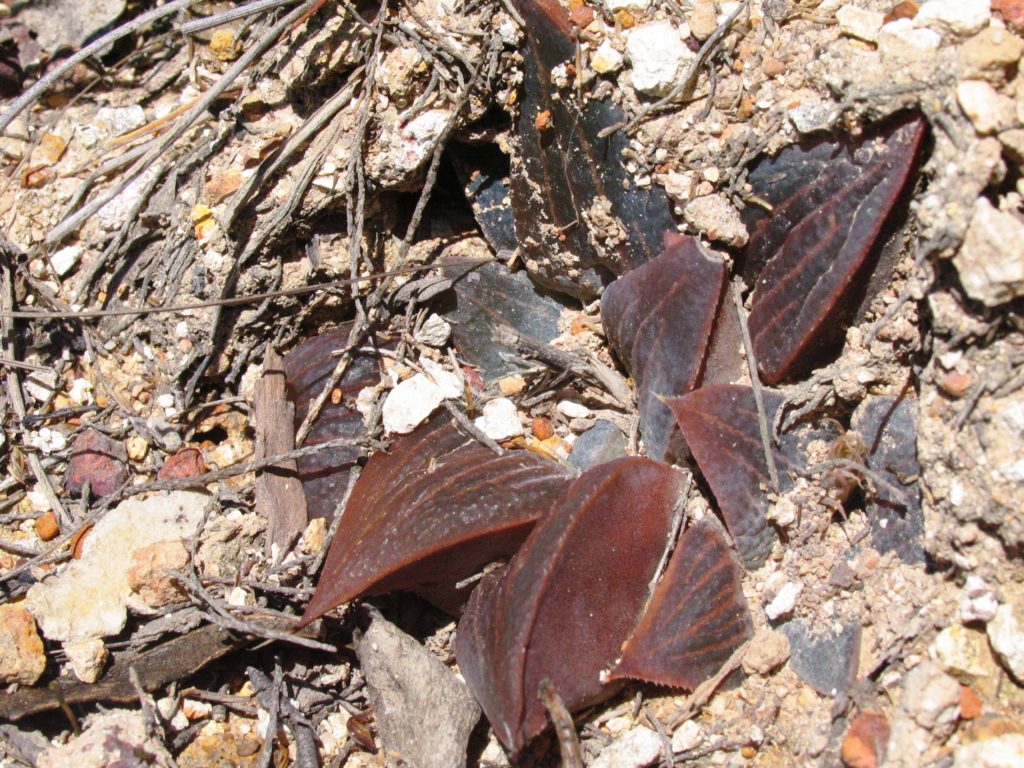
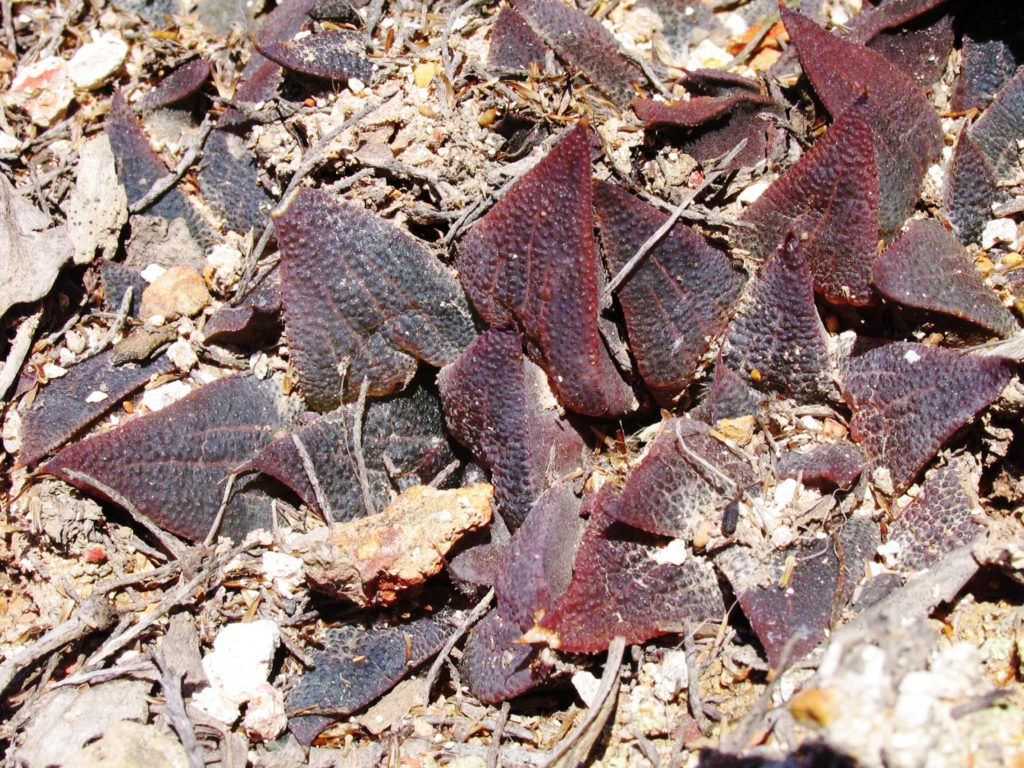
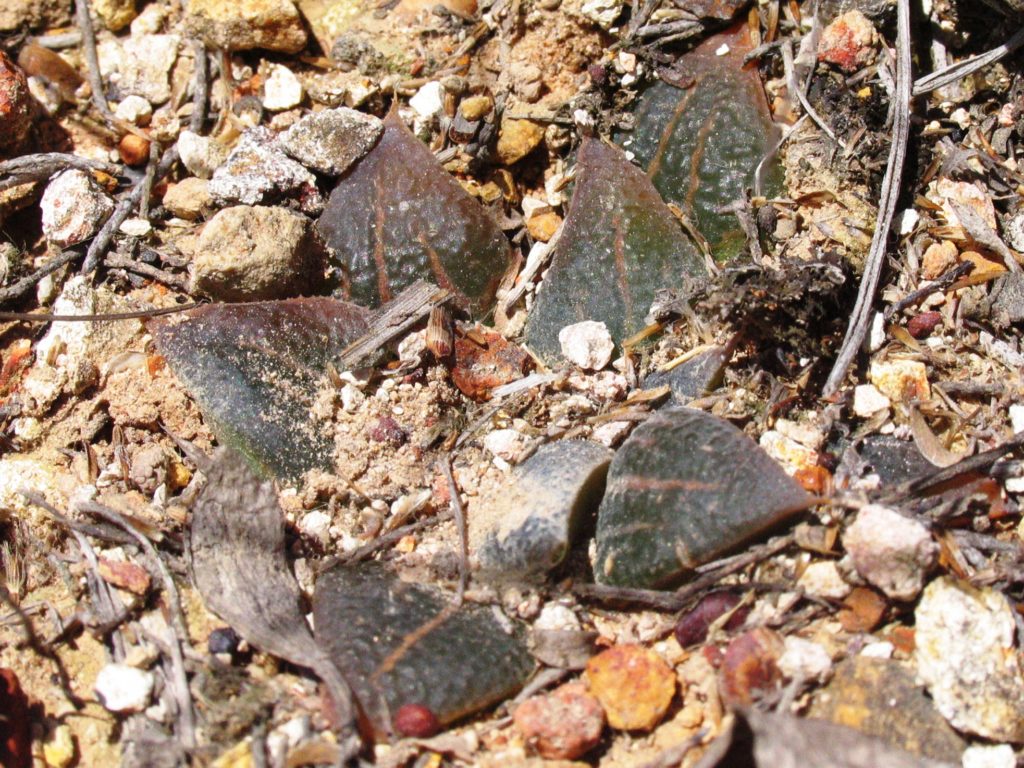

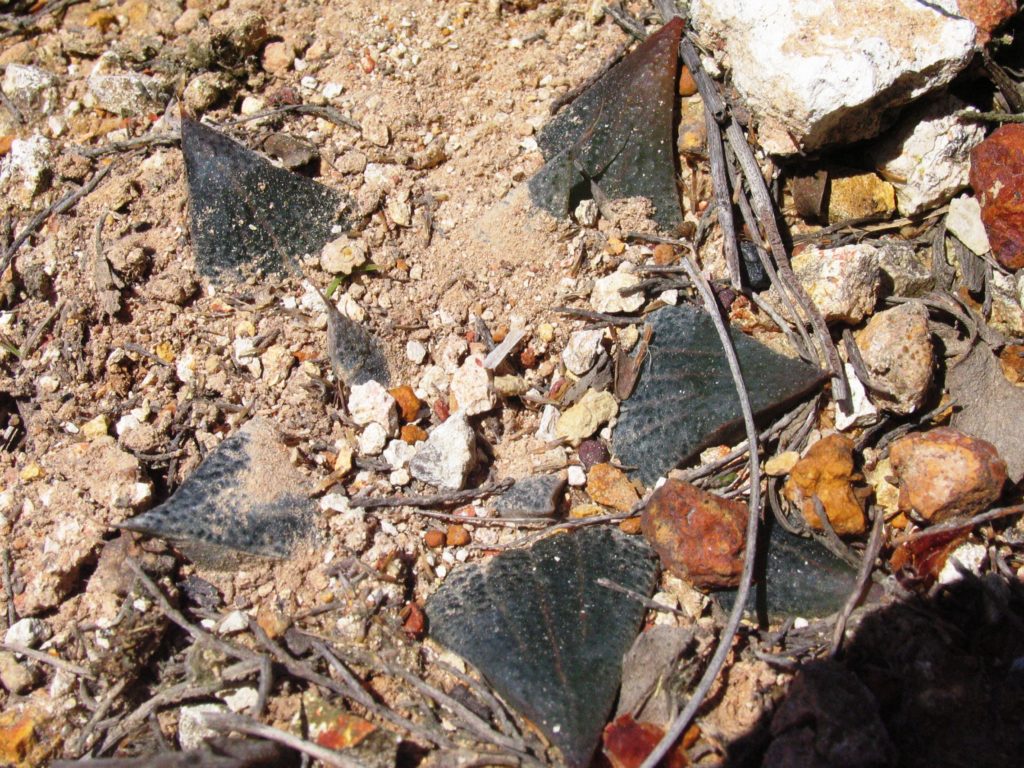
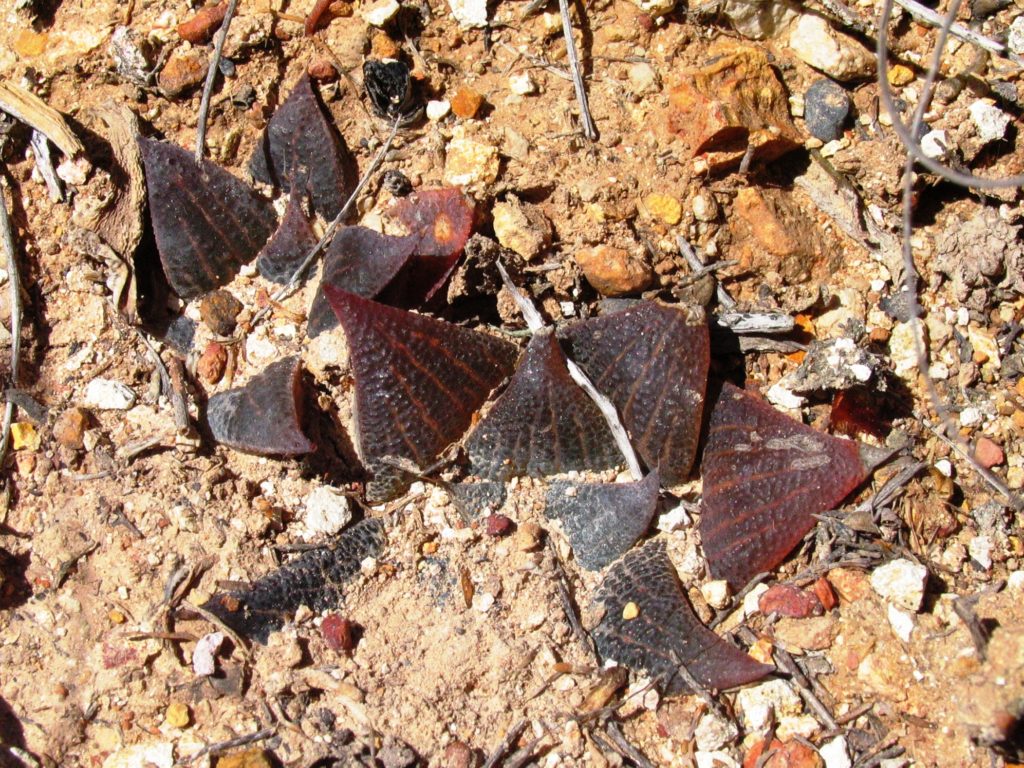
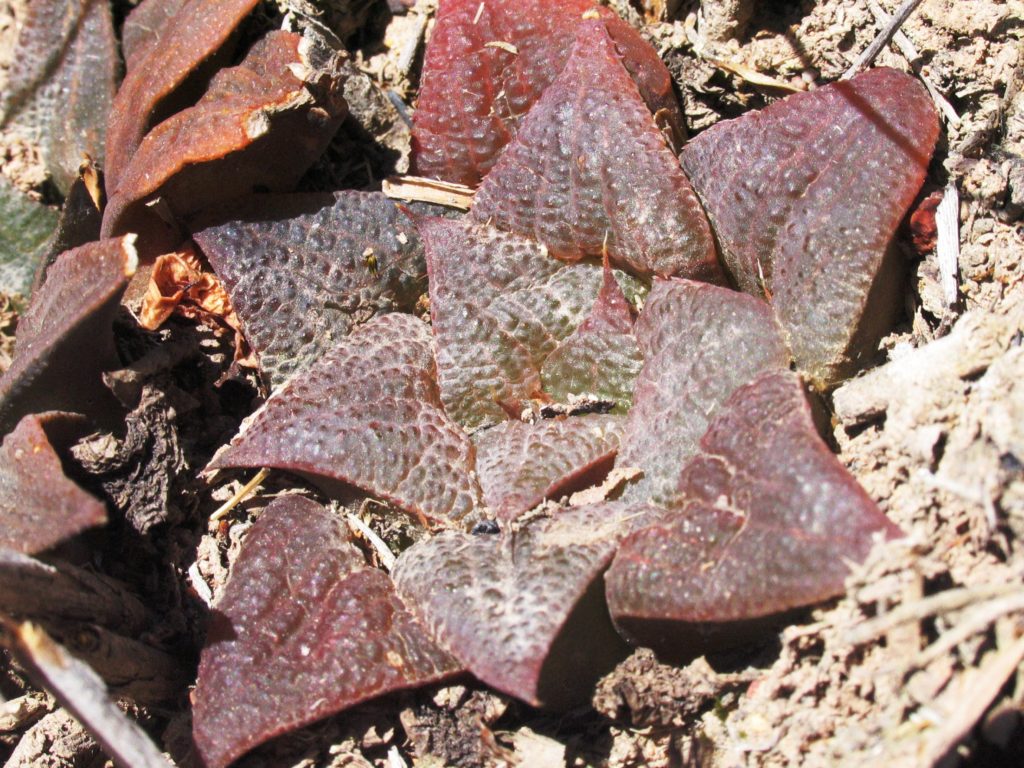
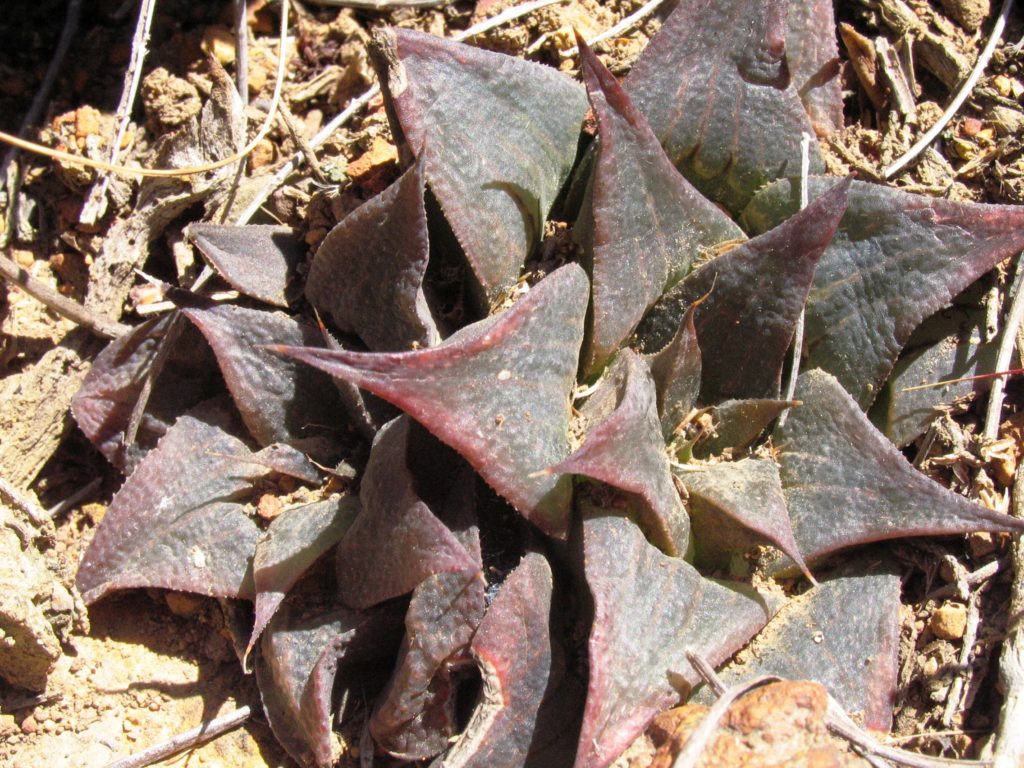
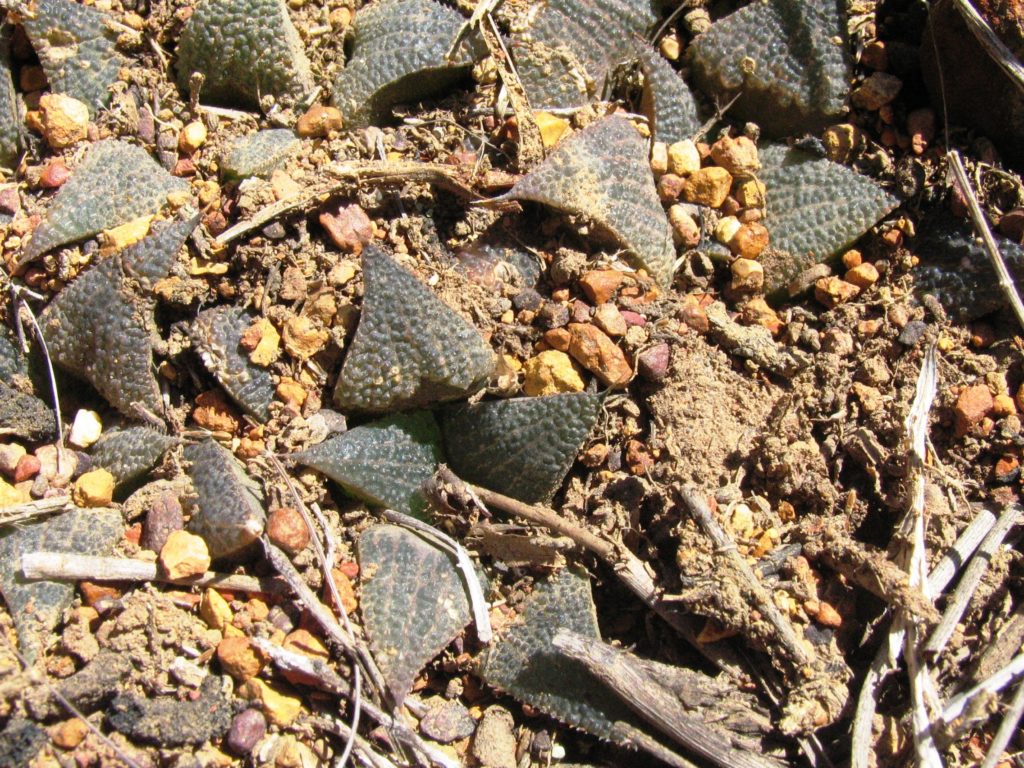
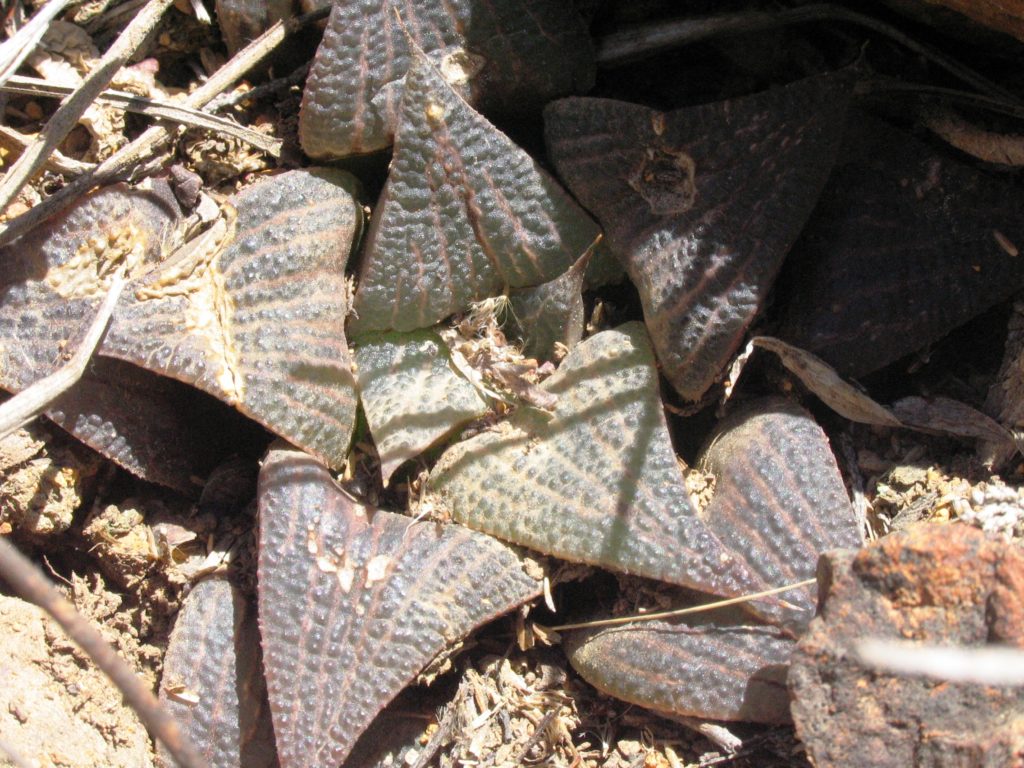



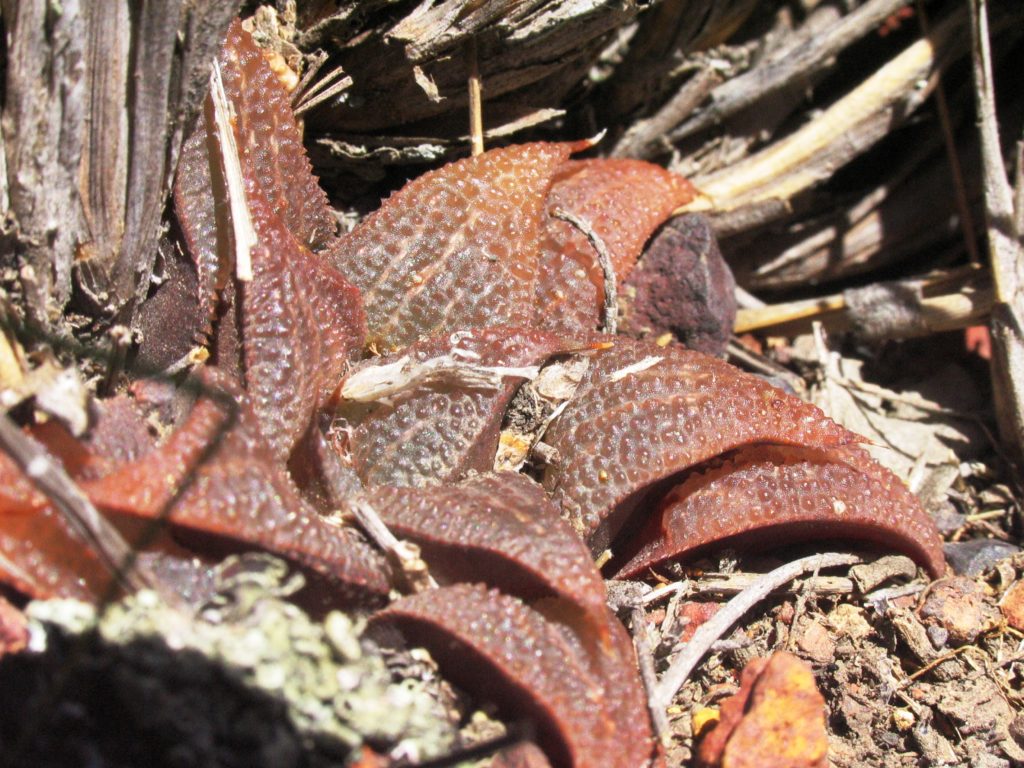

Great article with wonderful photos. I wonder how some of them grow under such hard conditions.
Thank you Pamela – sometimes it is mind-boggling to think how the seed gets where it does and still manages to germinate and grow.
Exciting.
I’m looking forward to reading the next chapter.